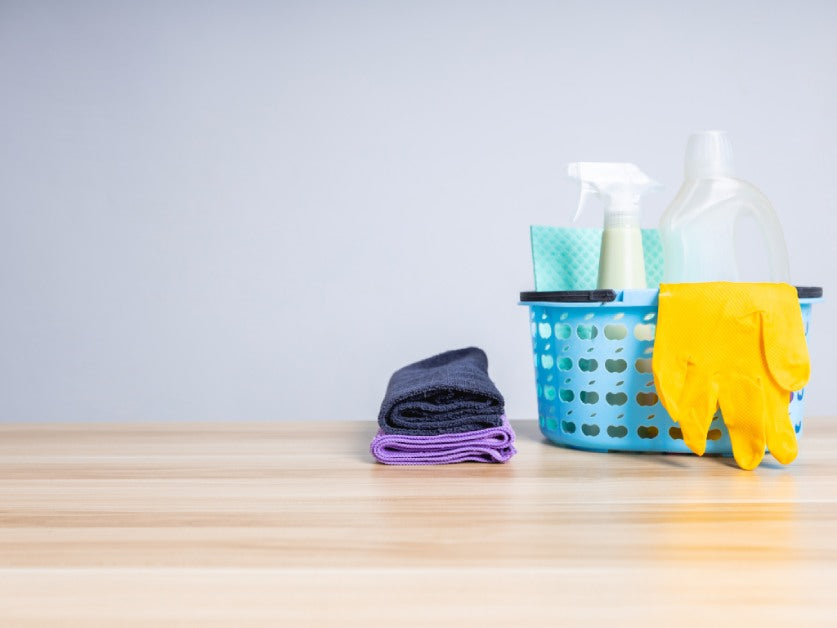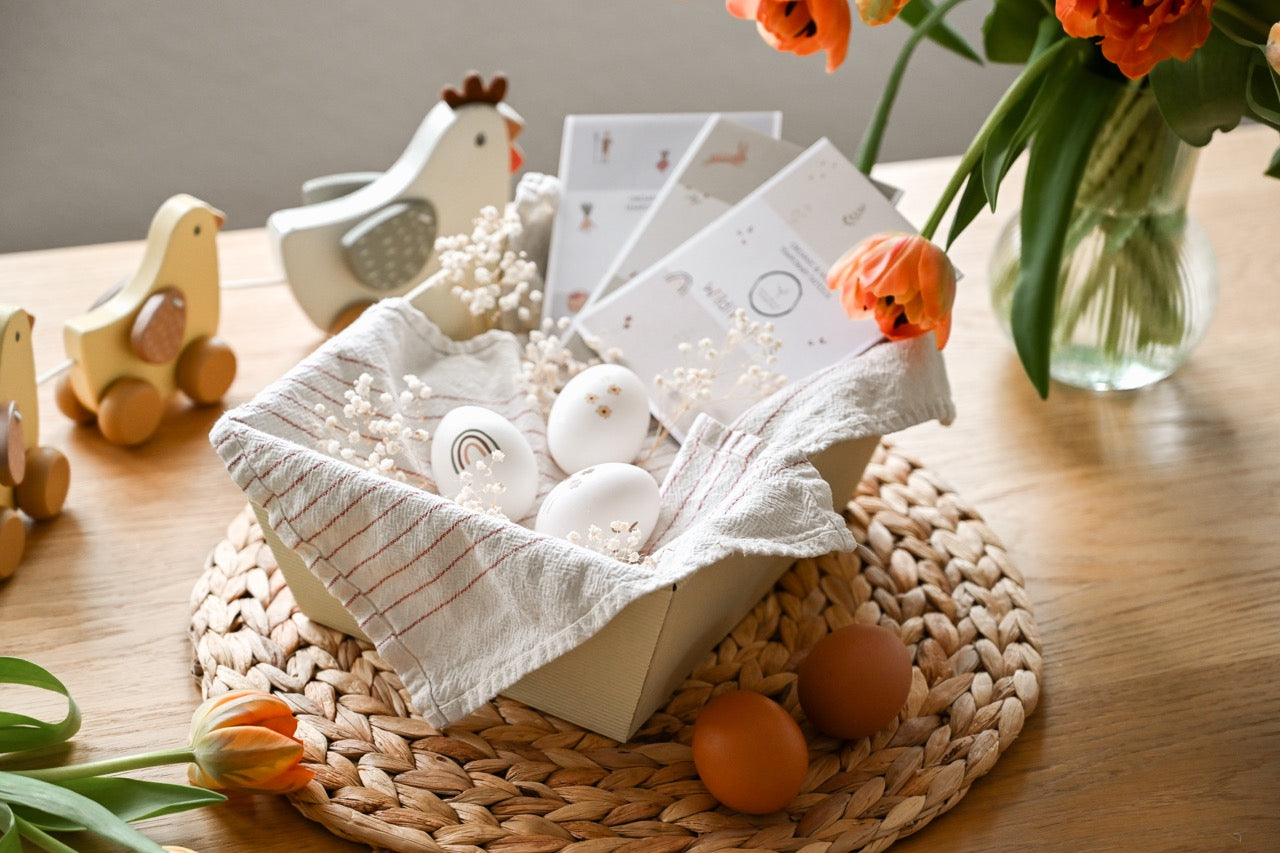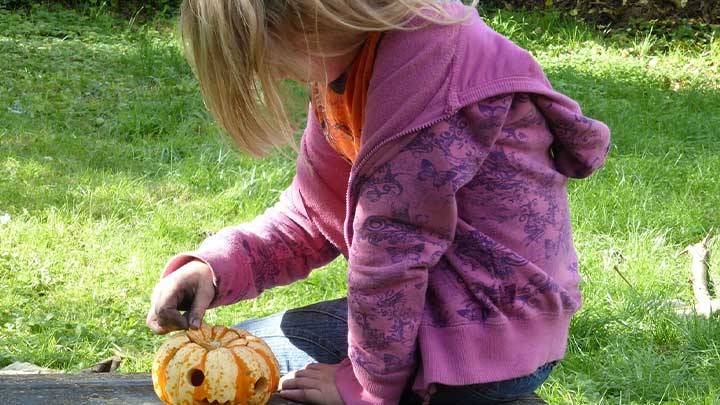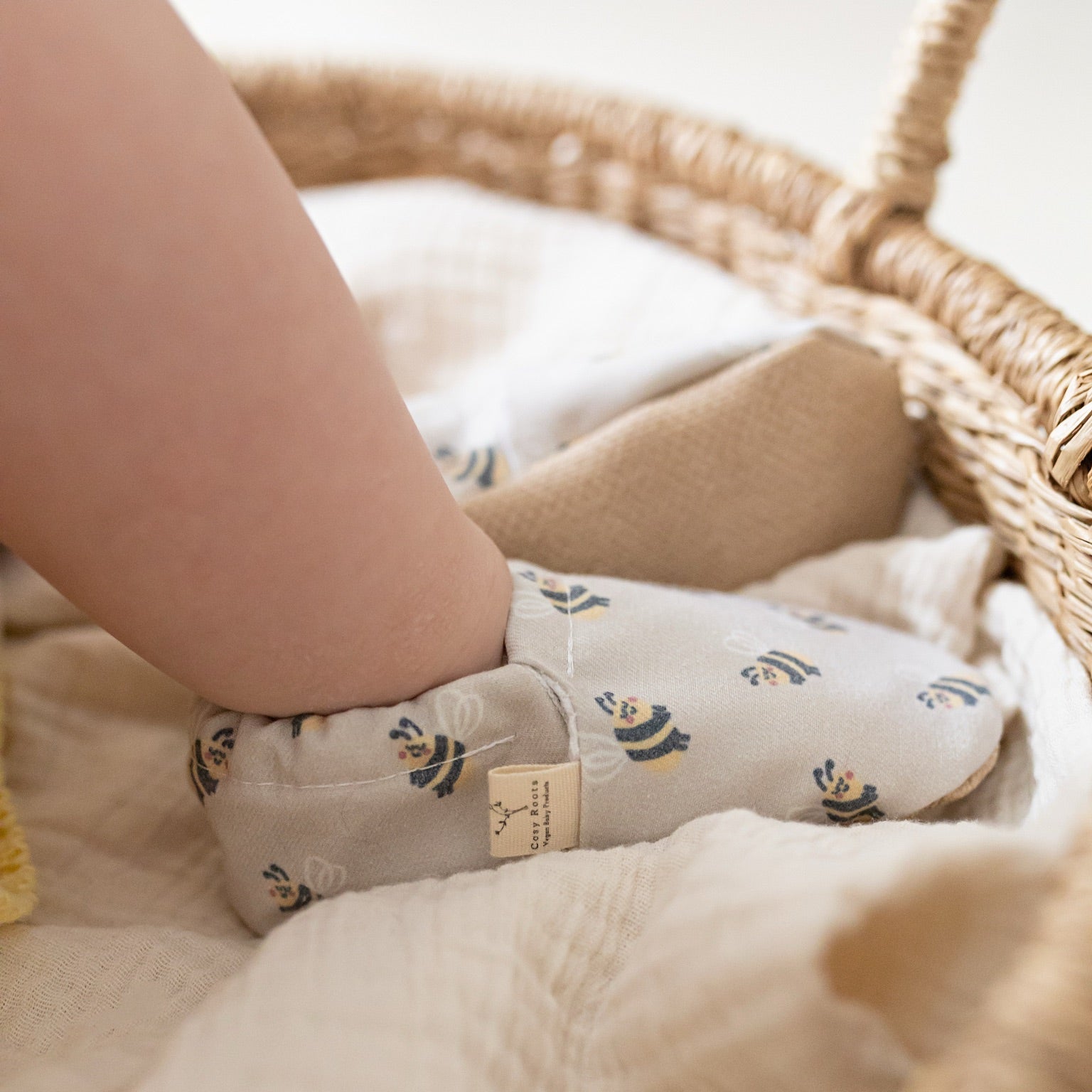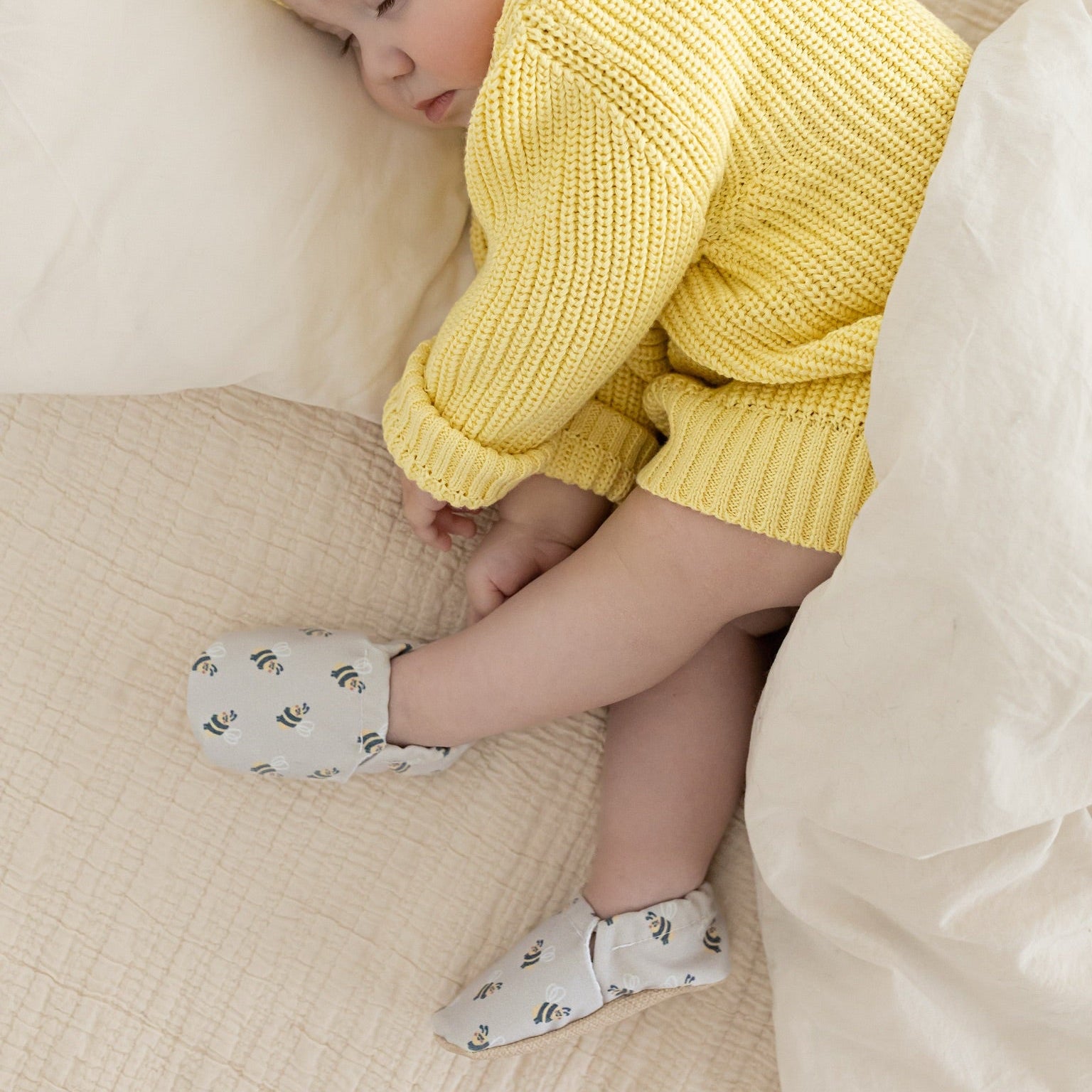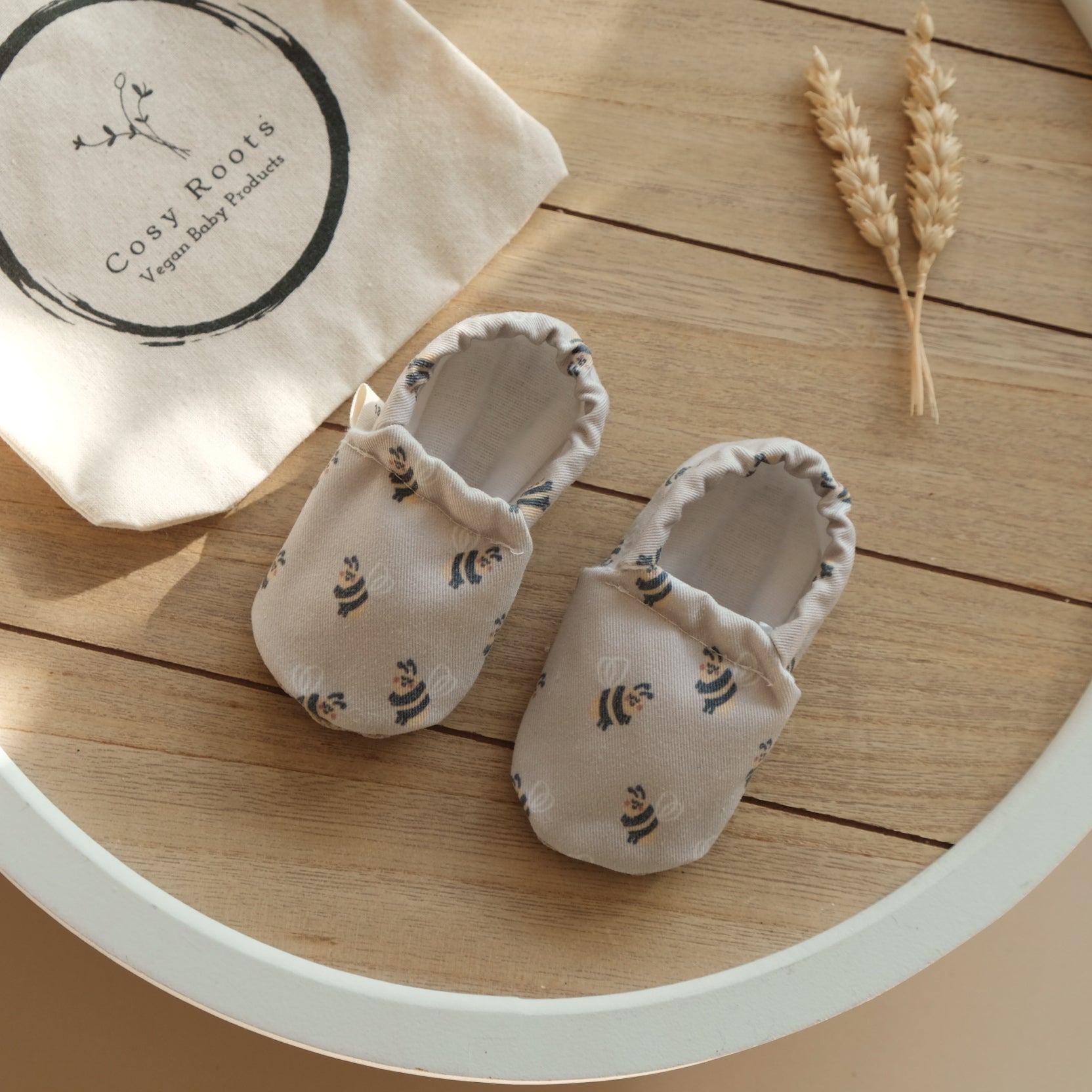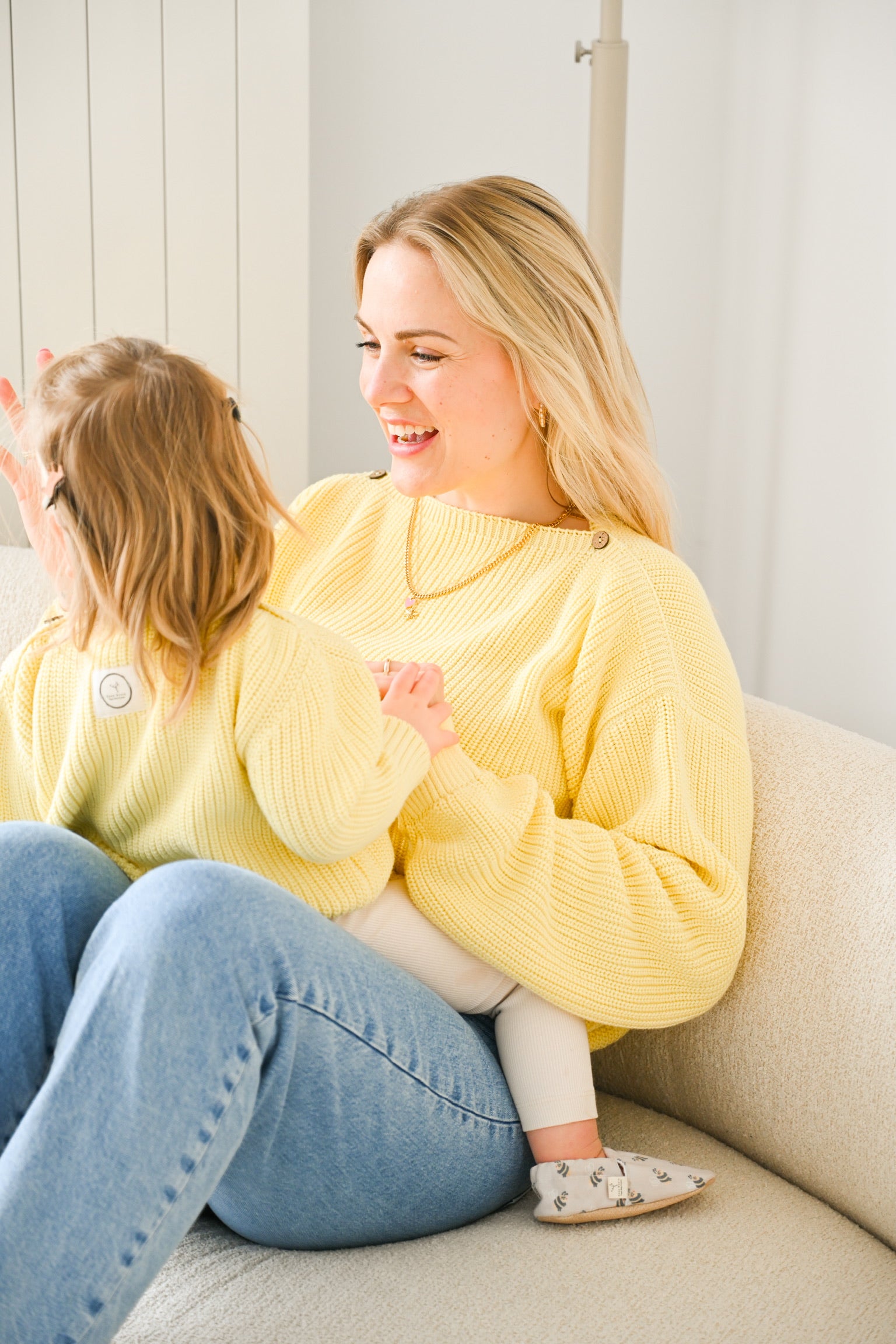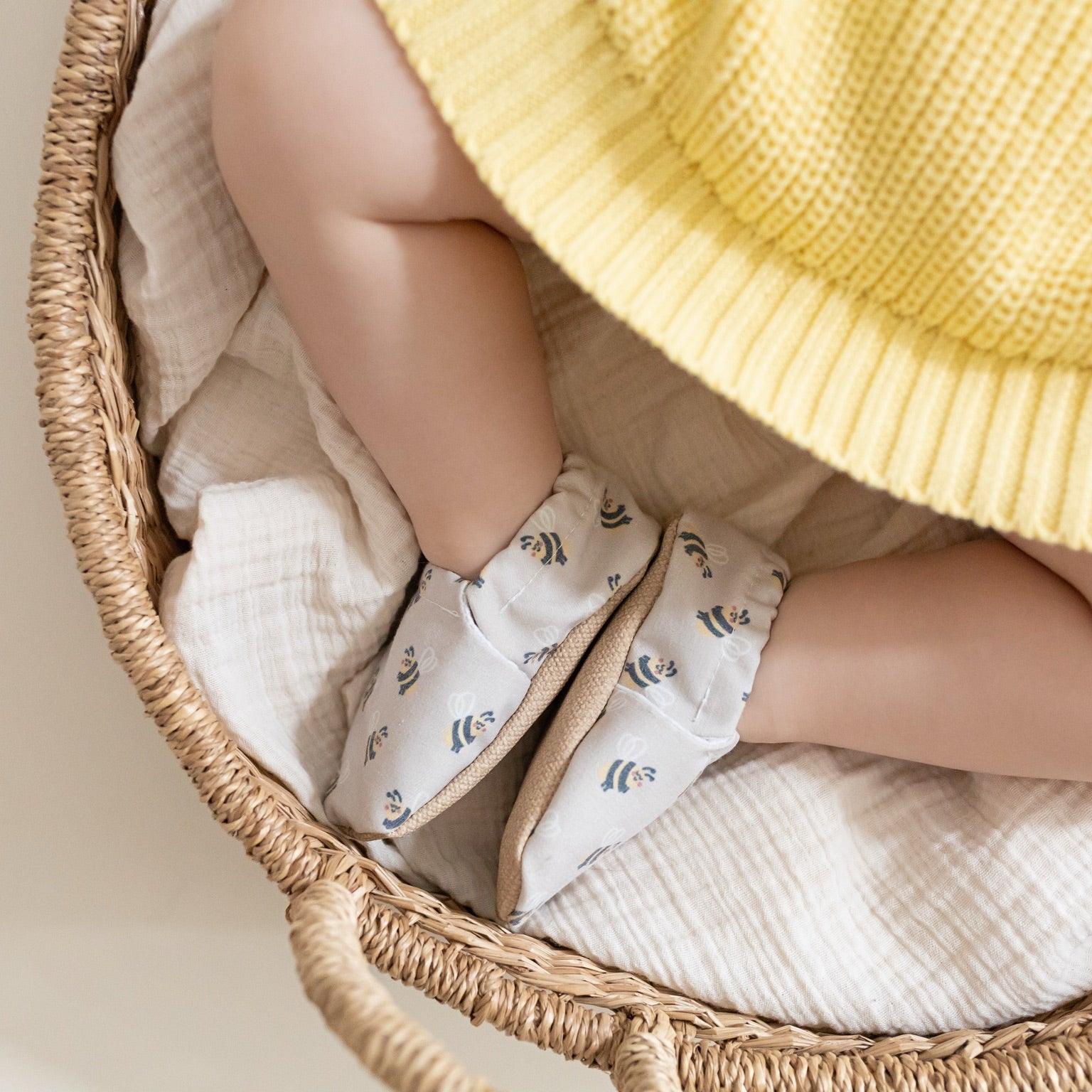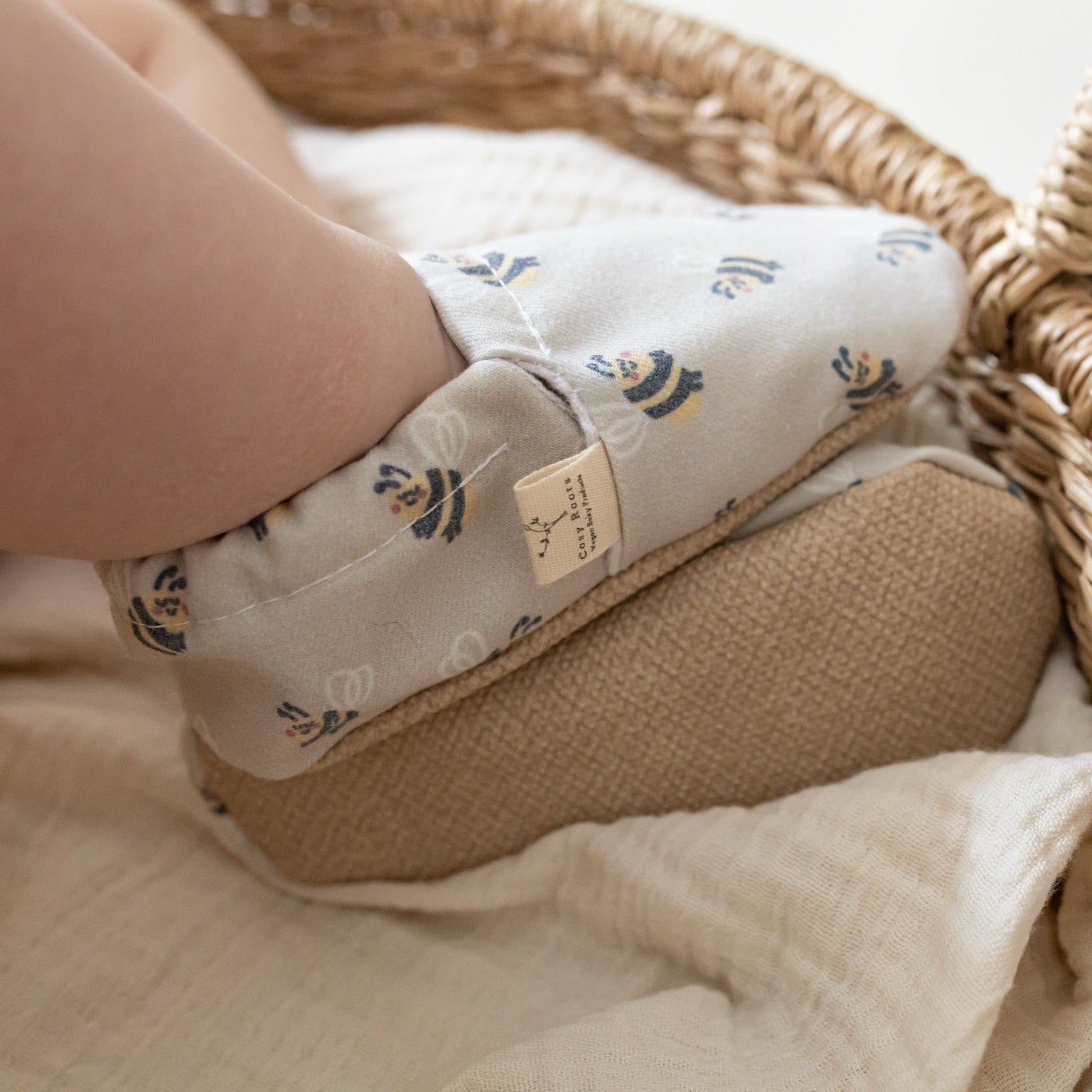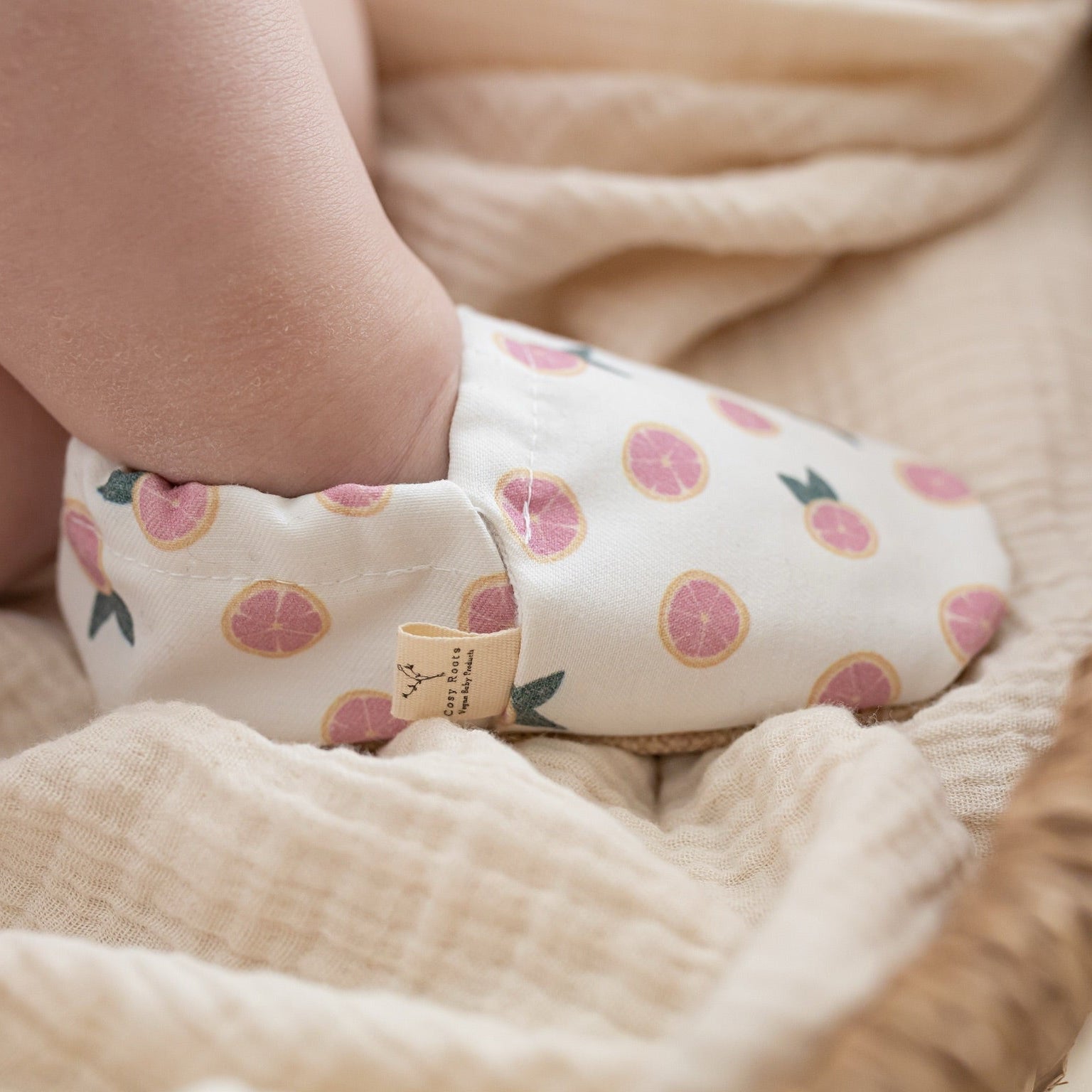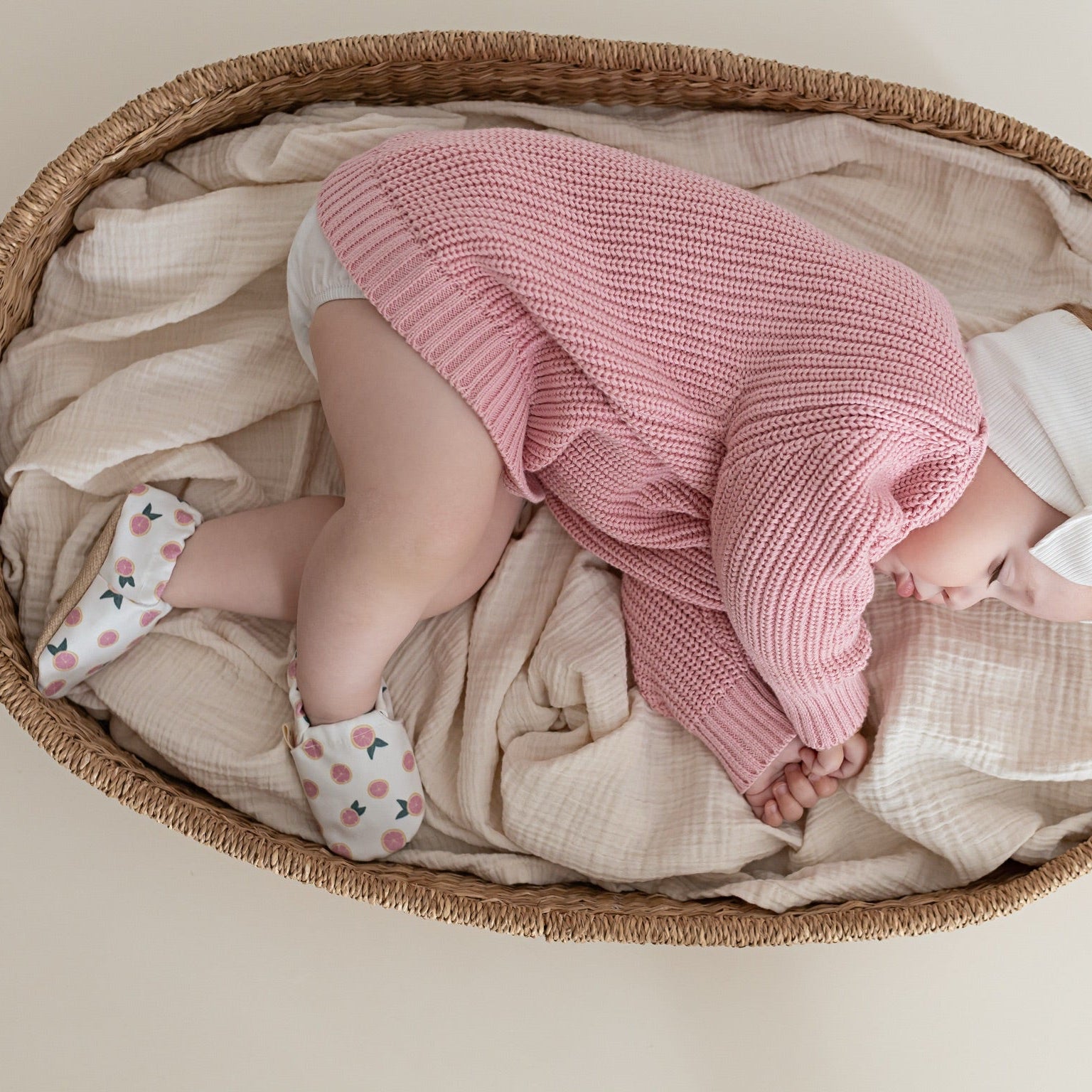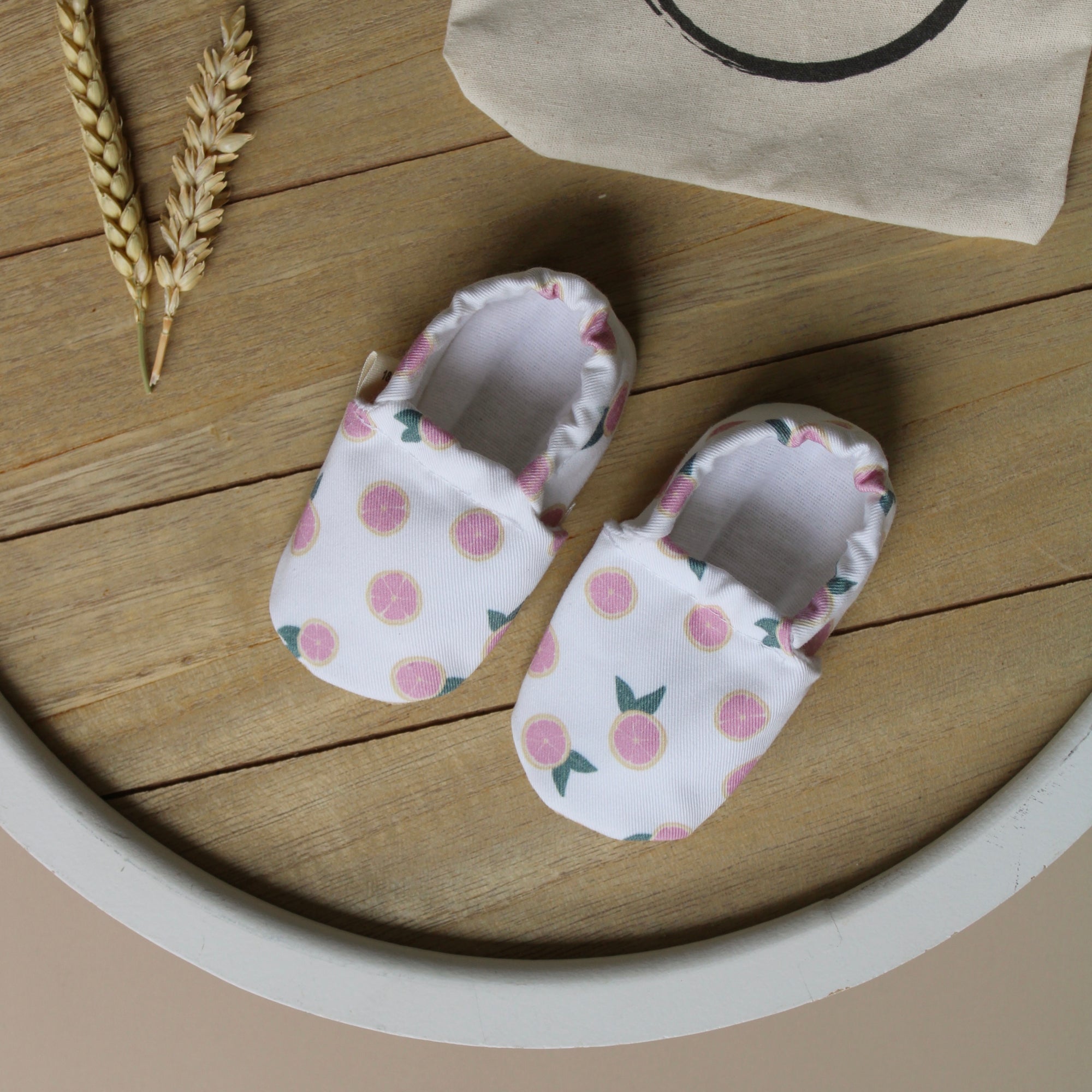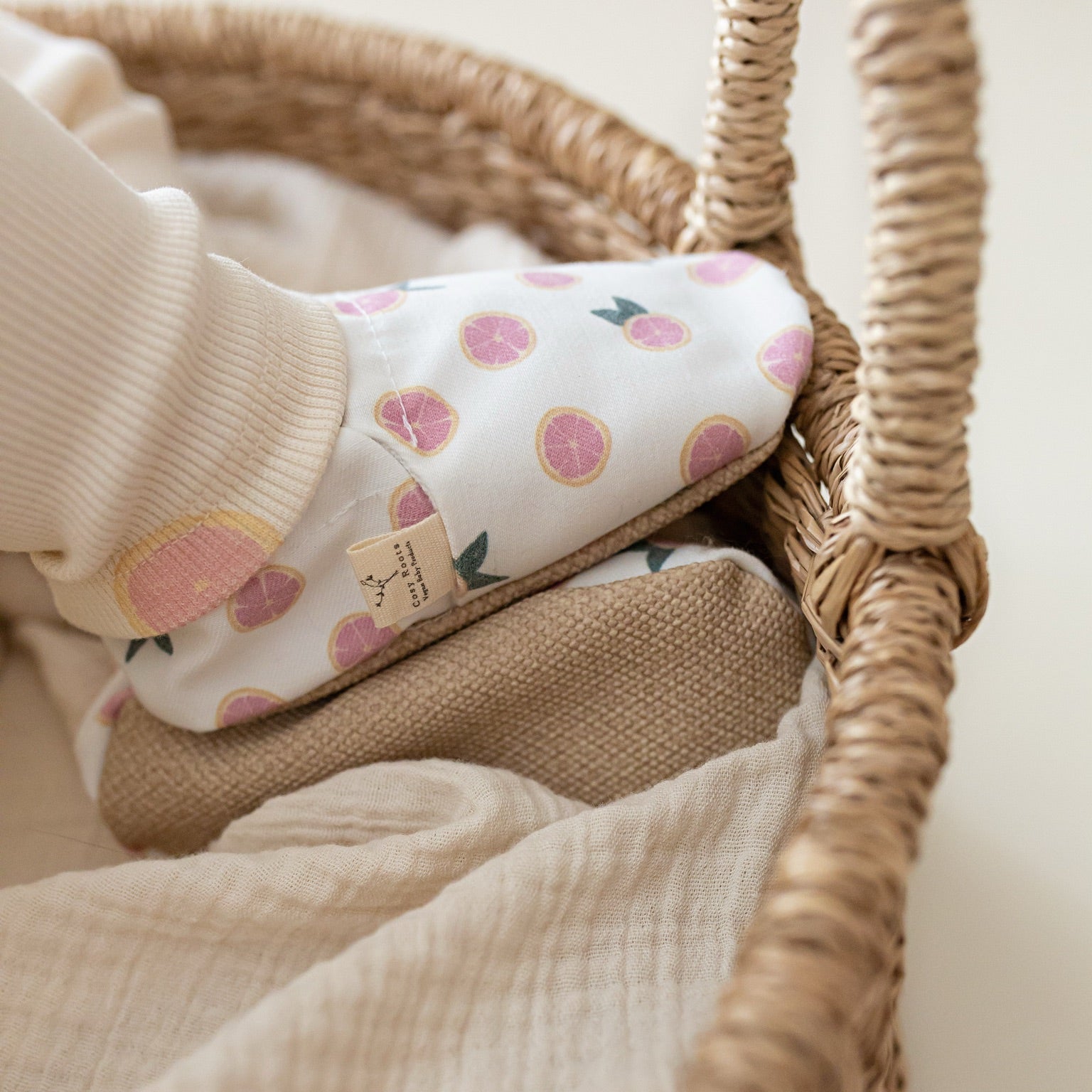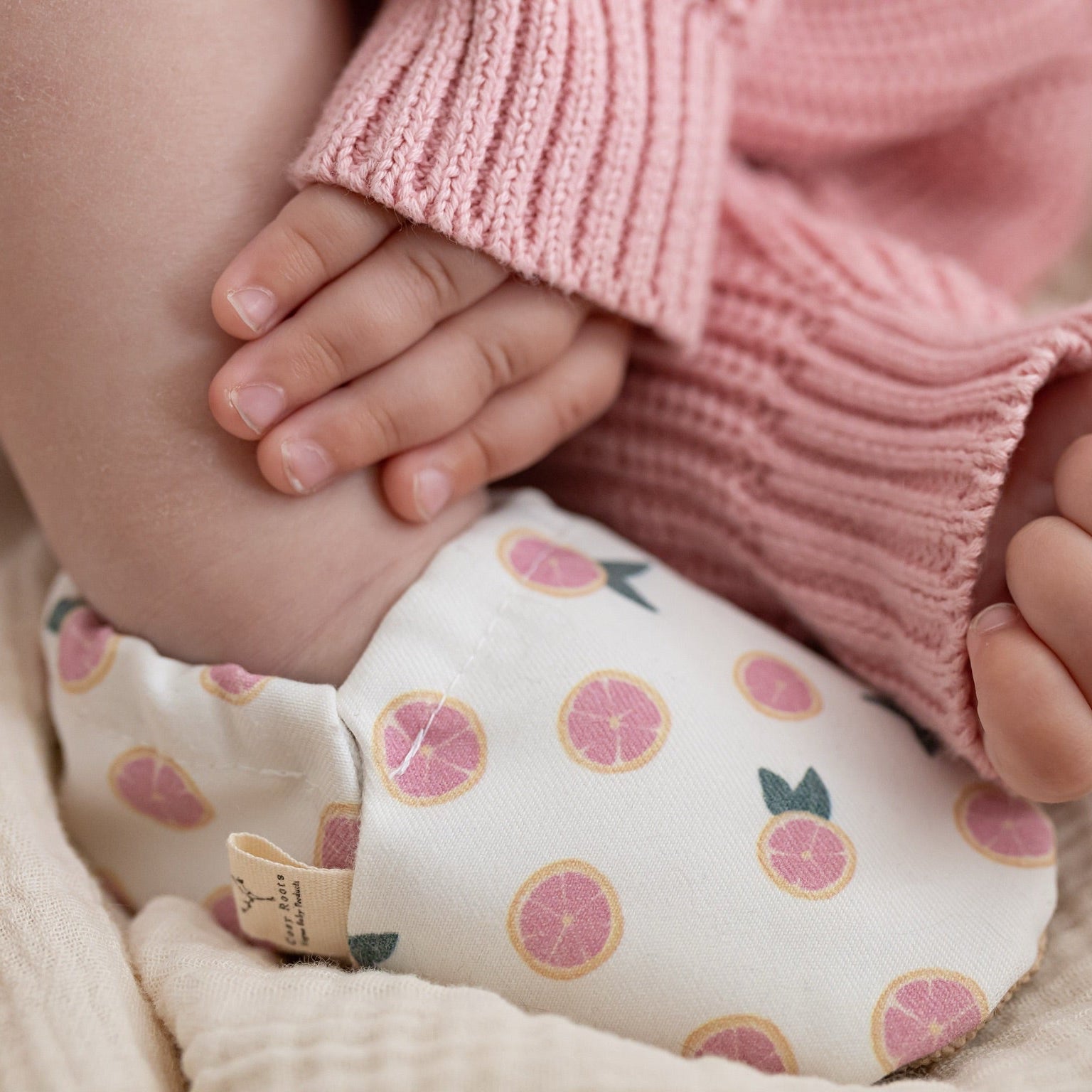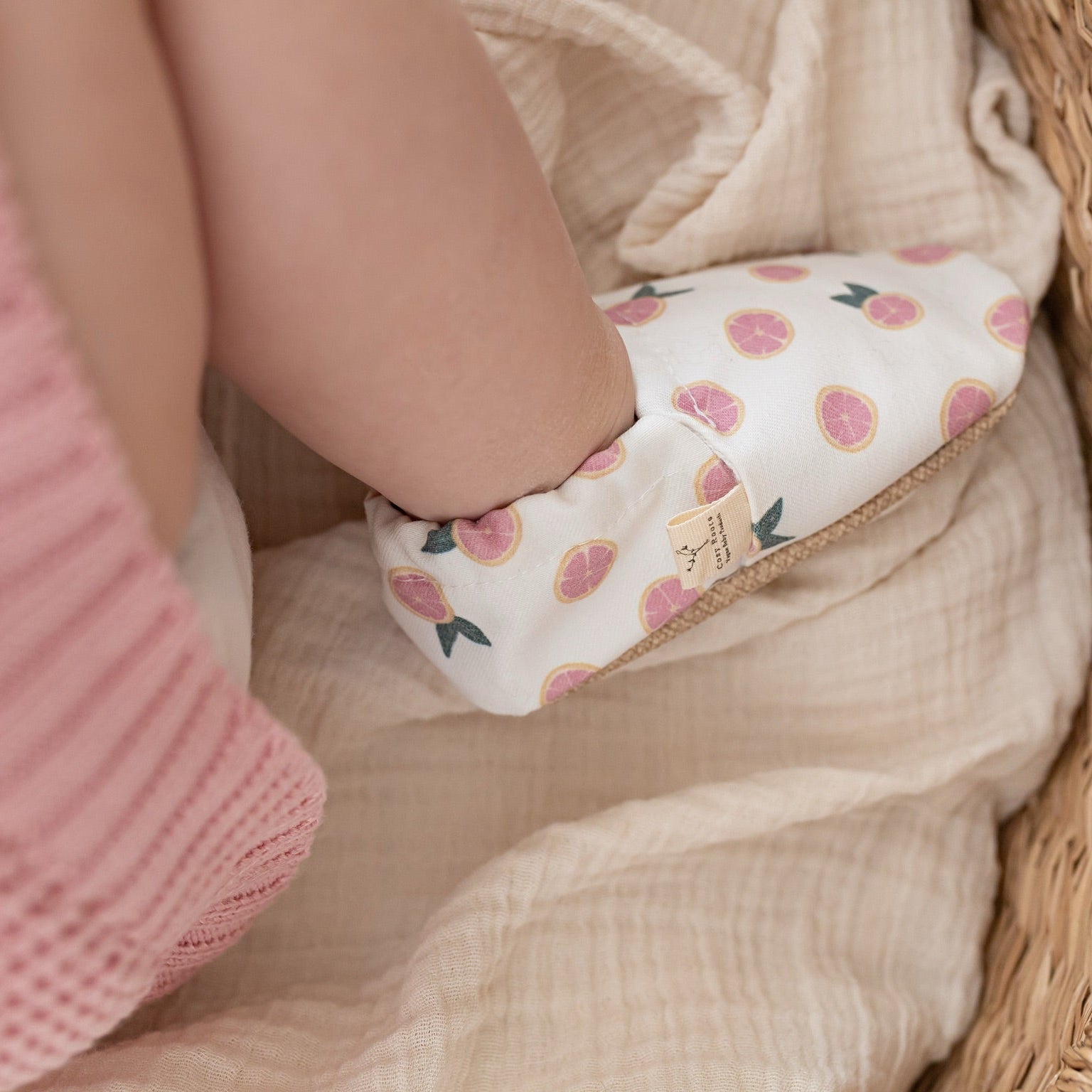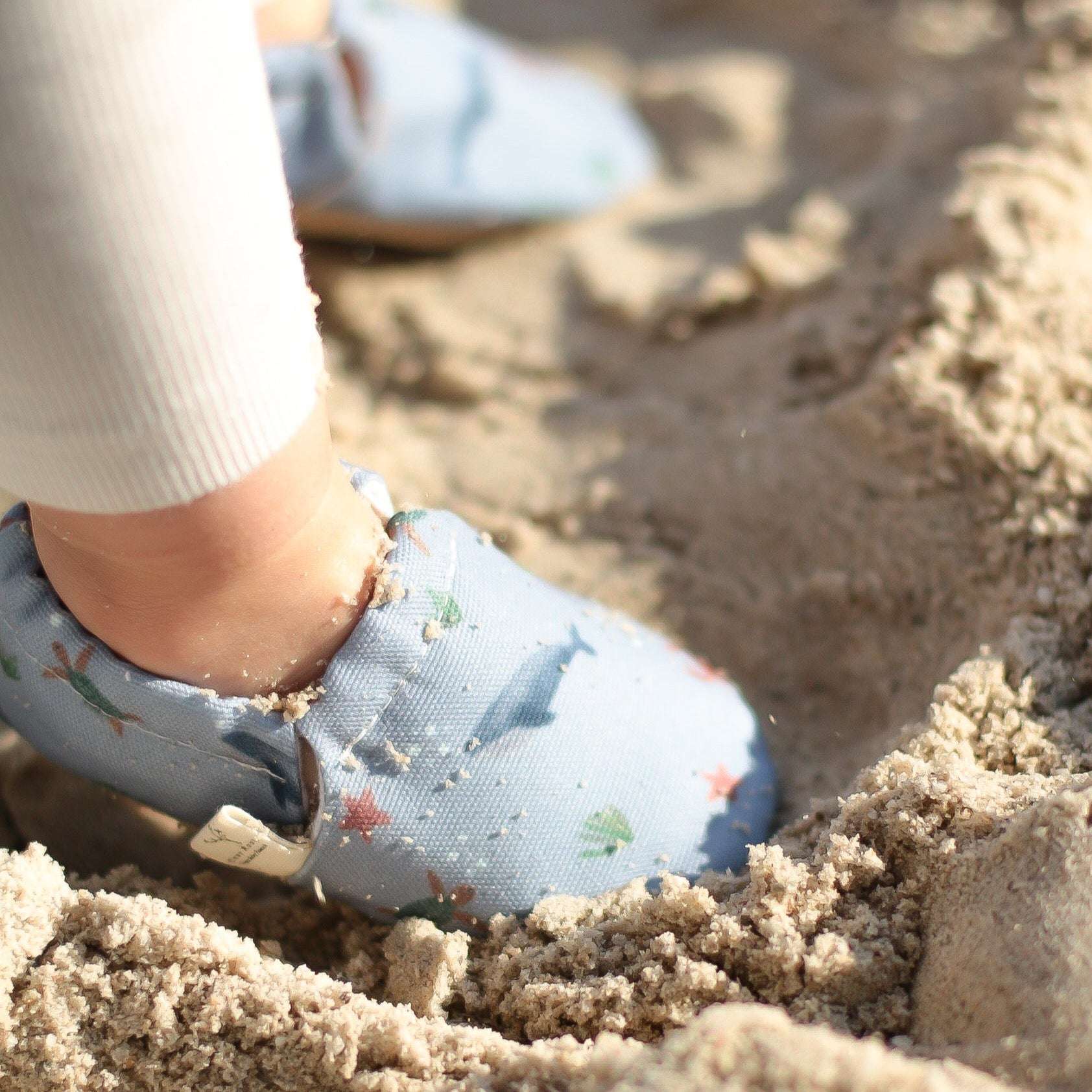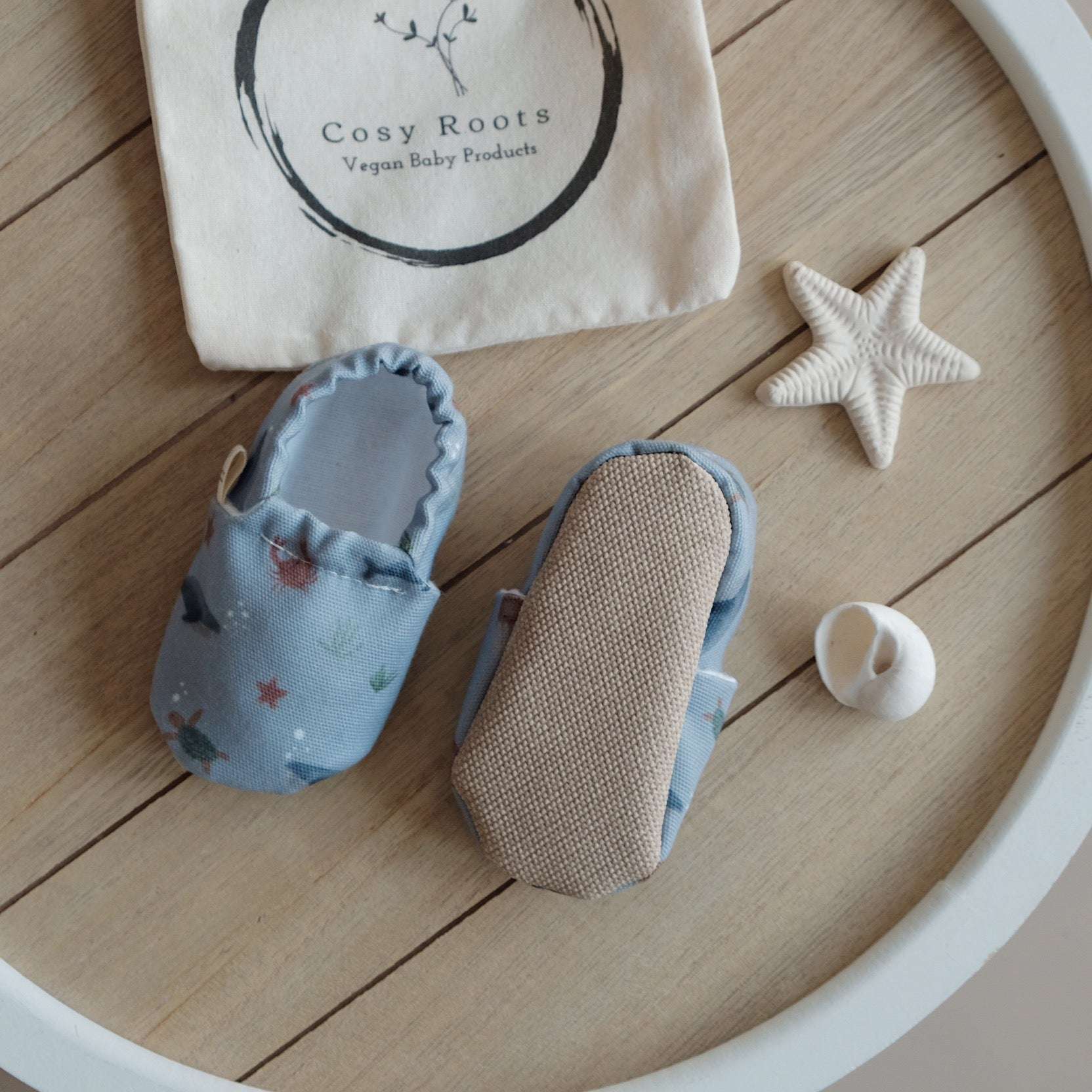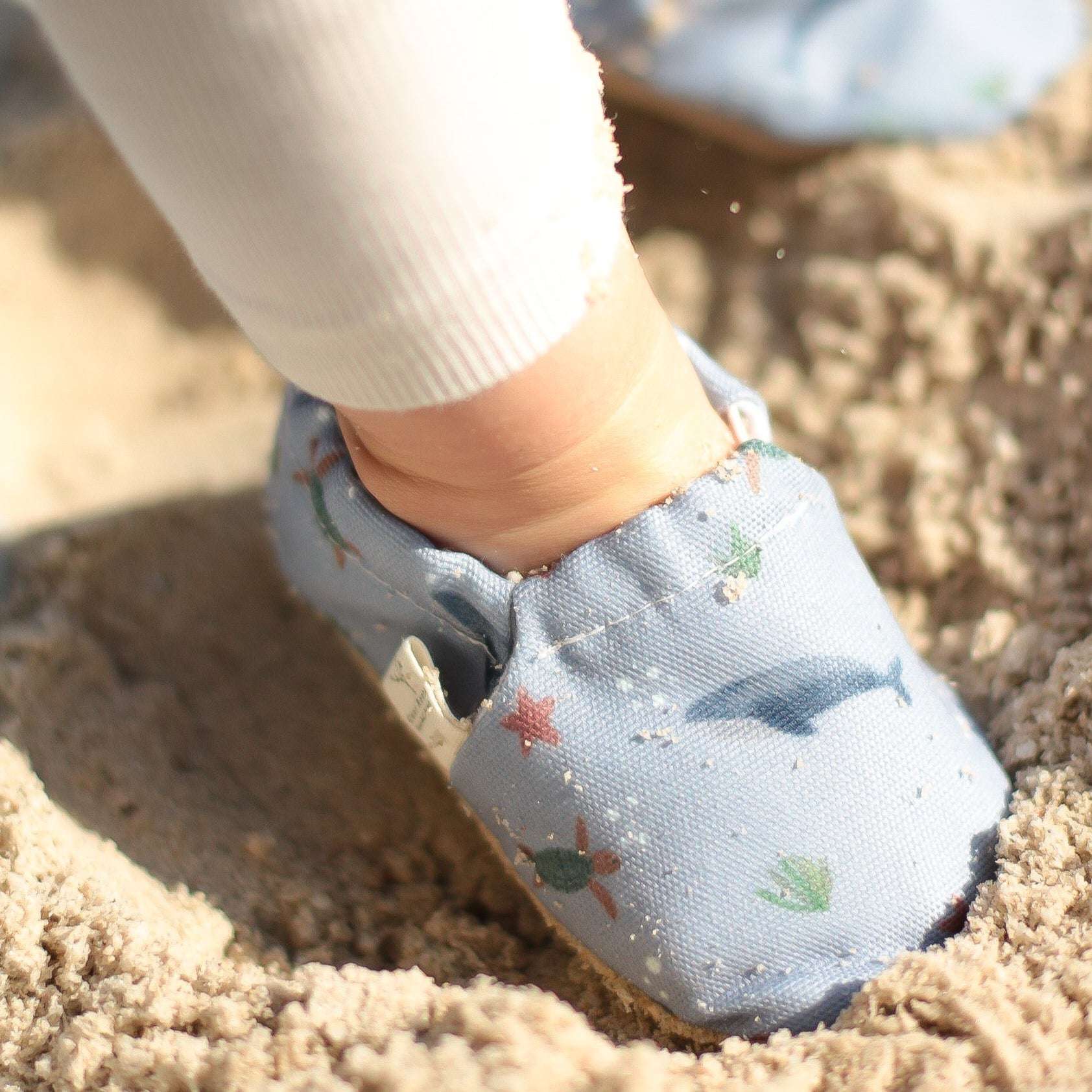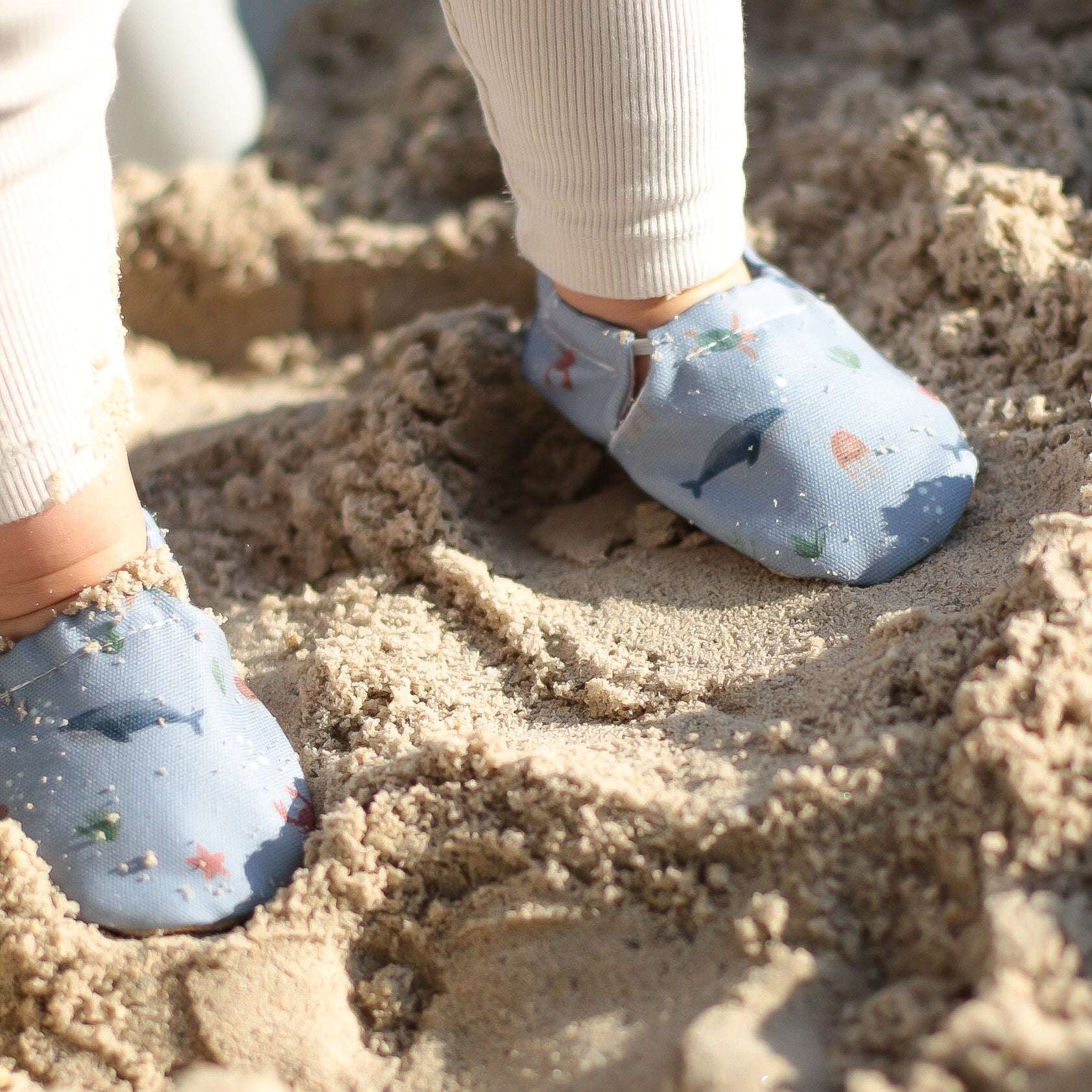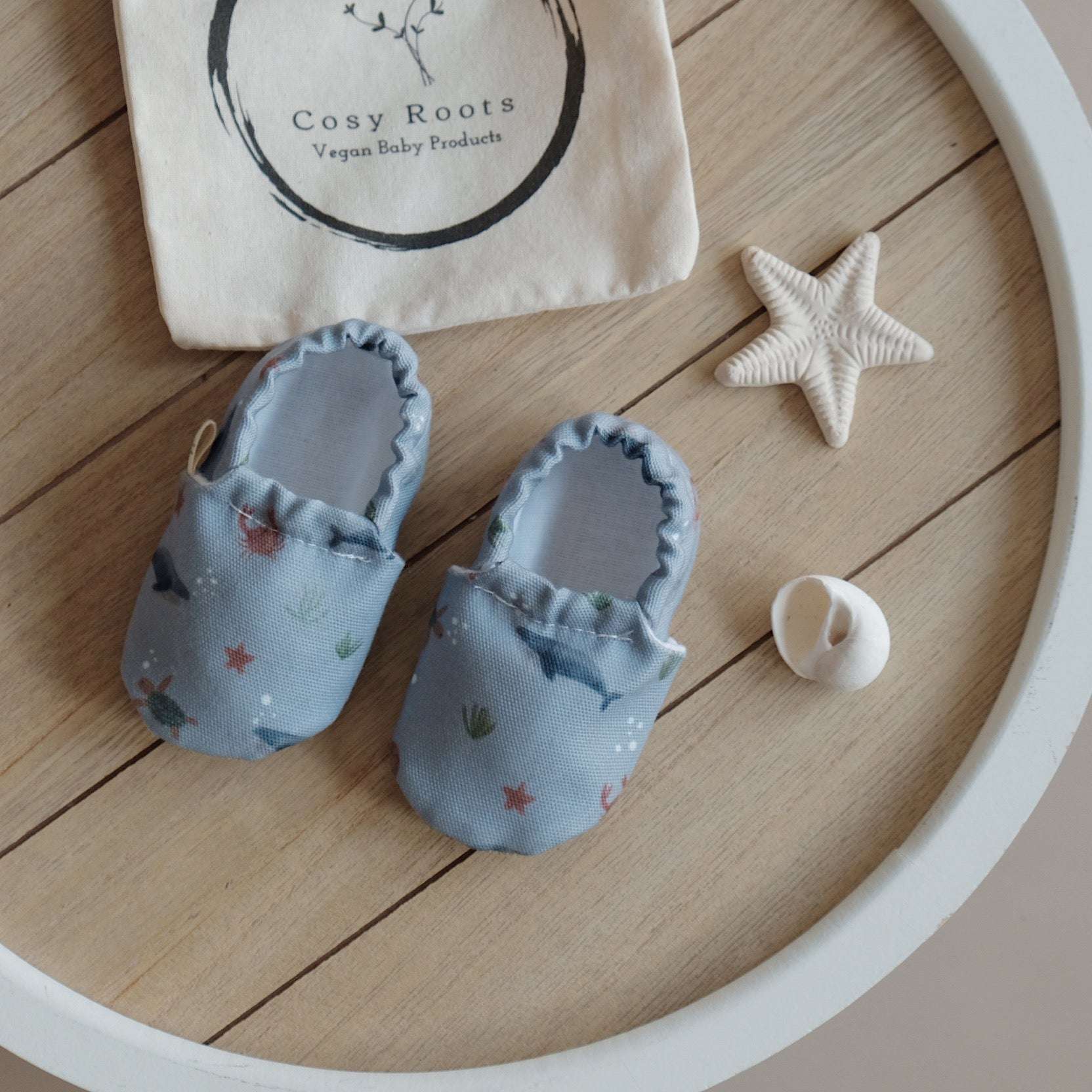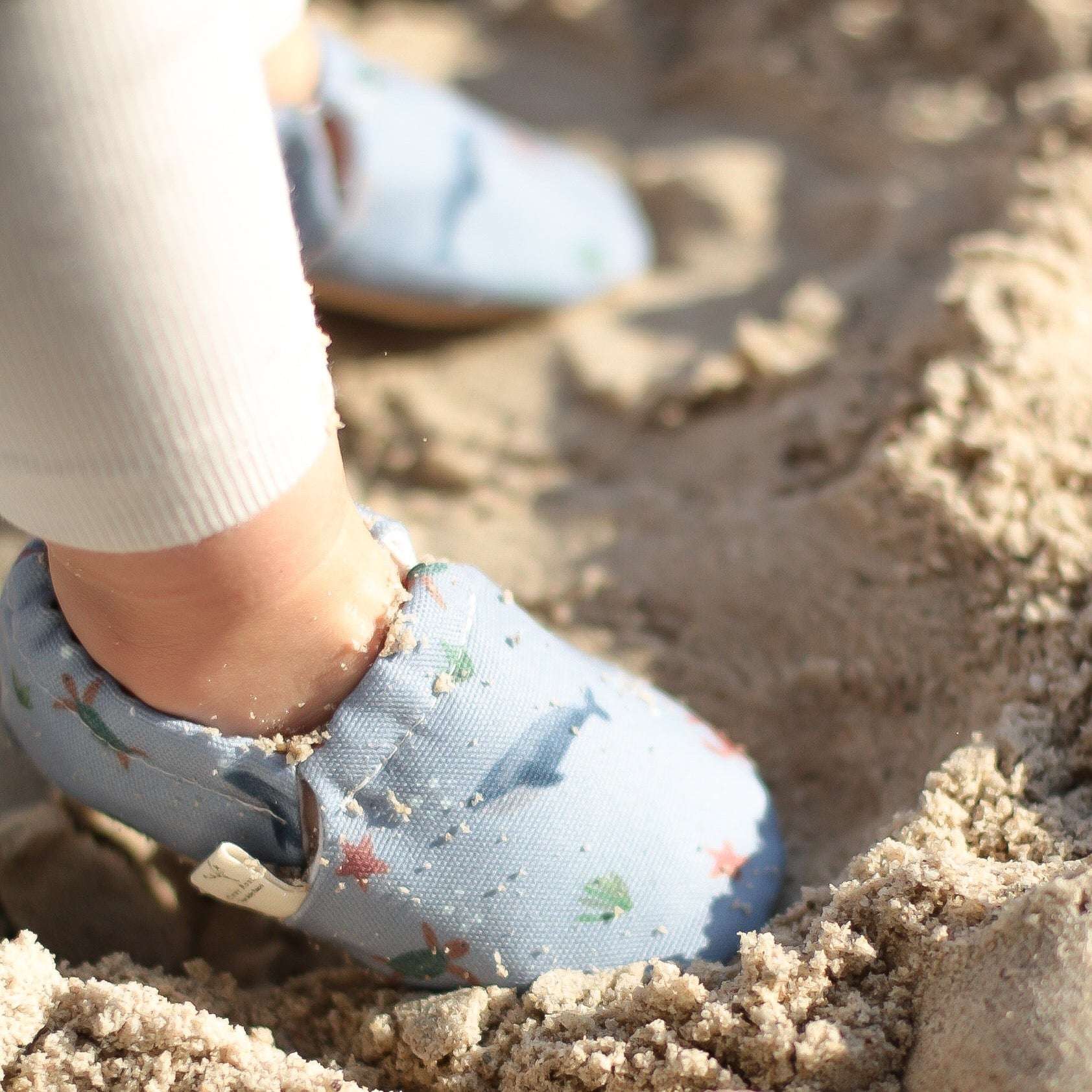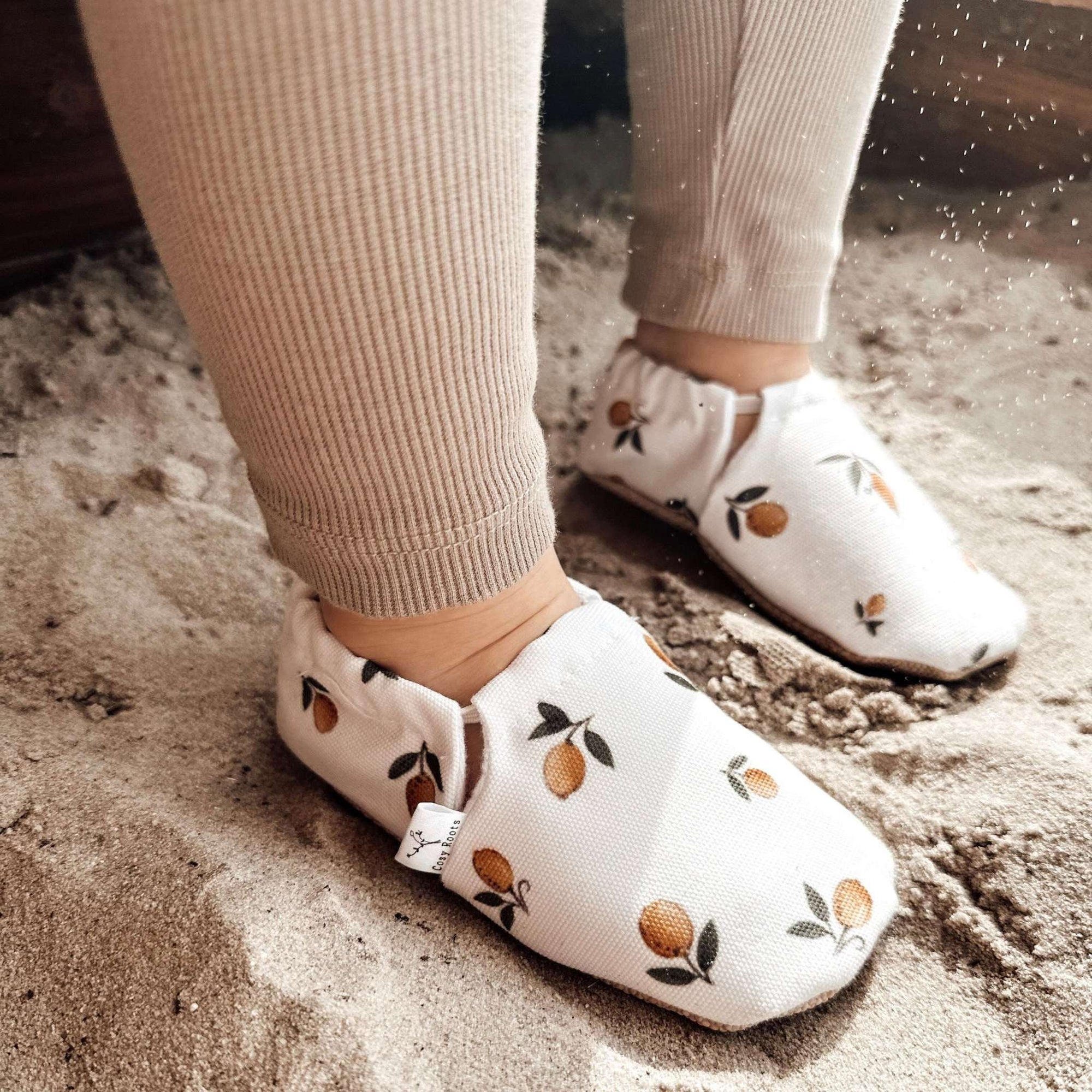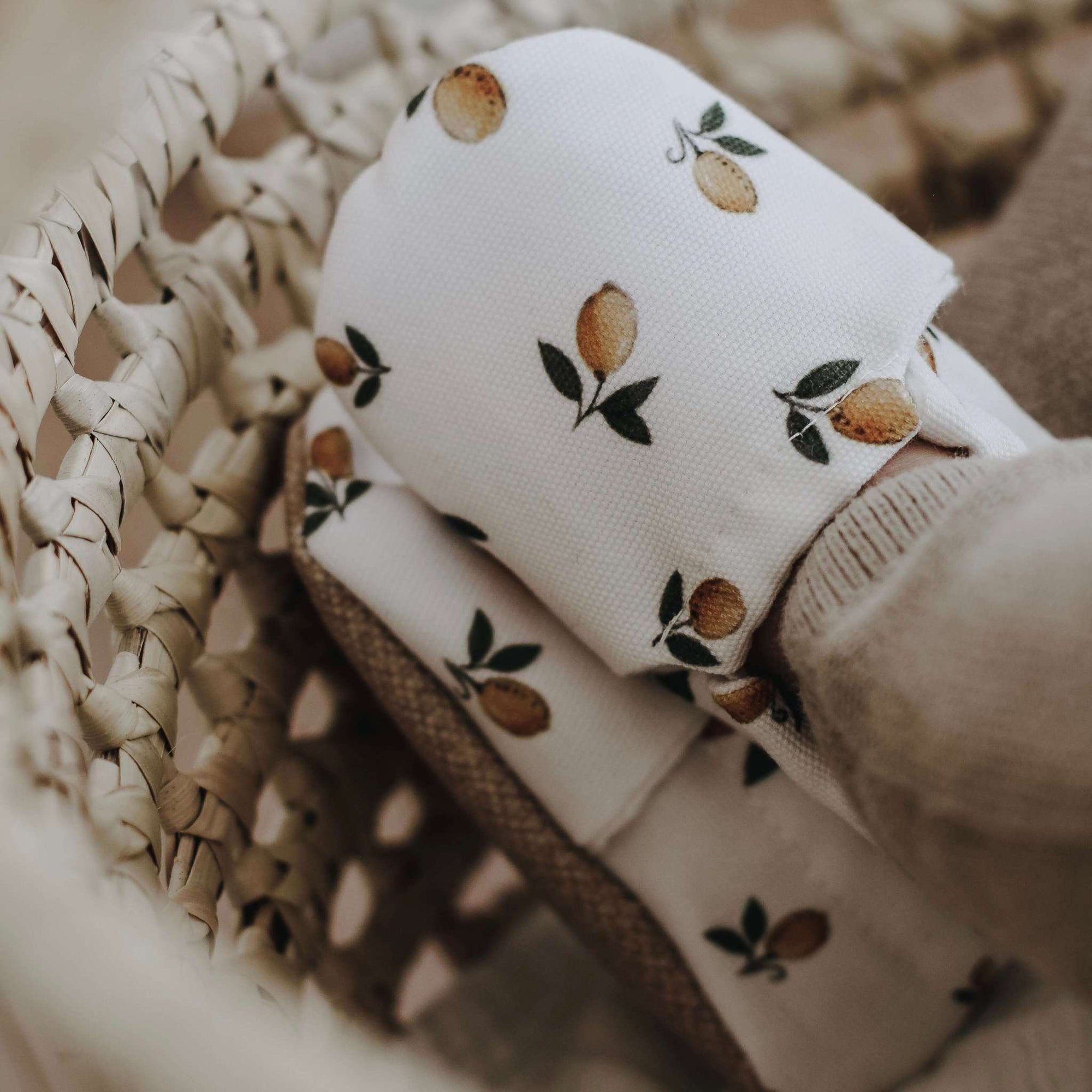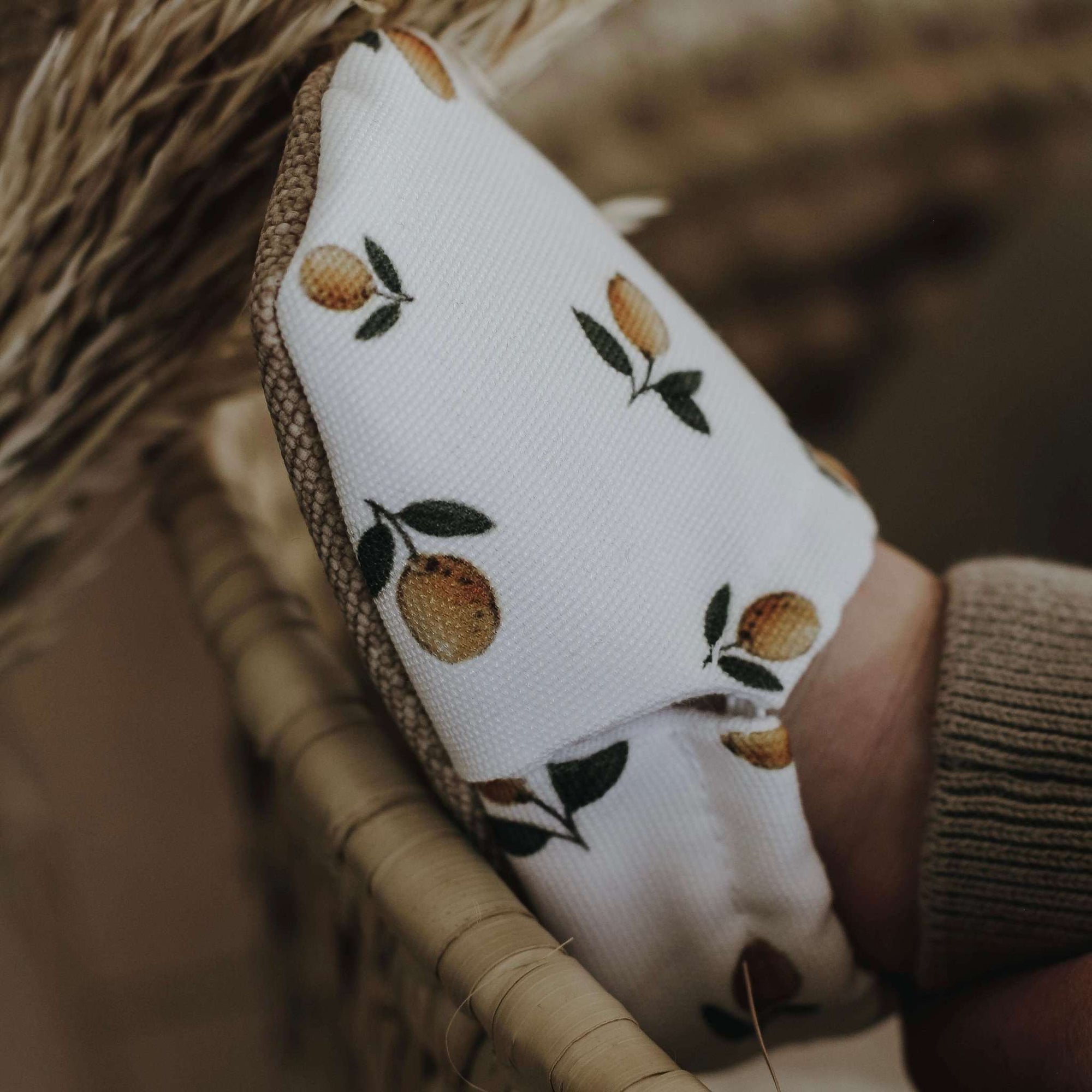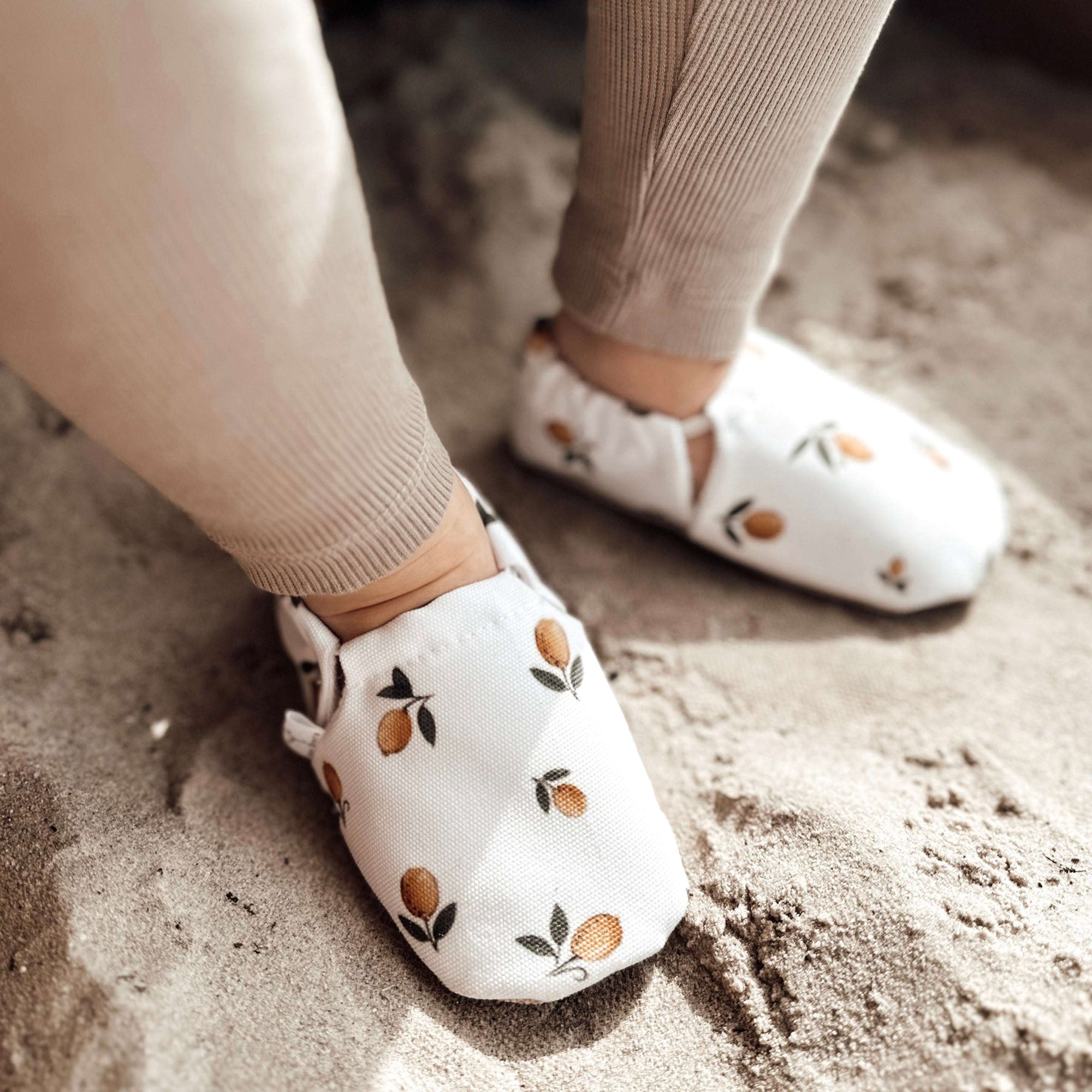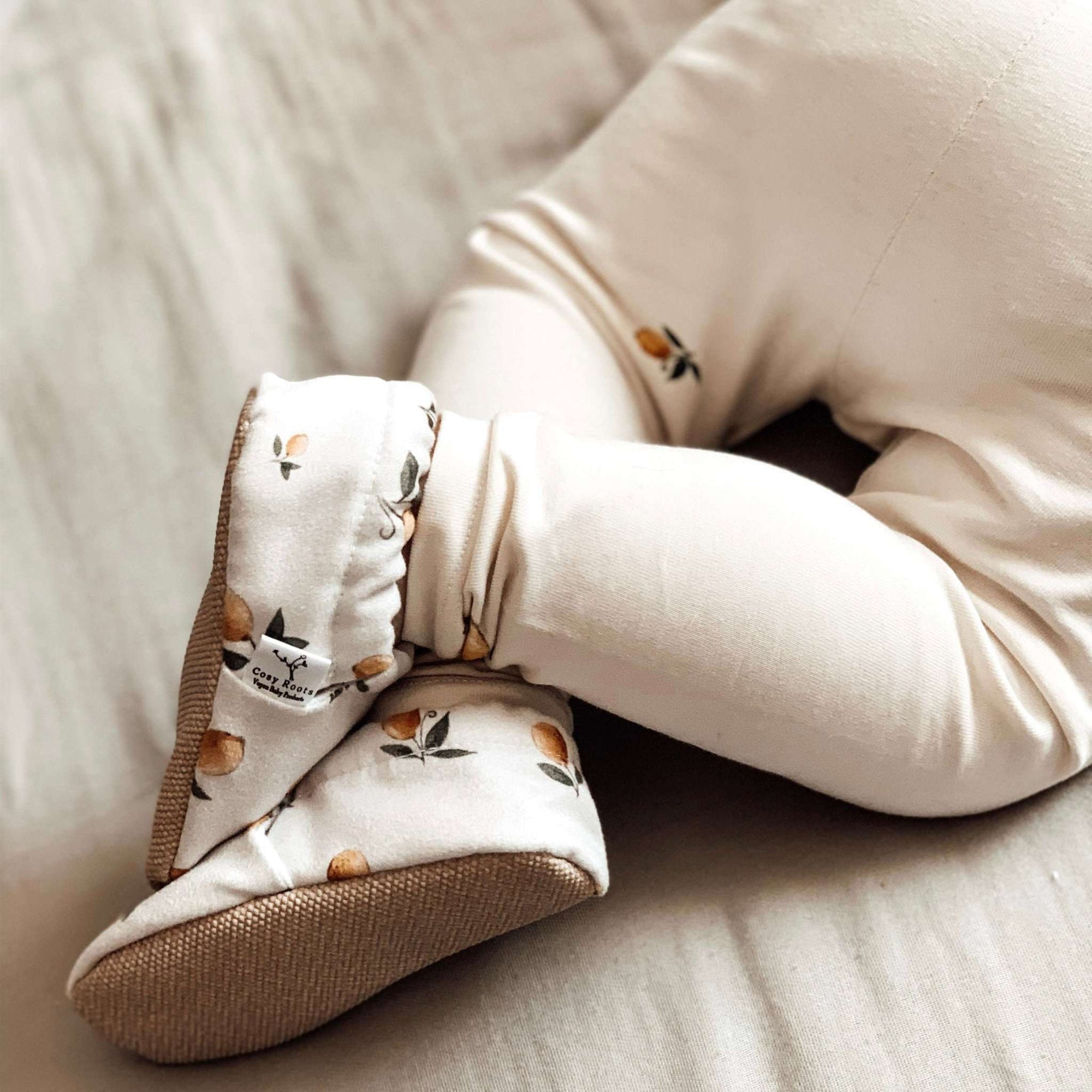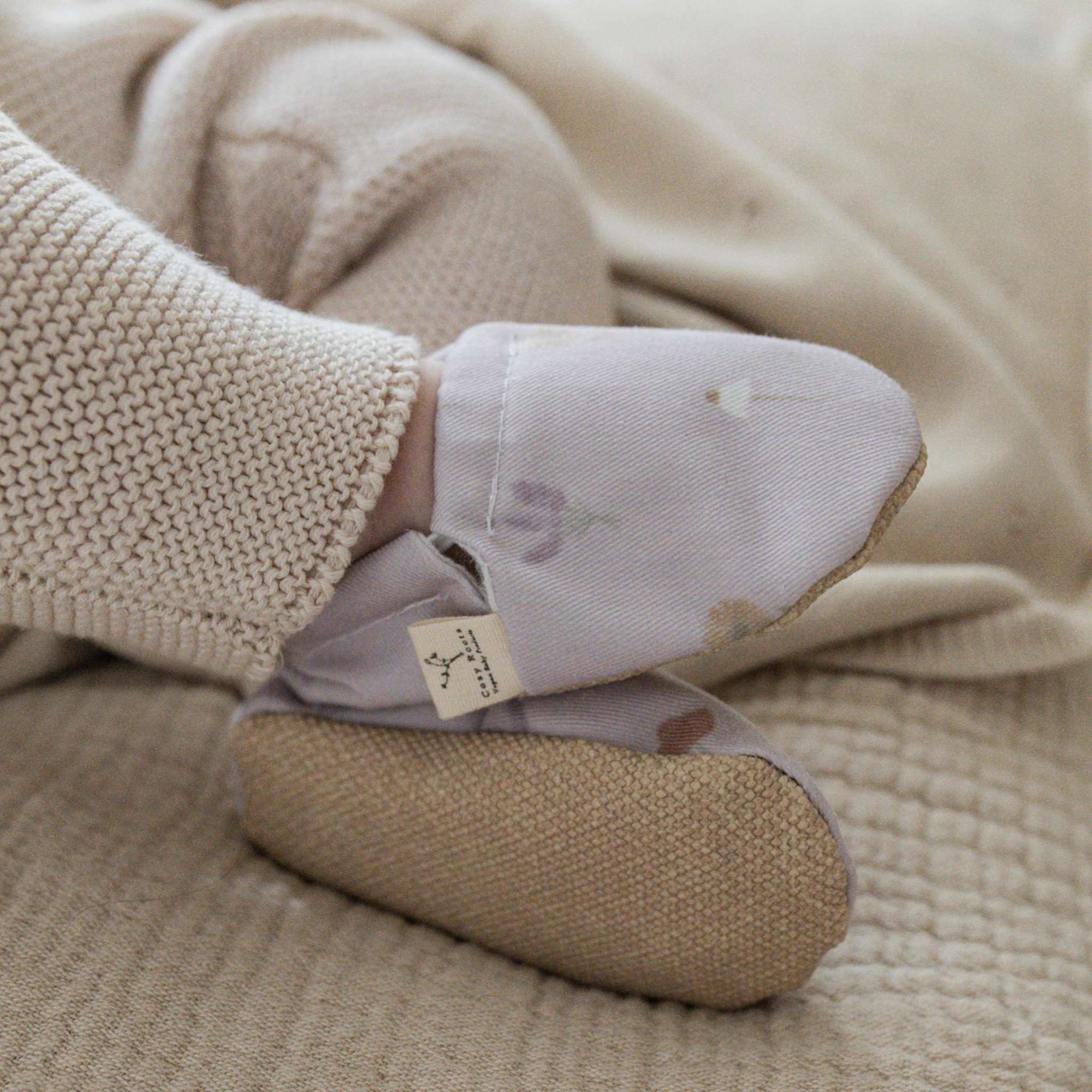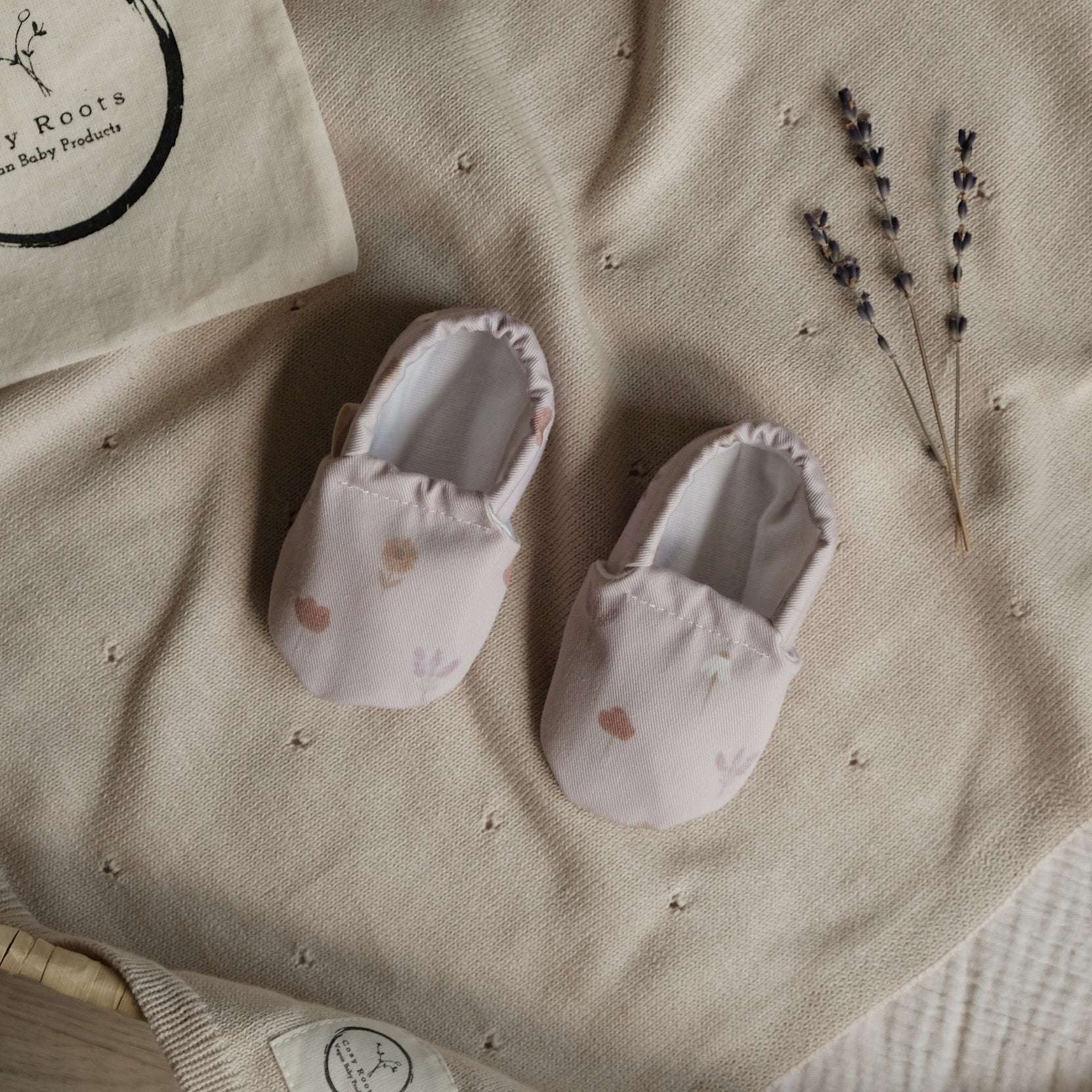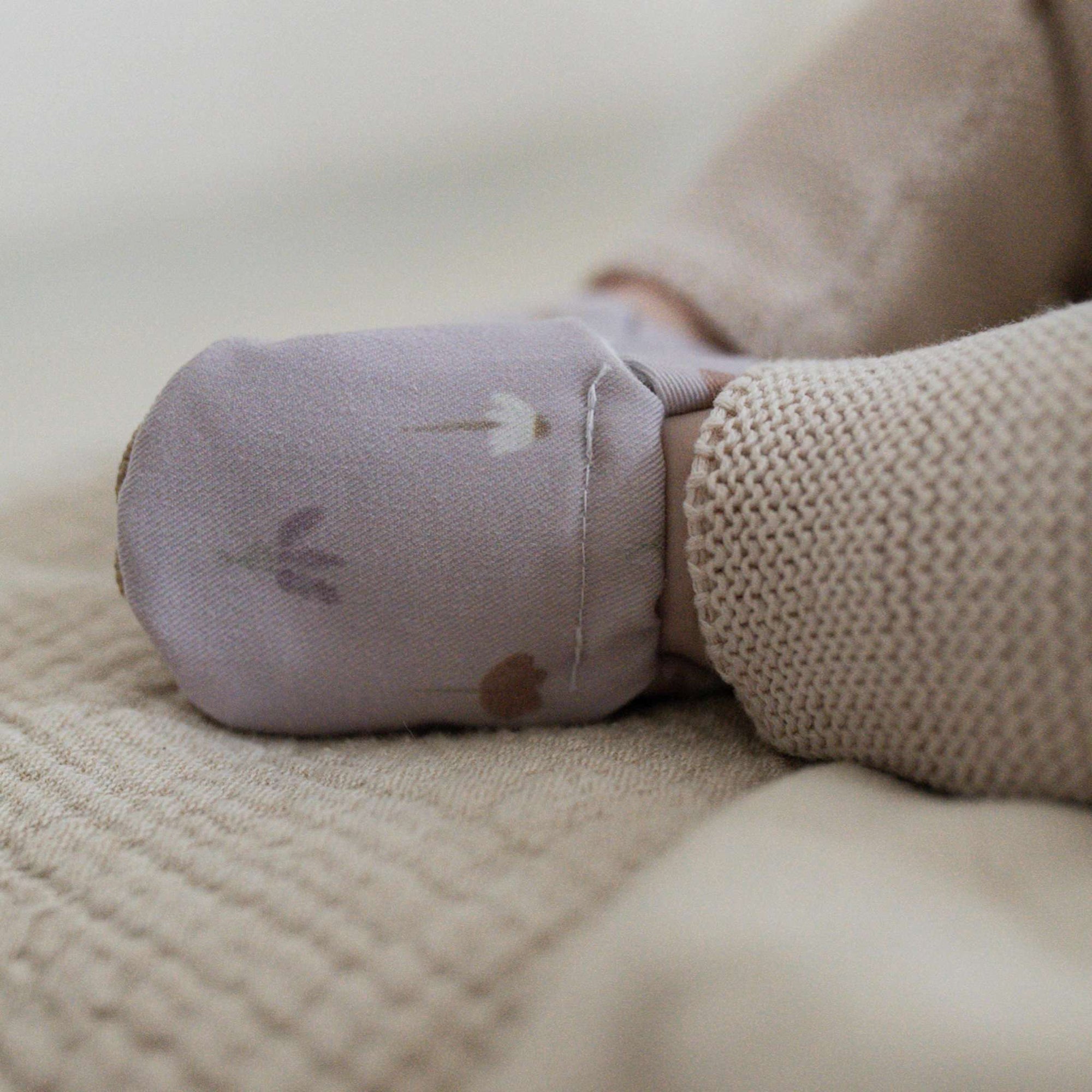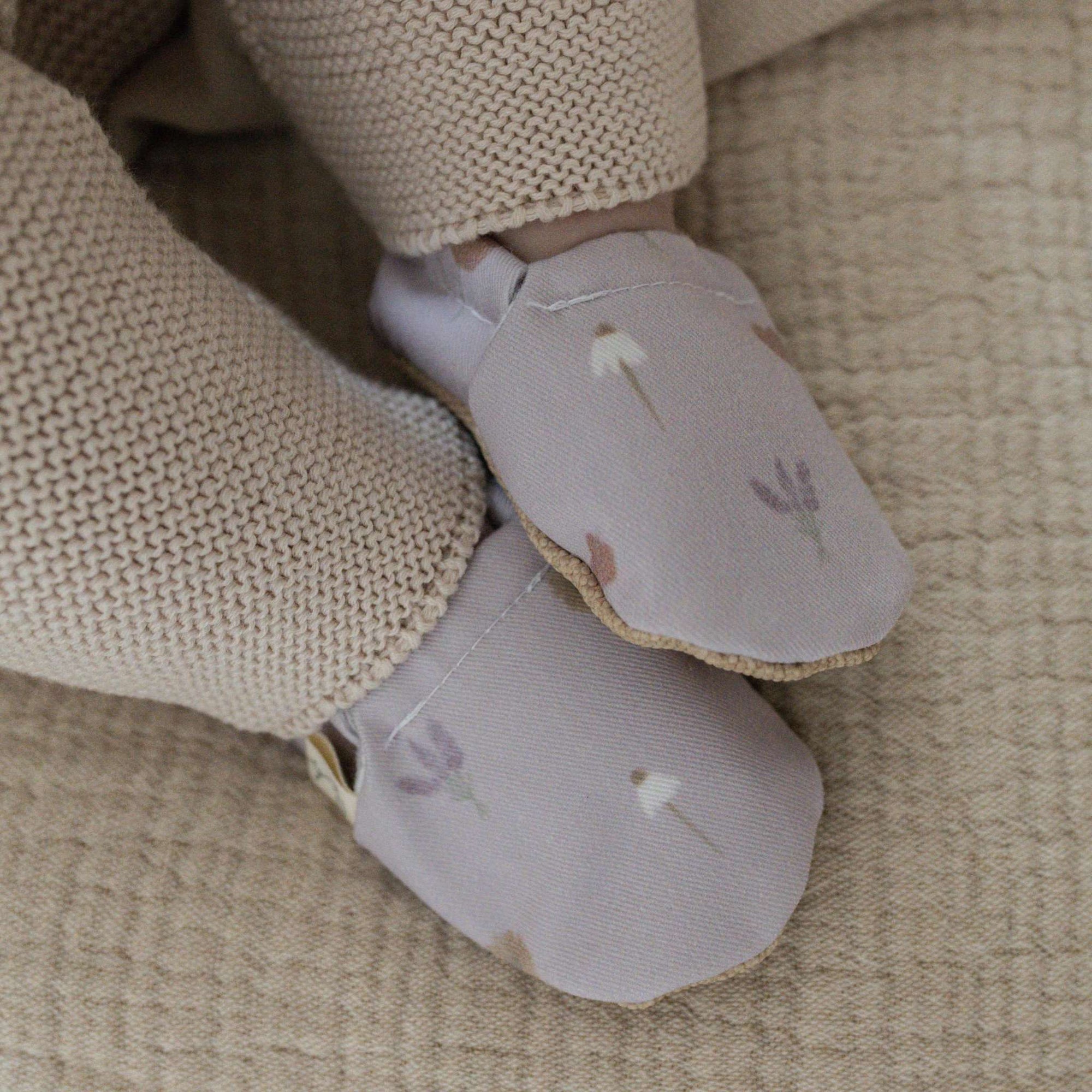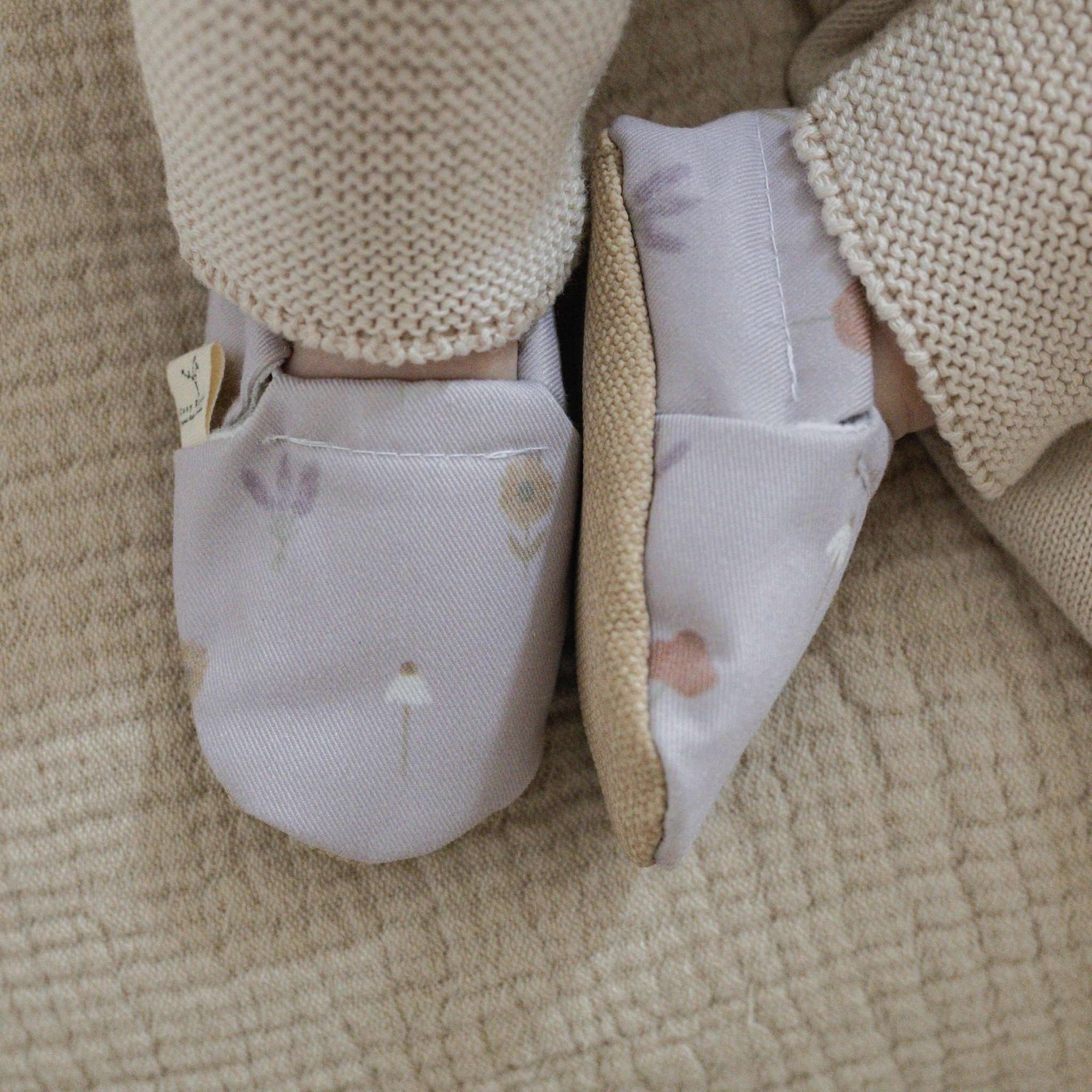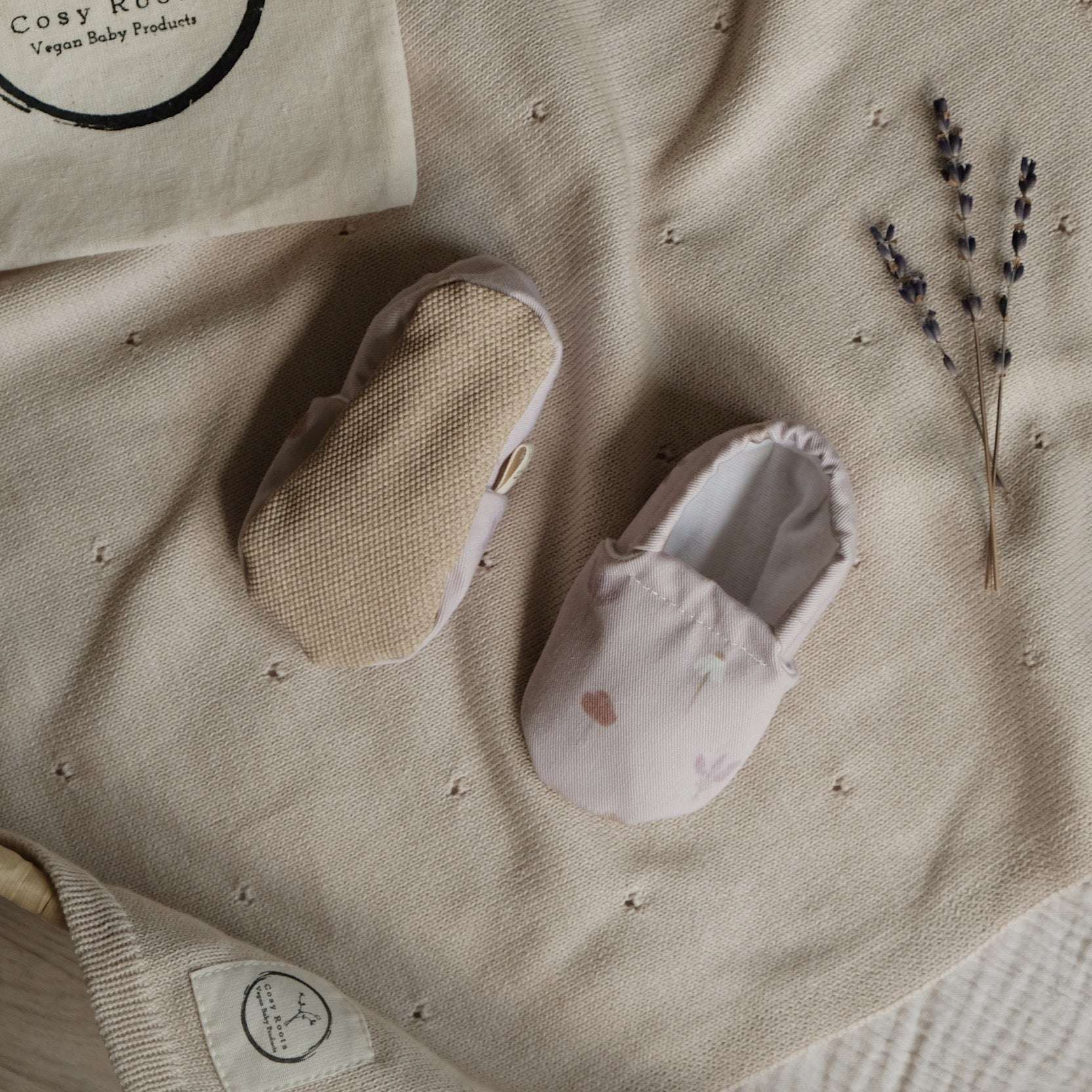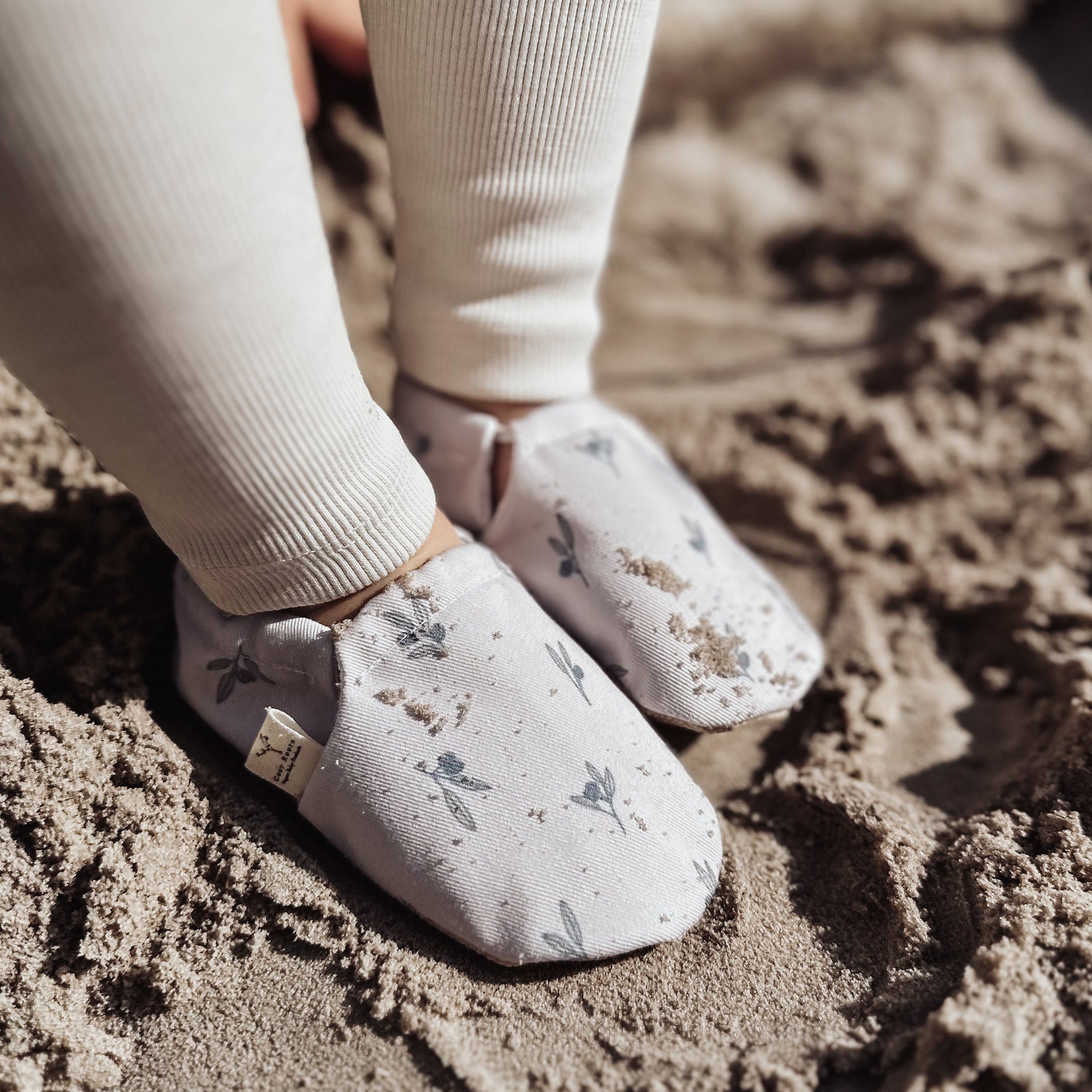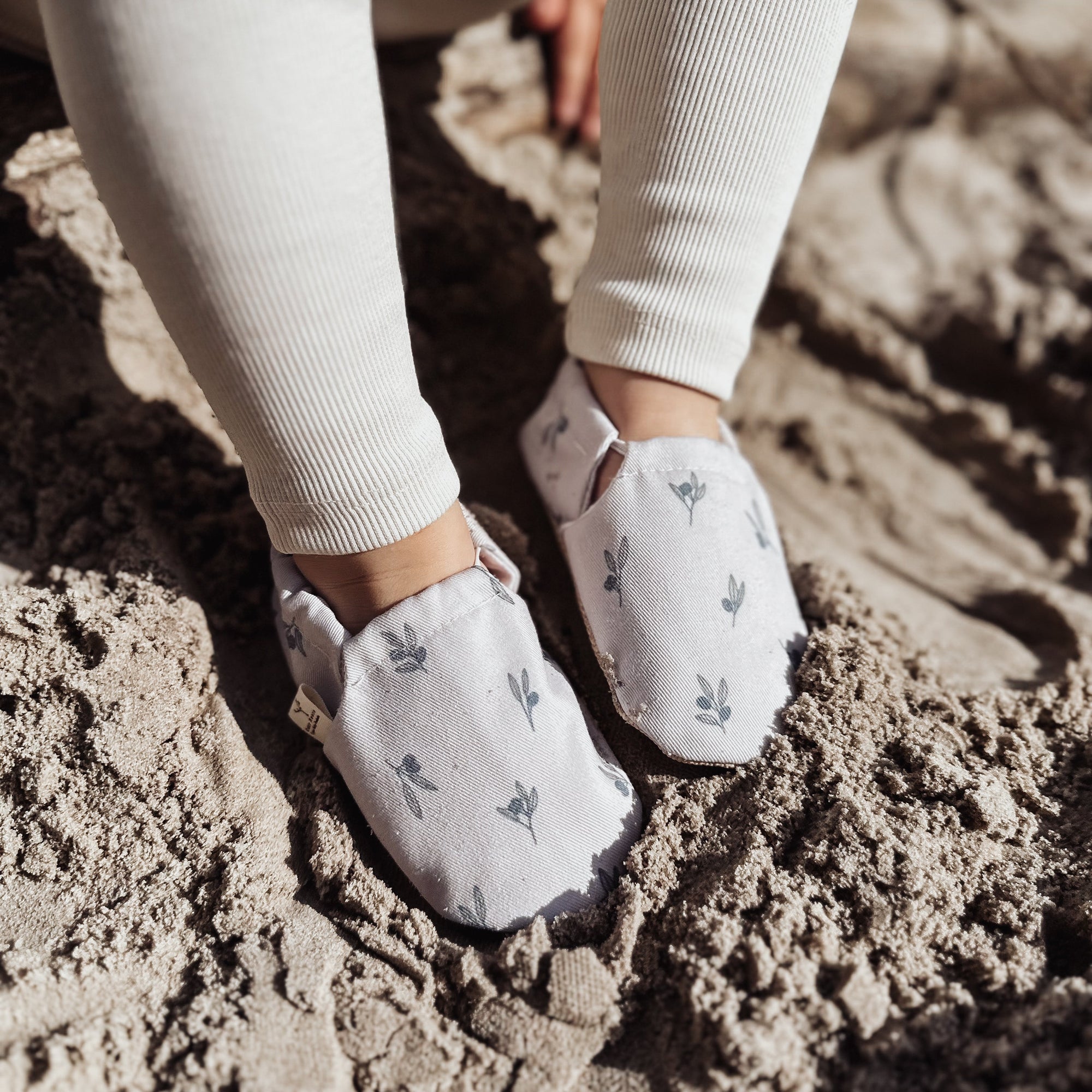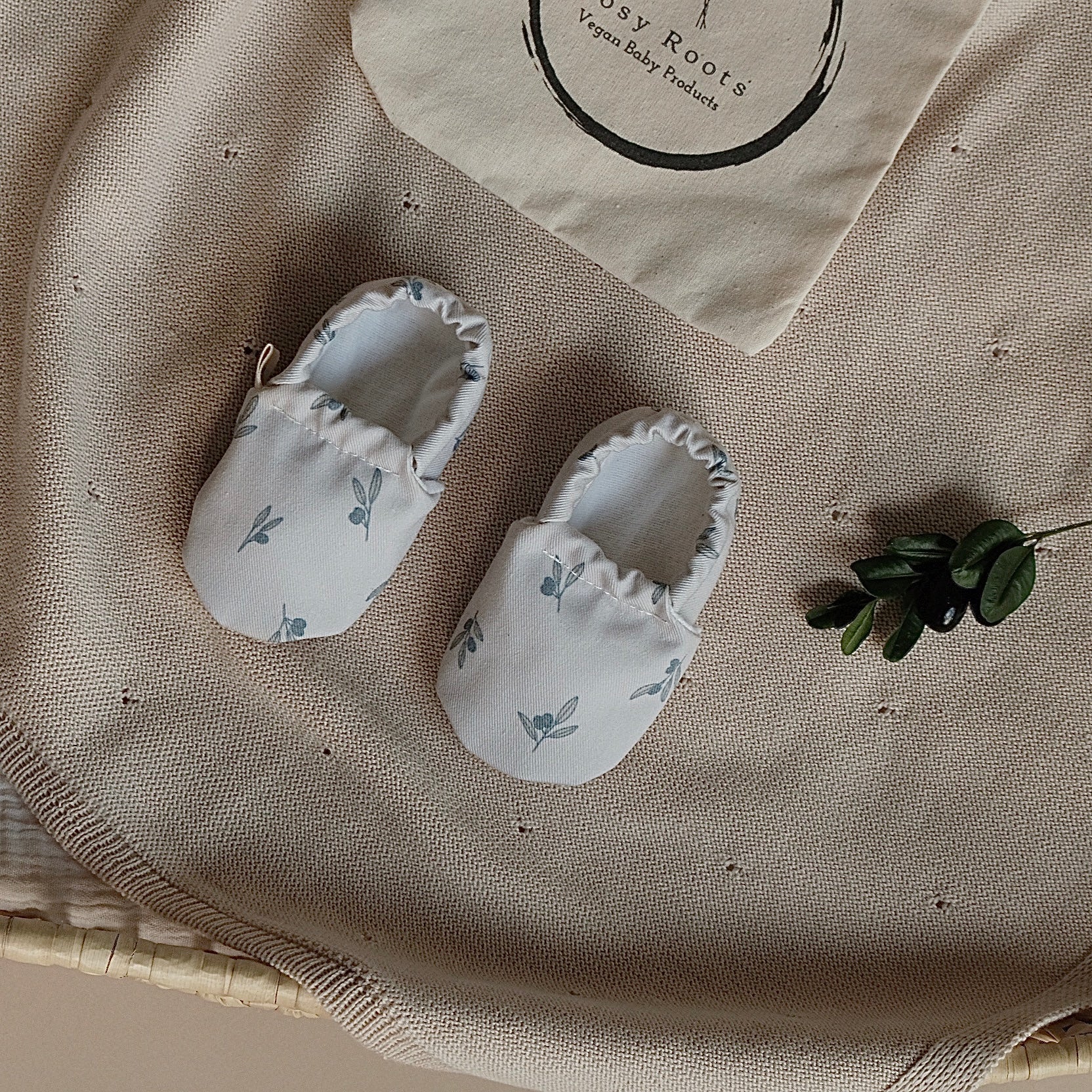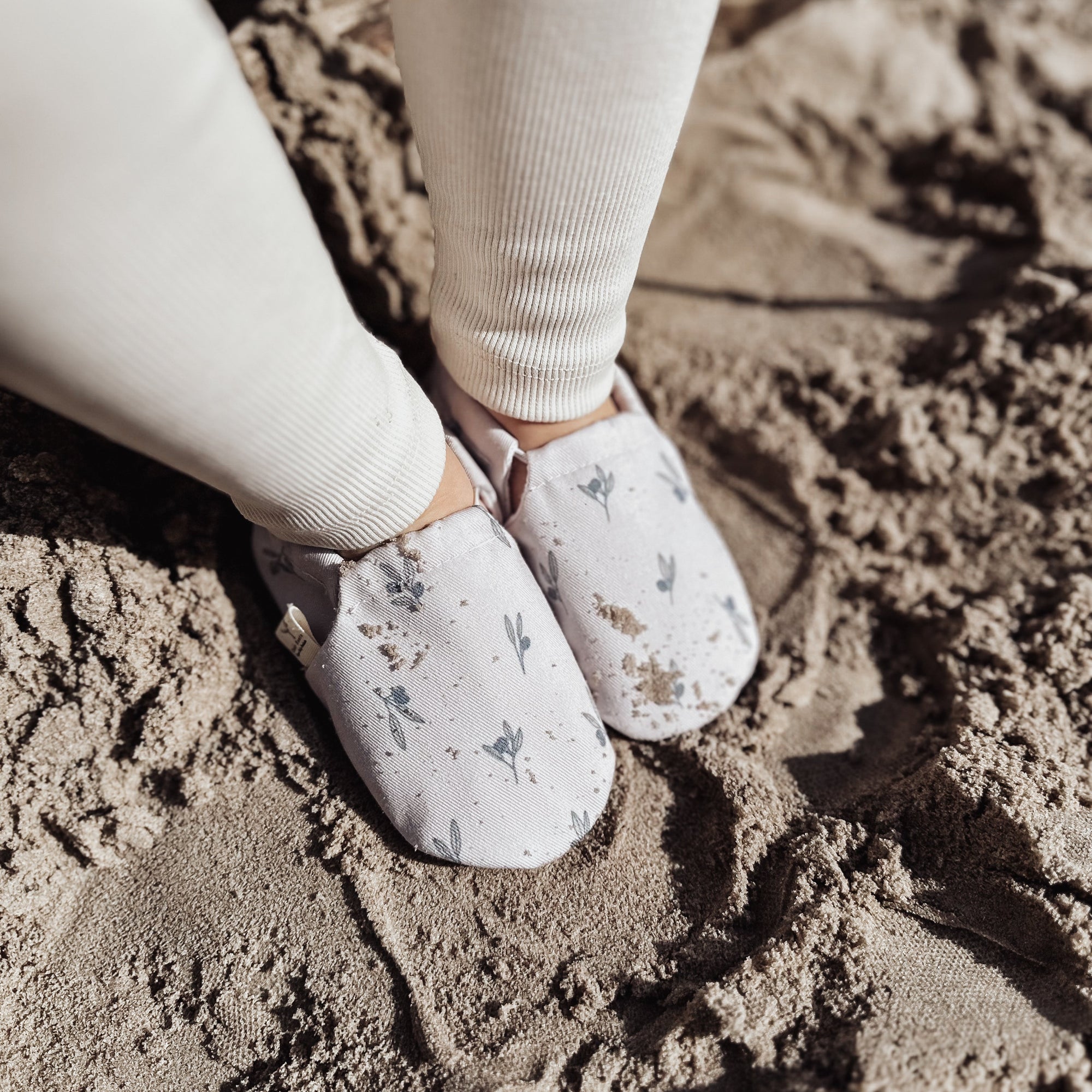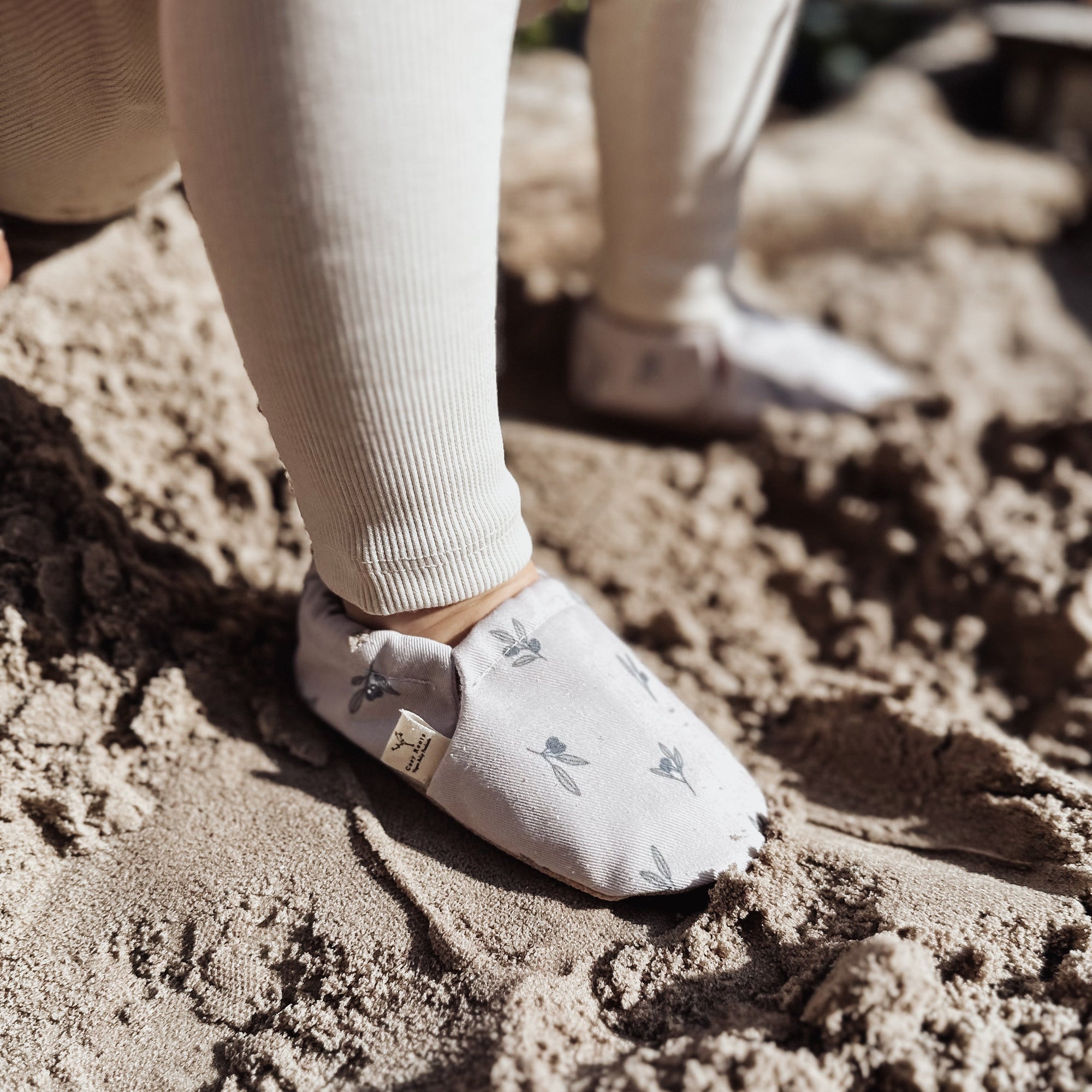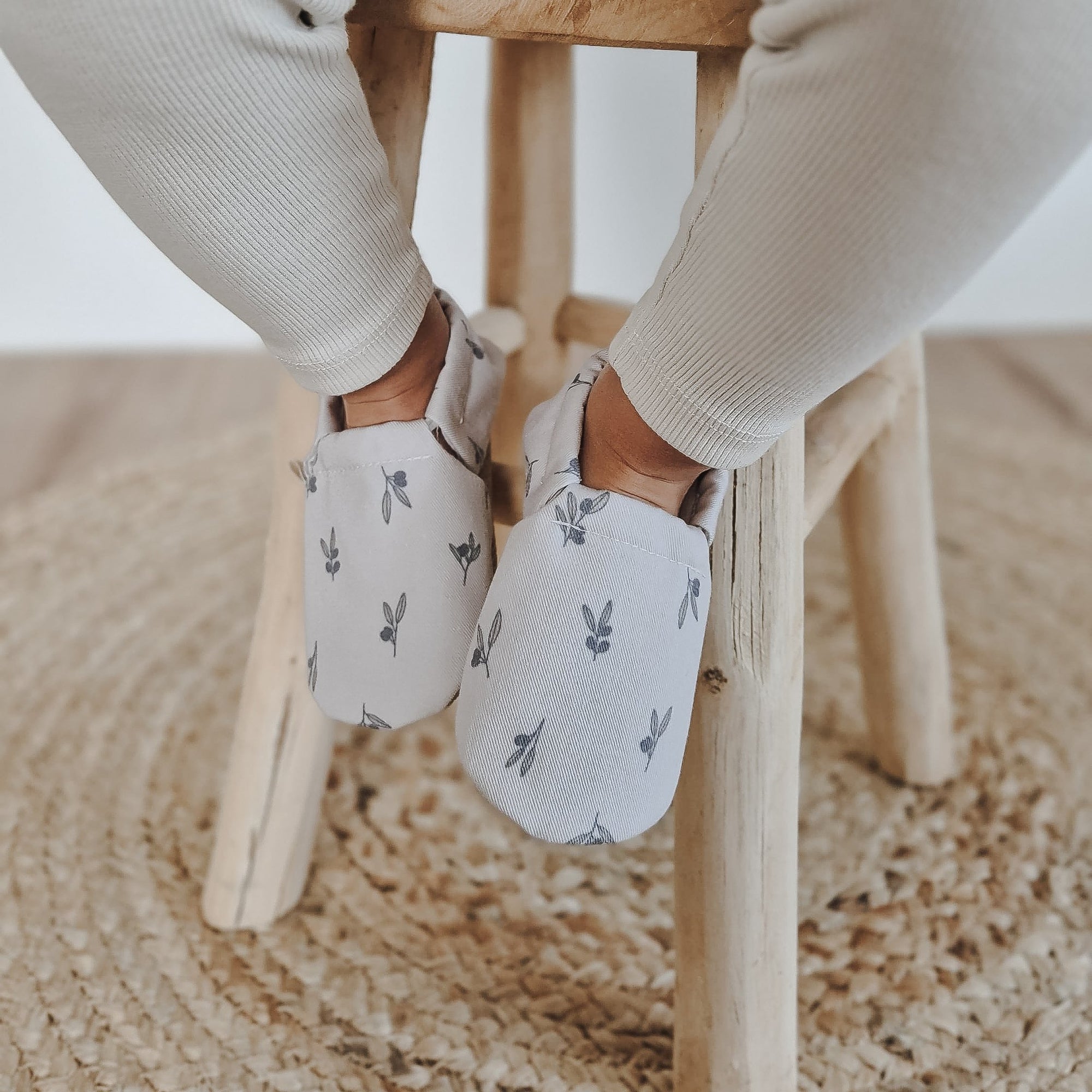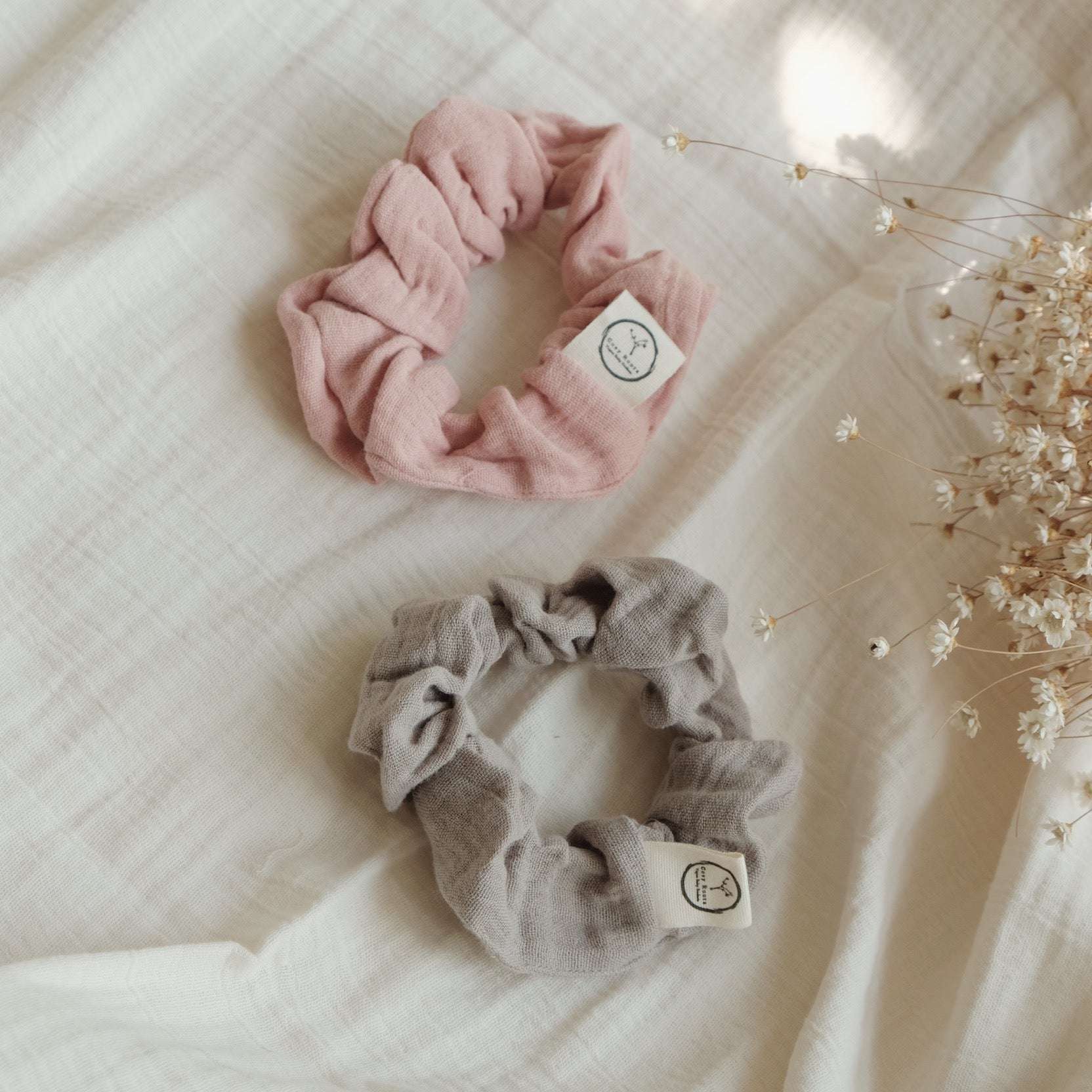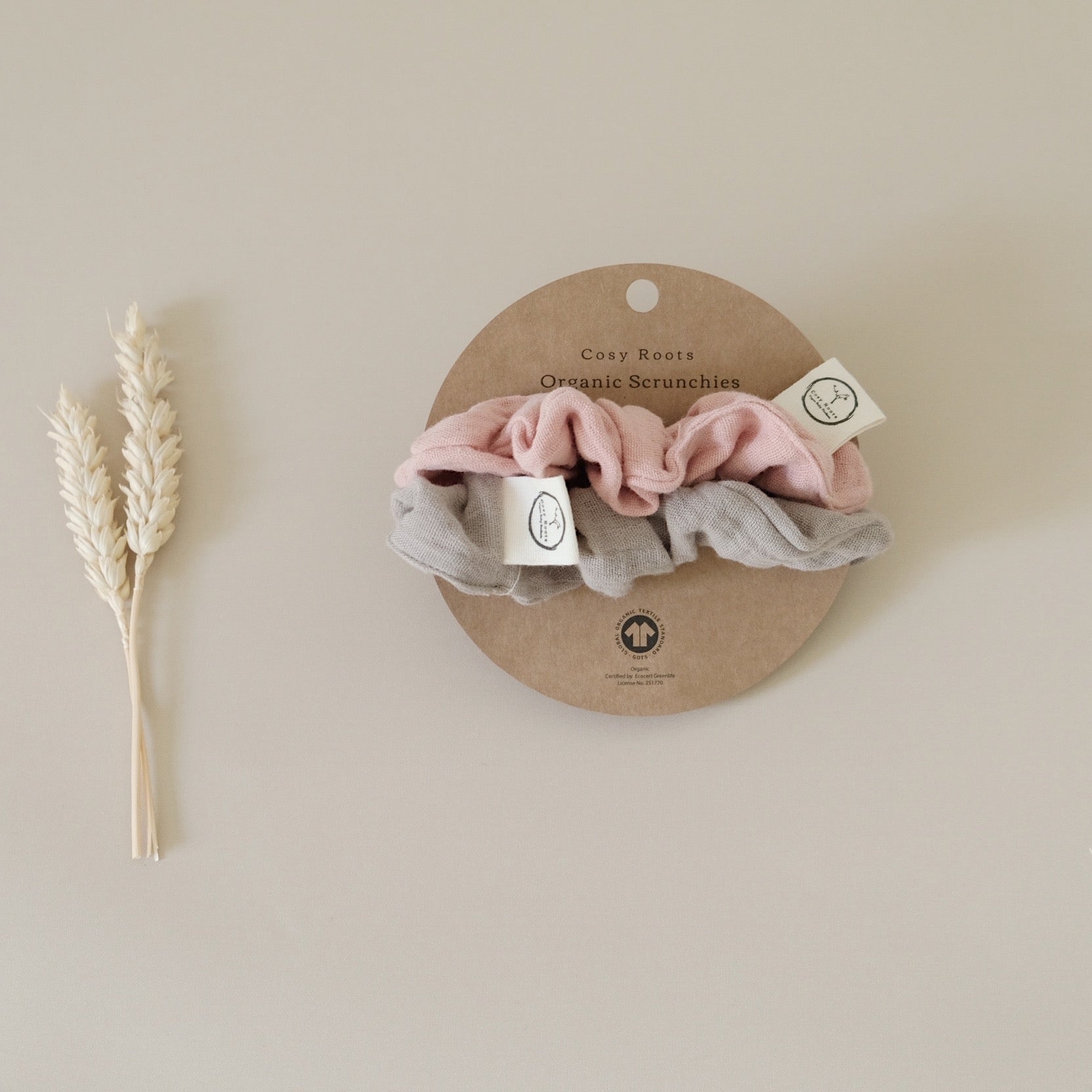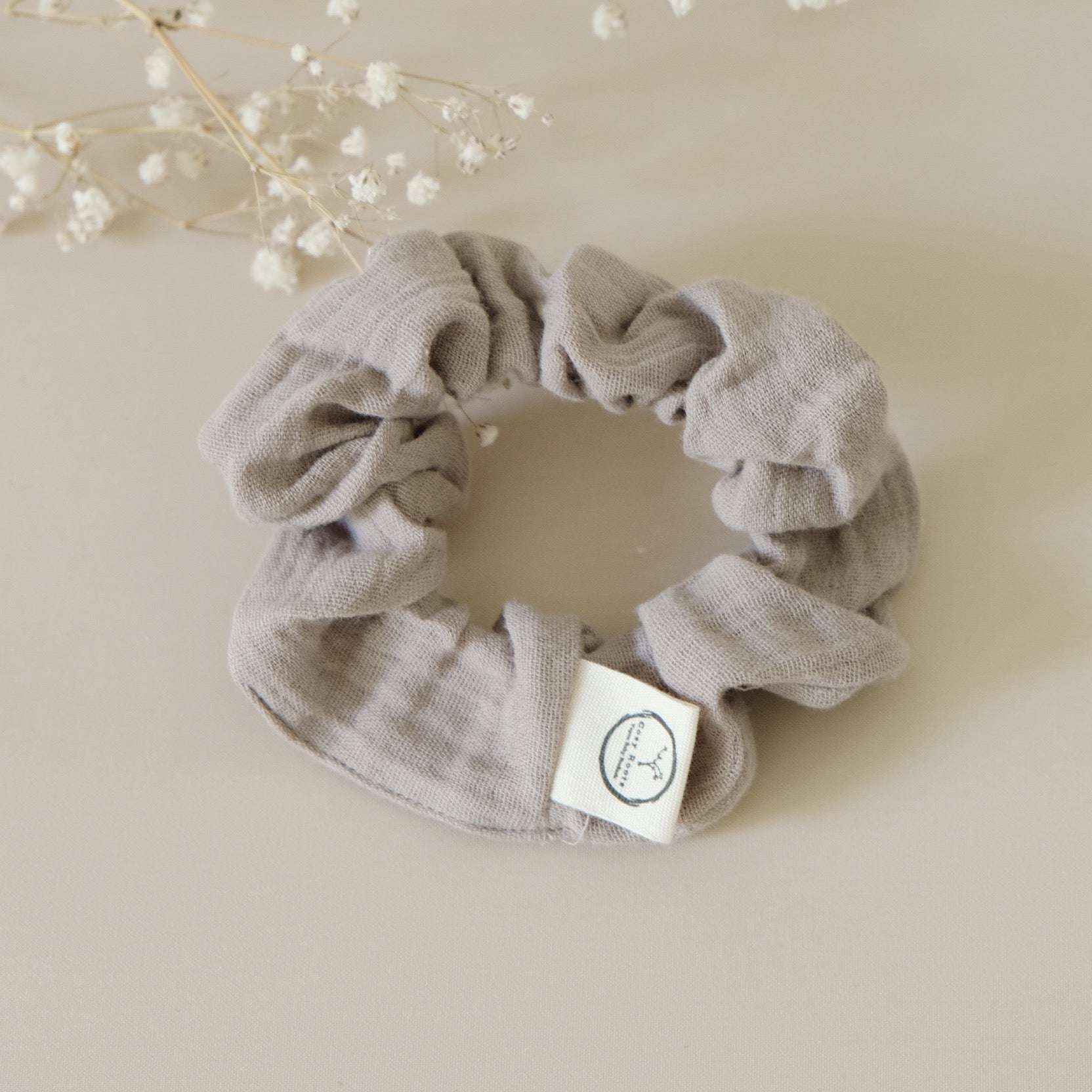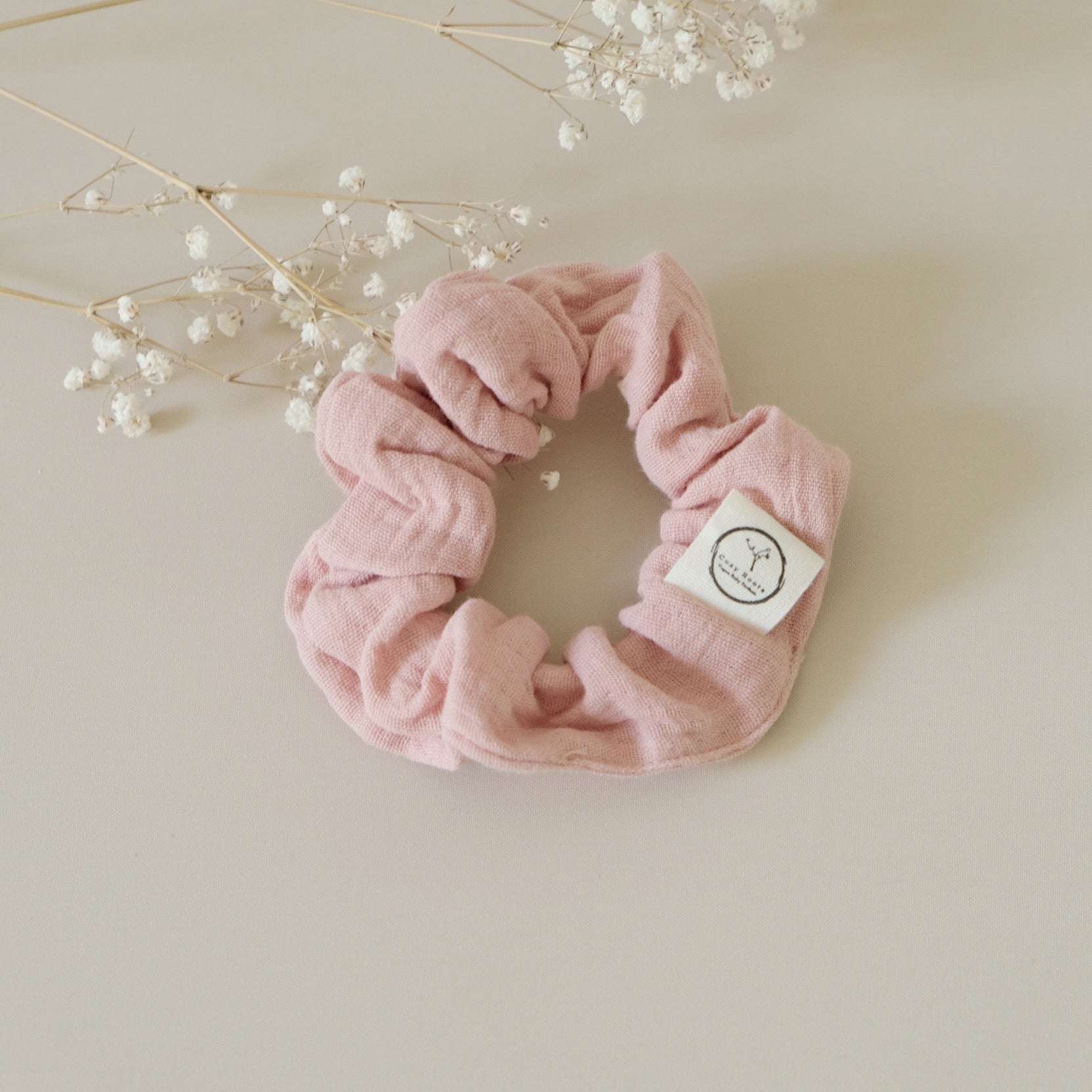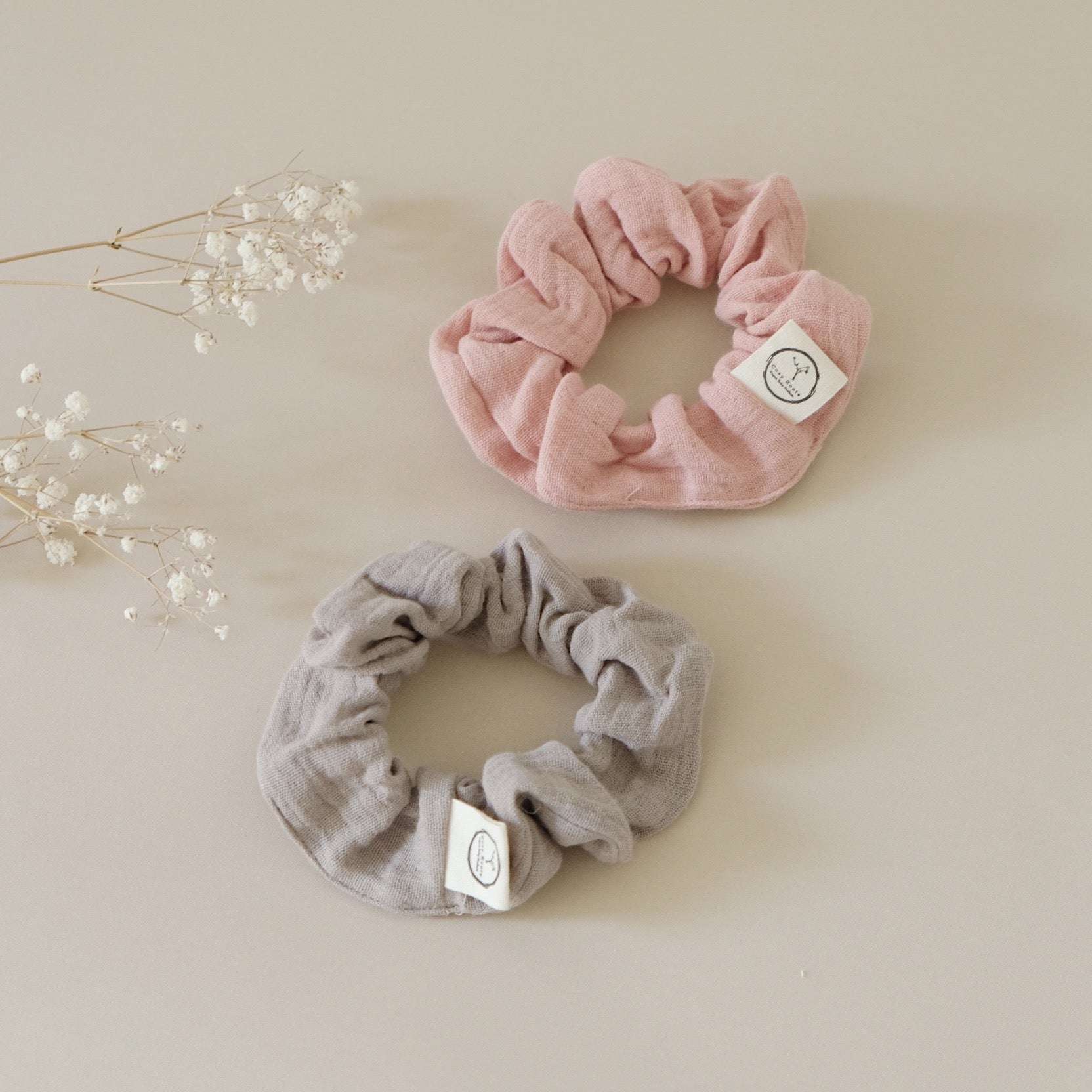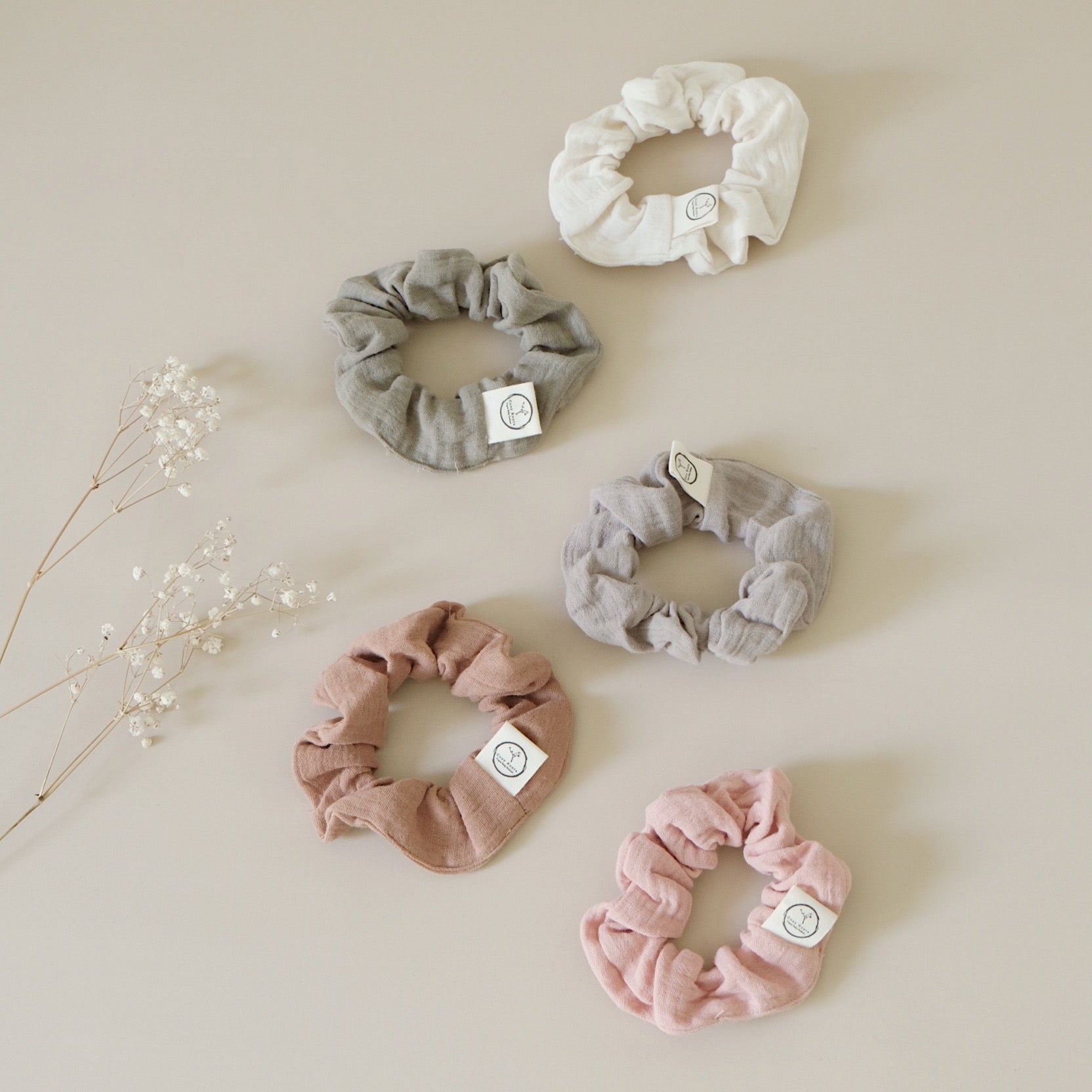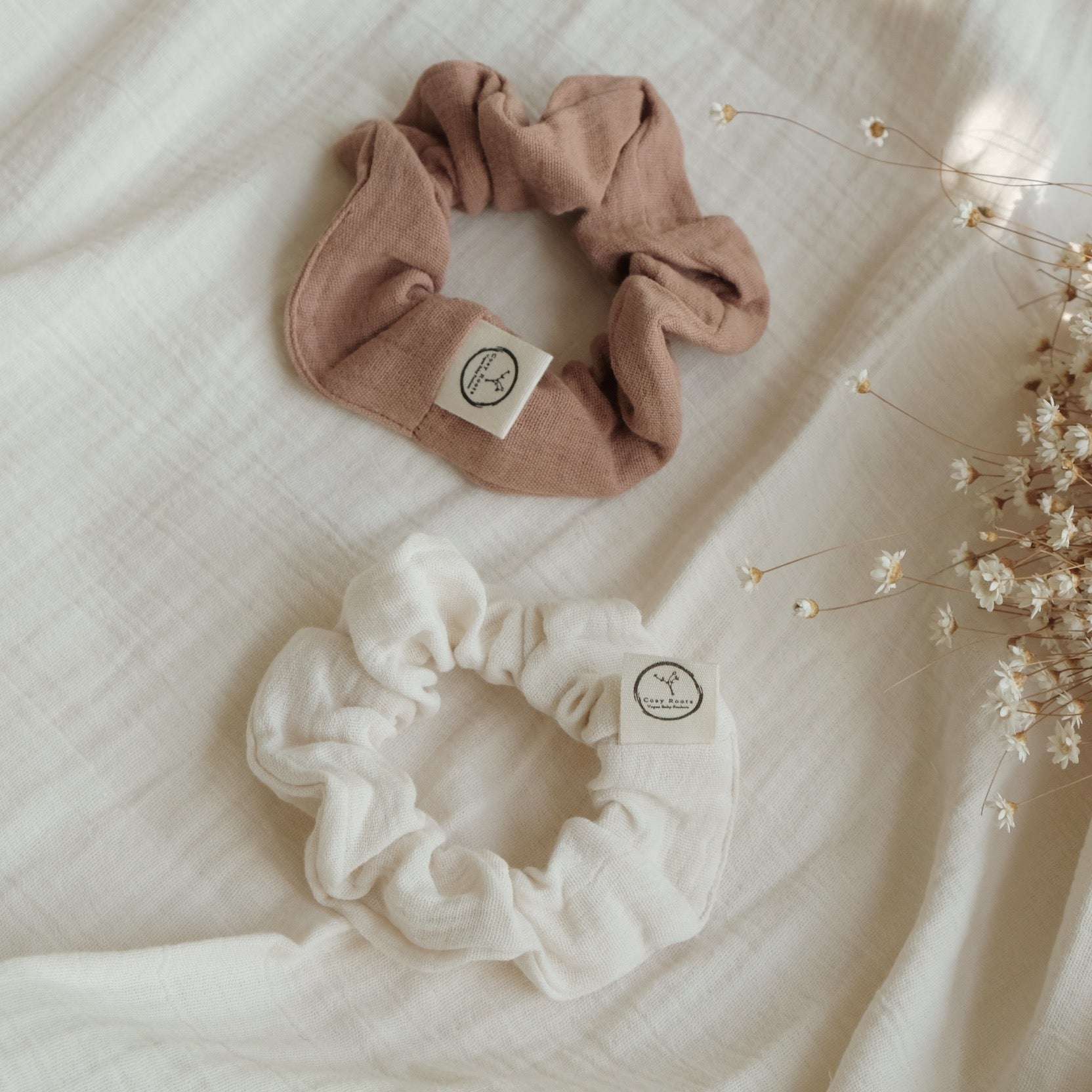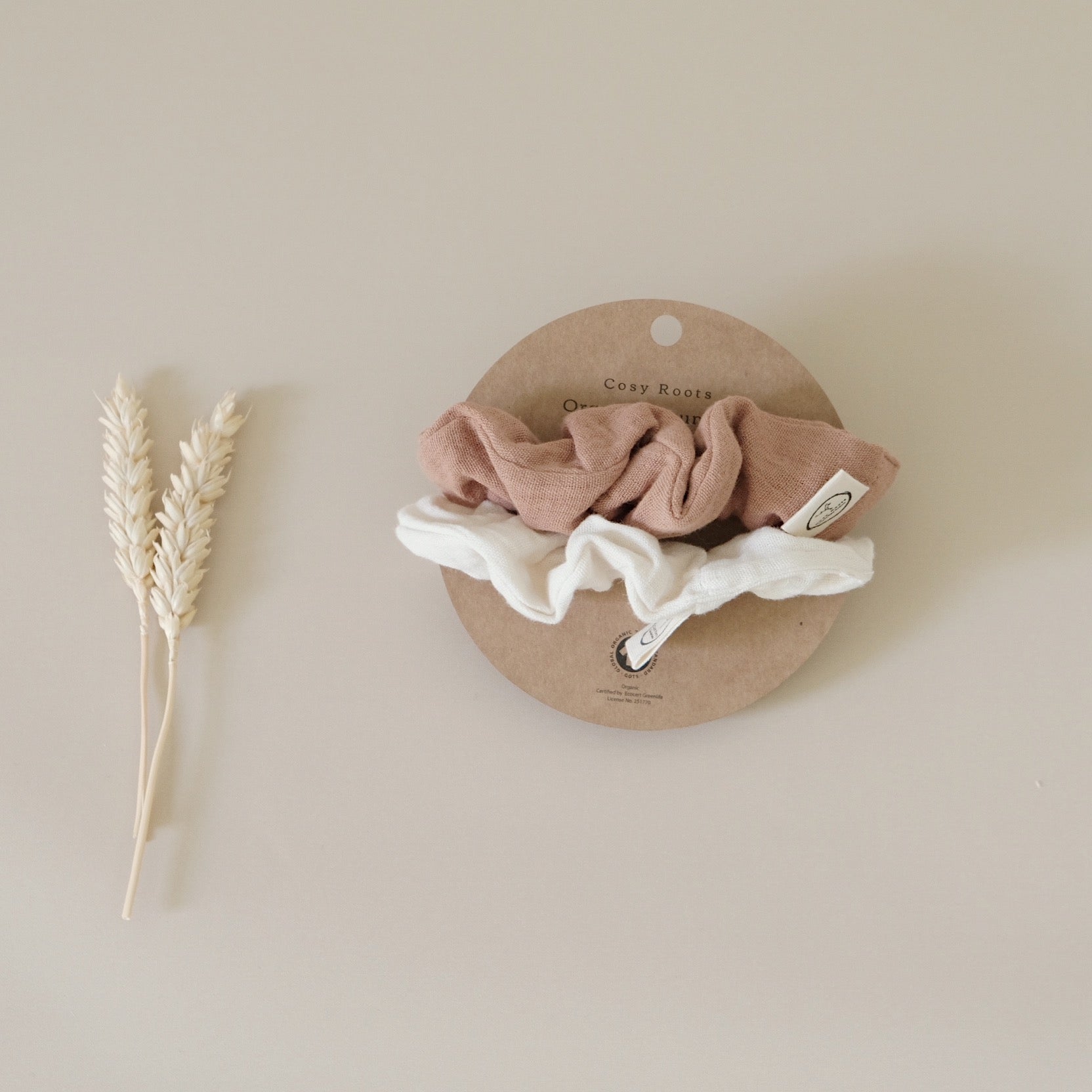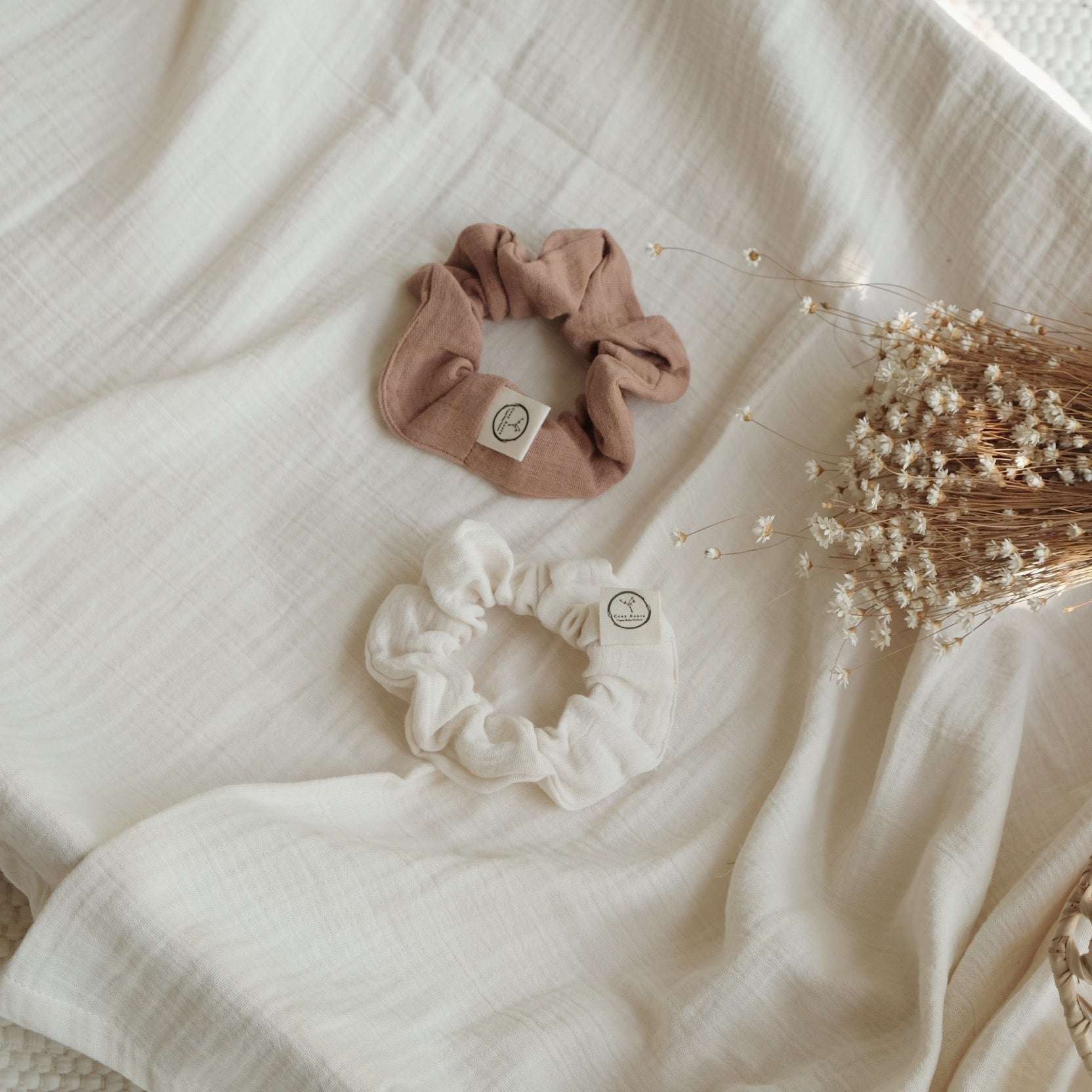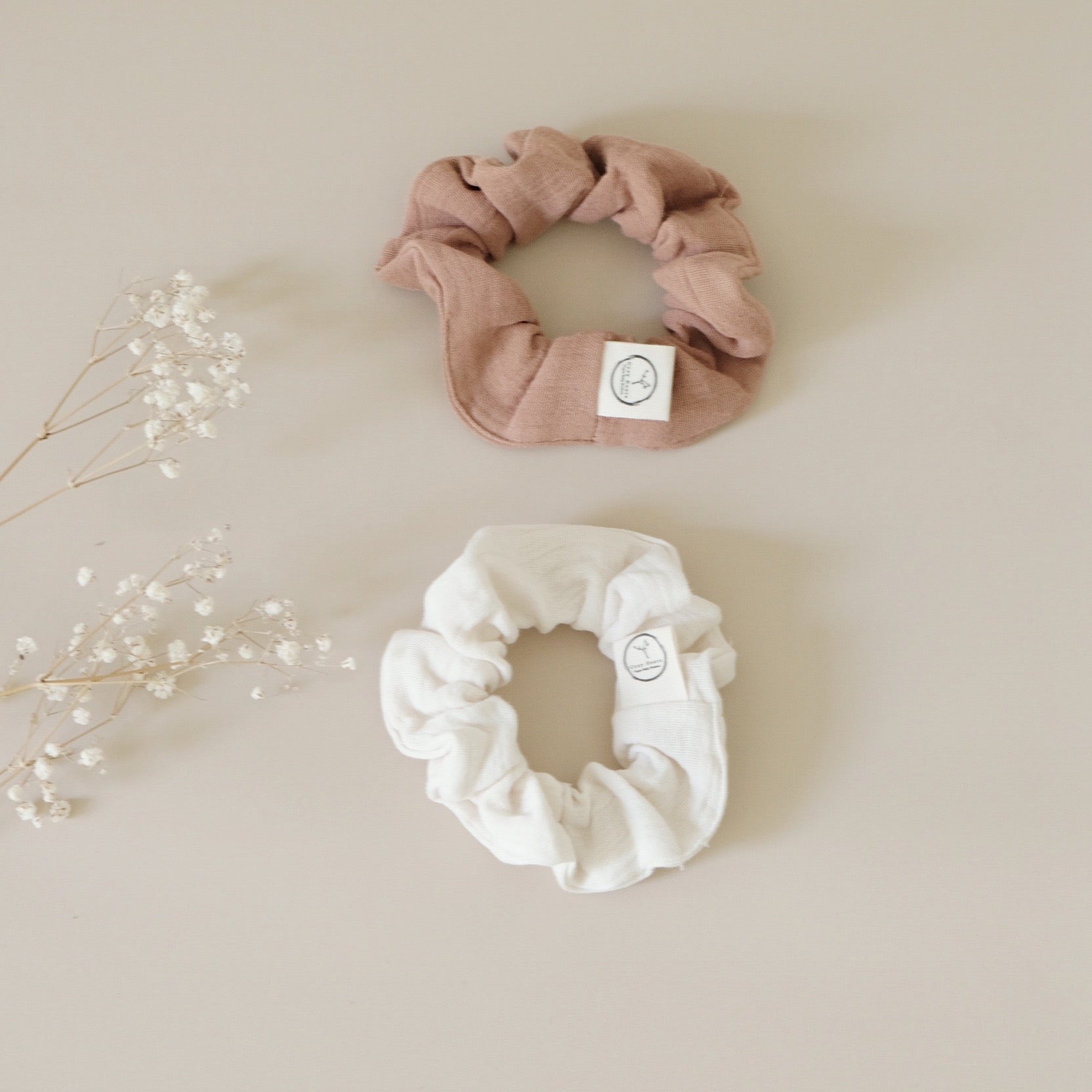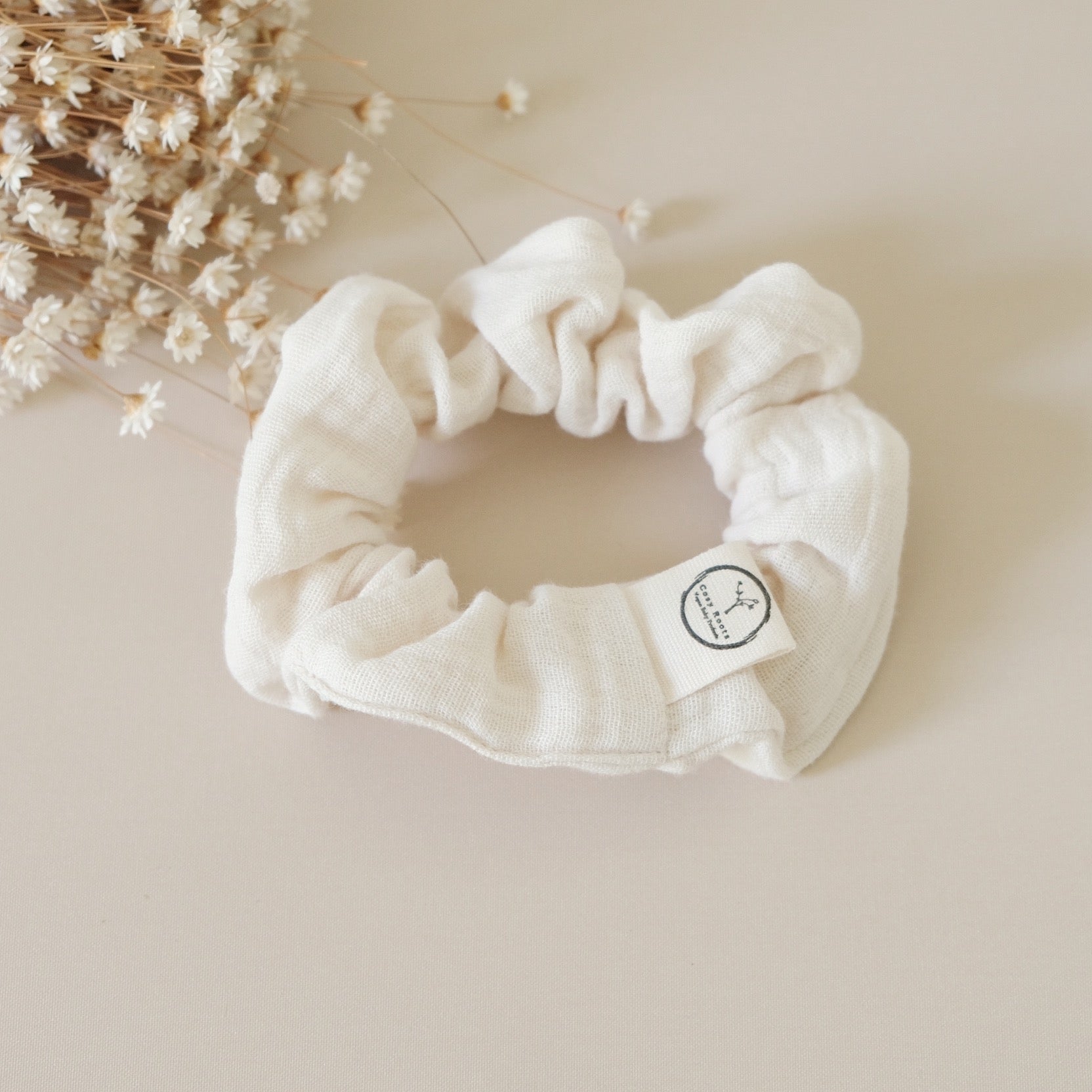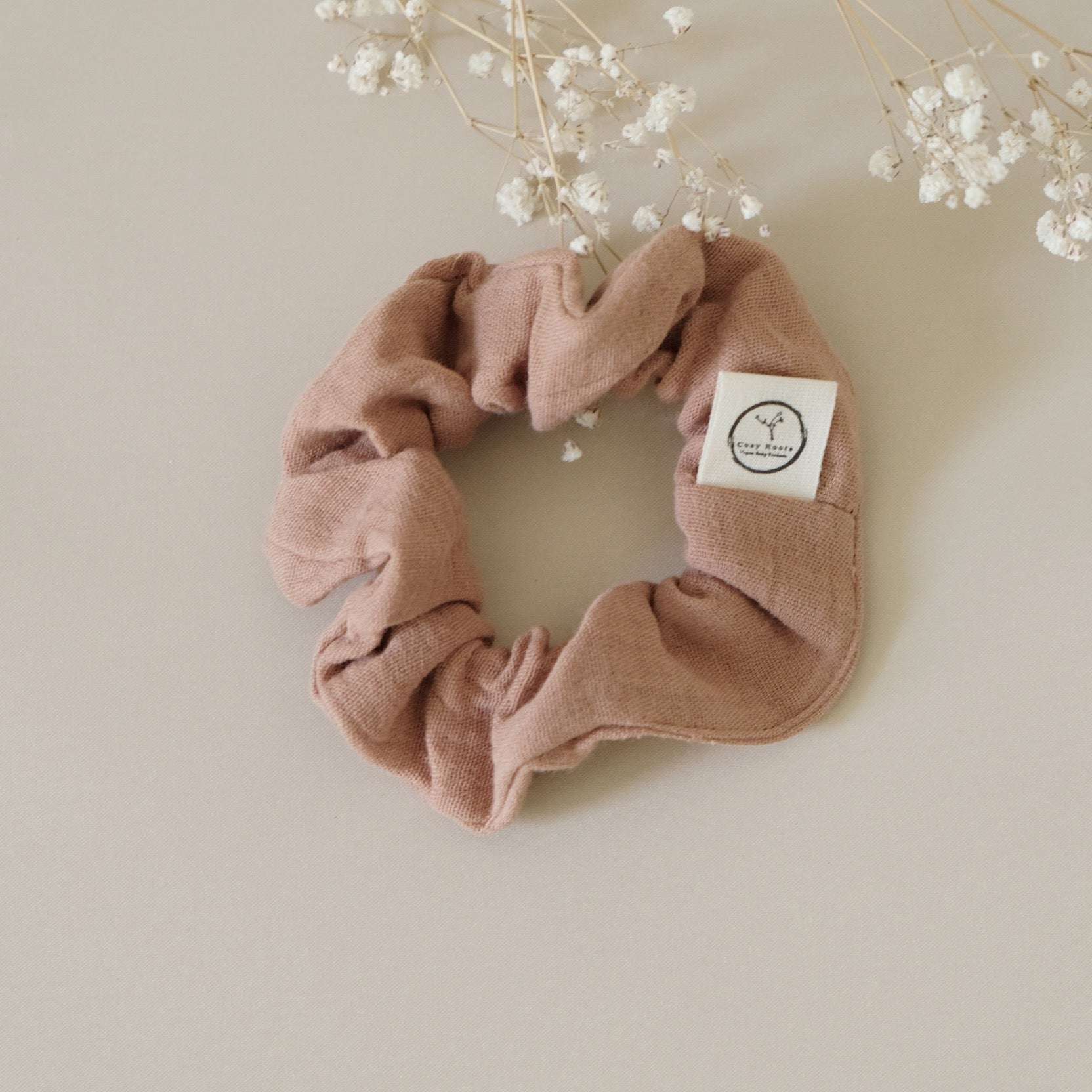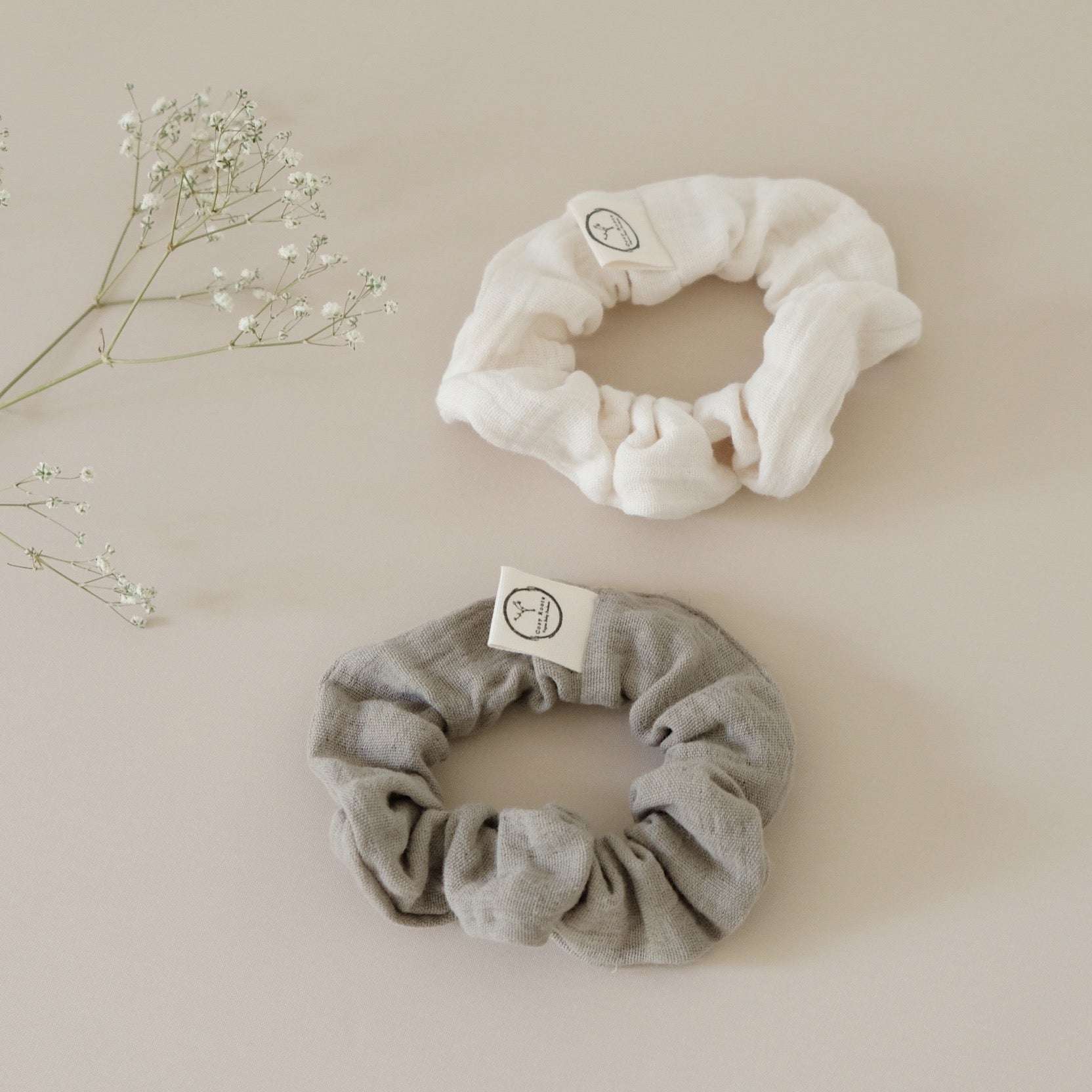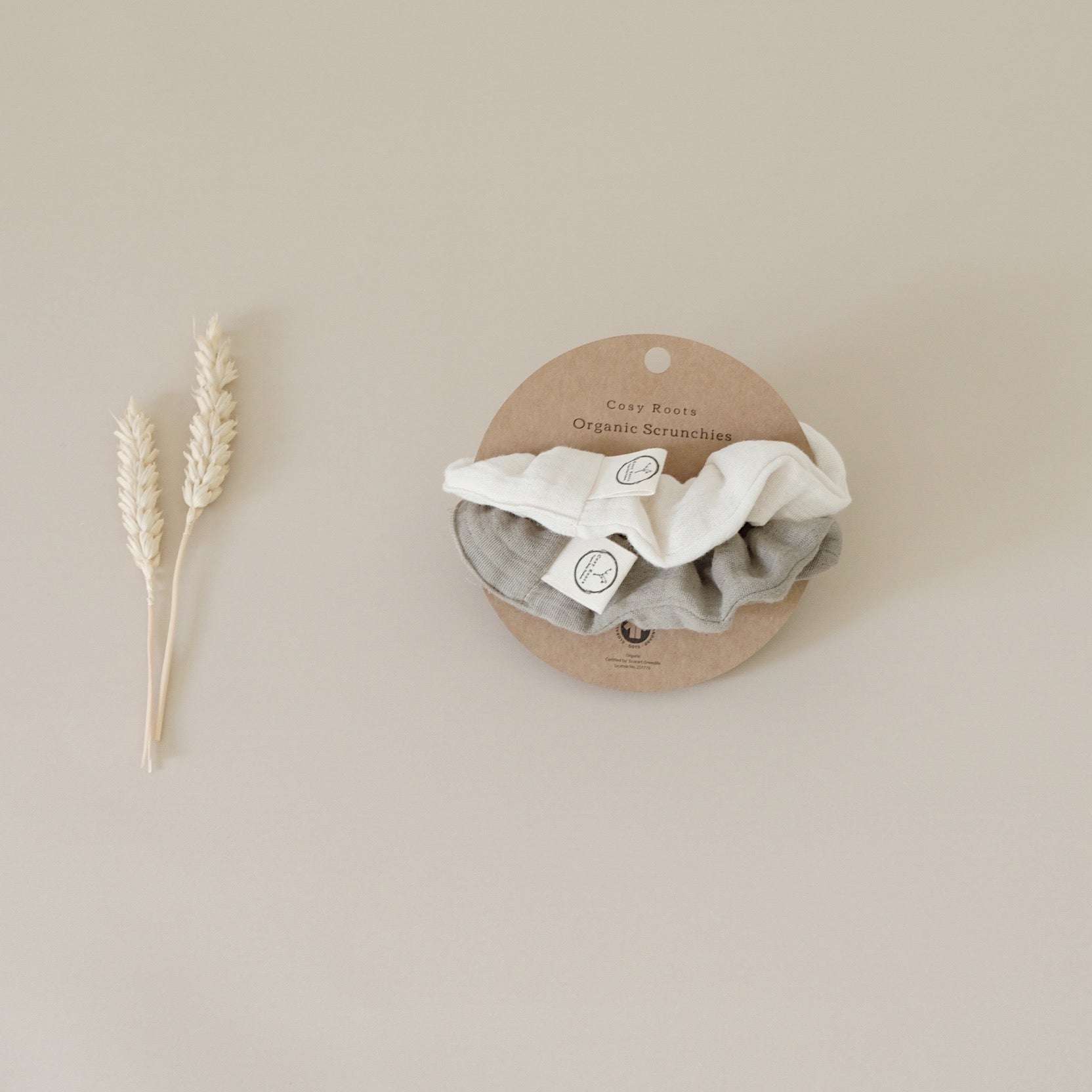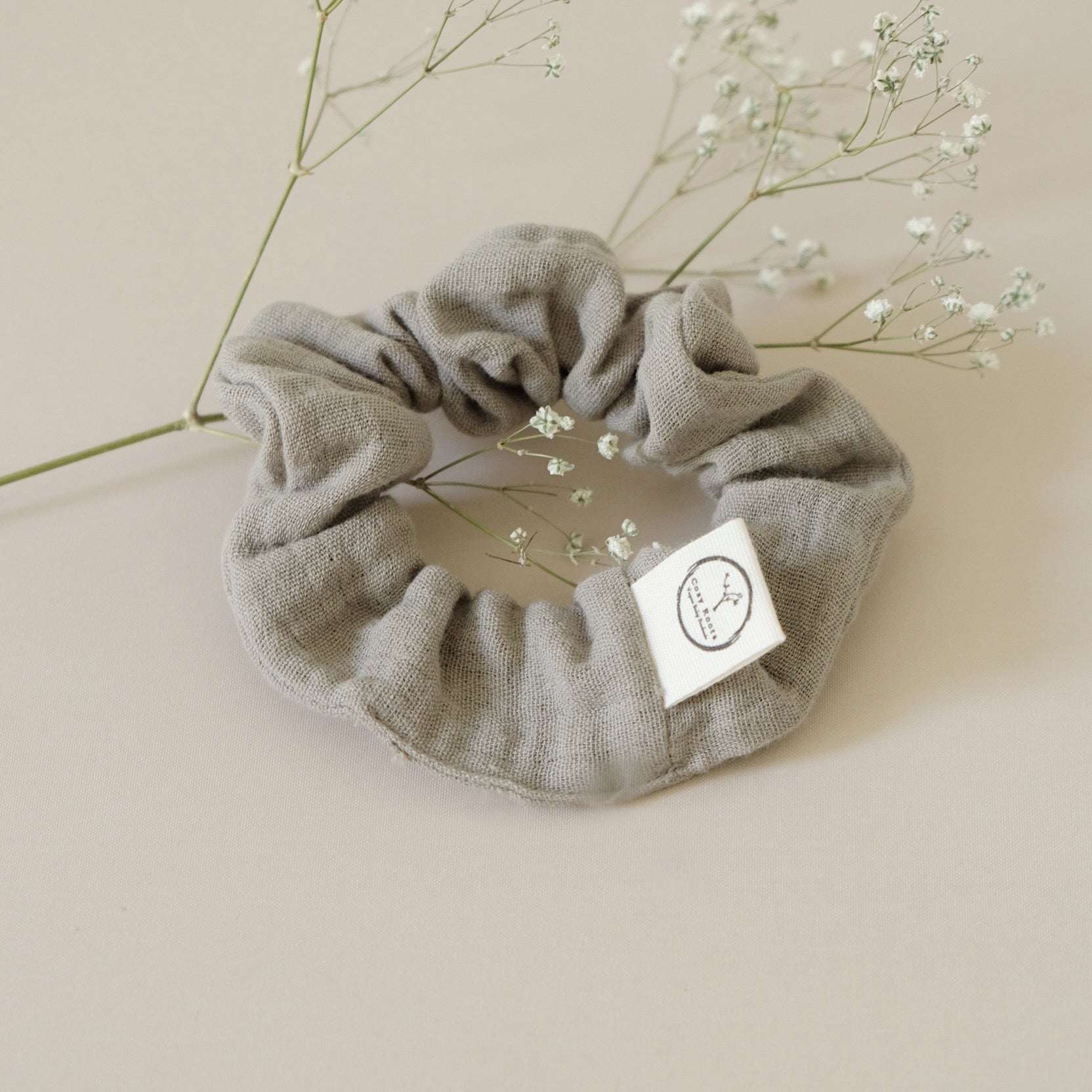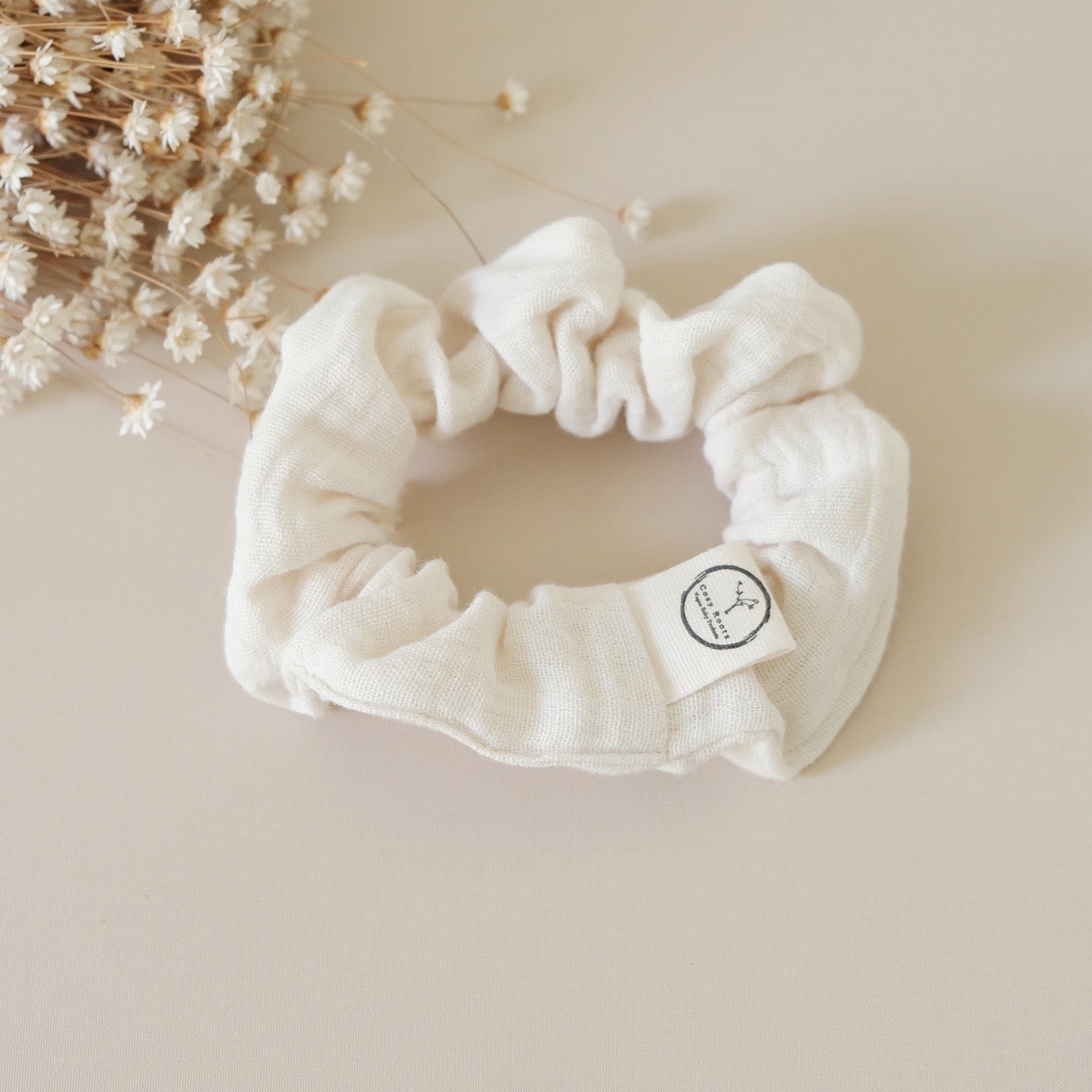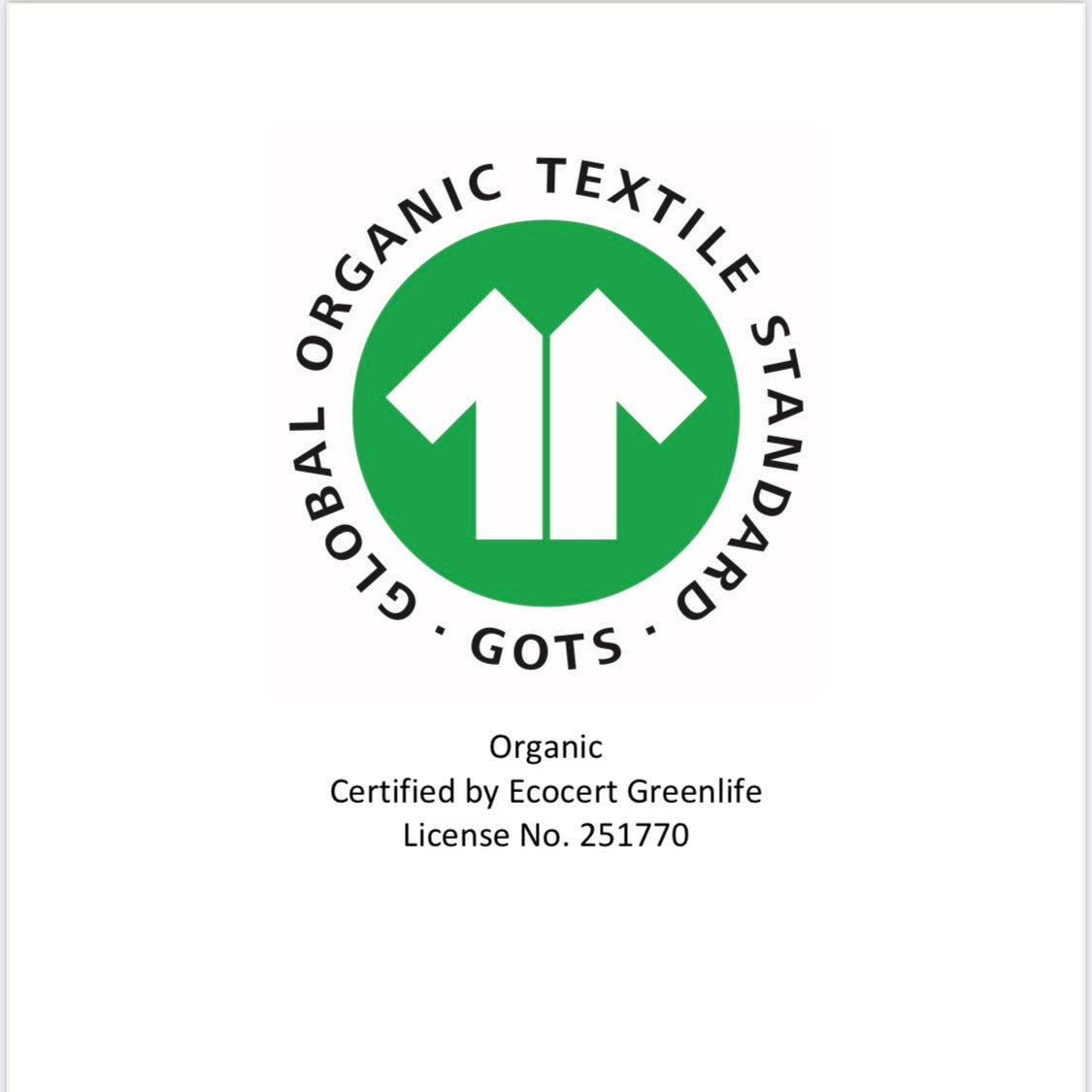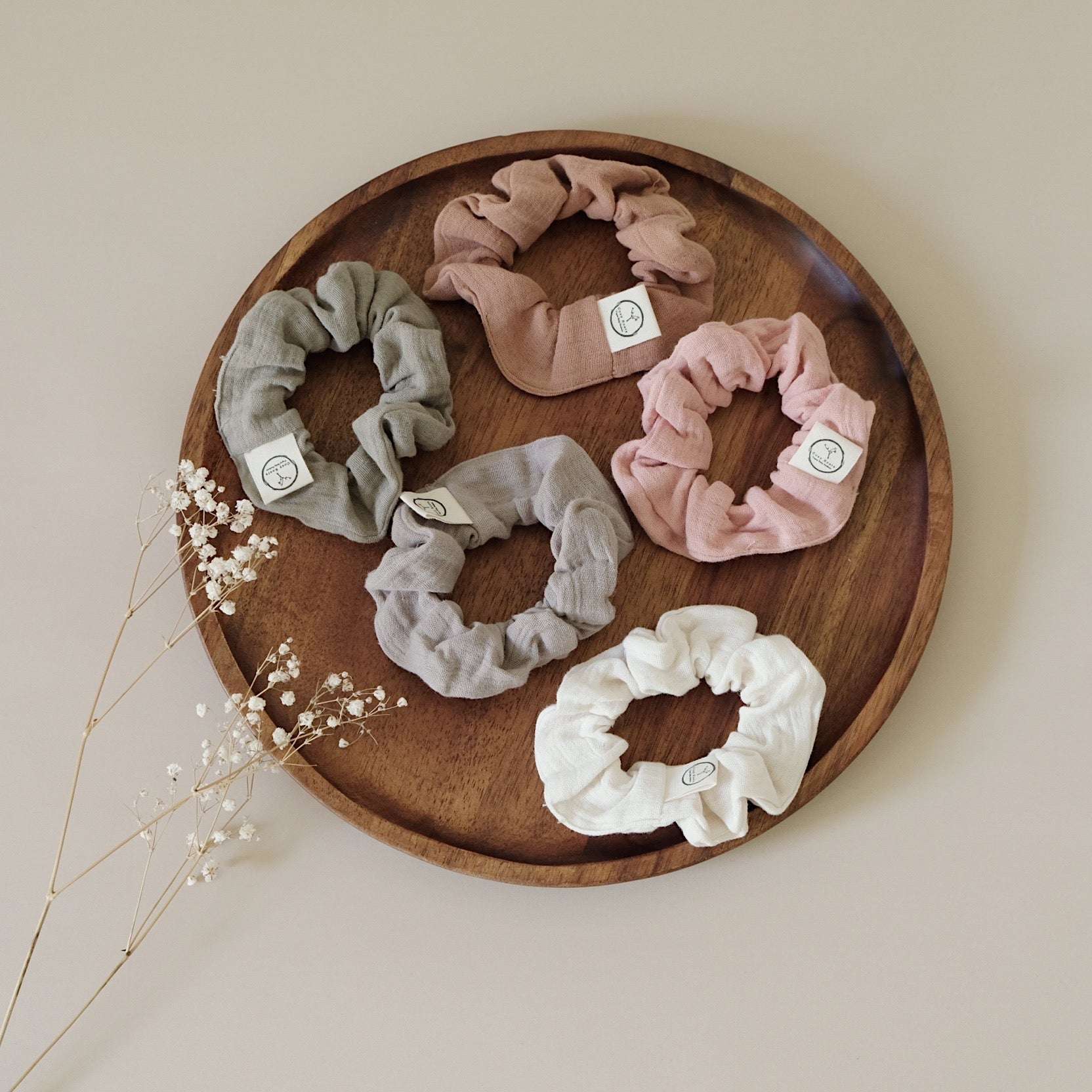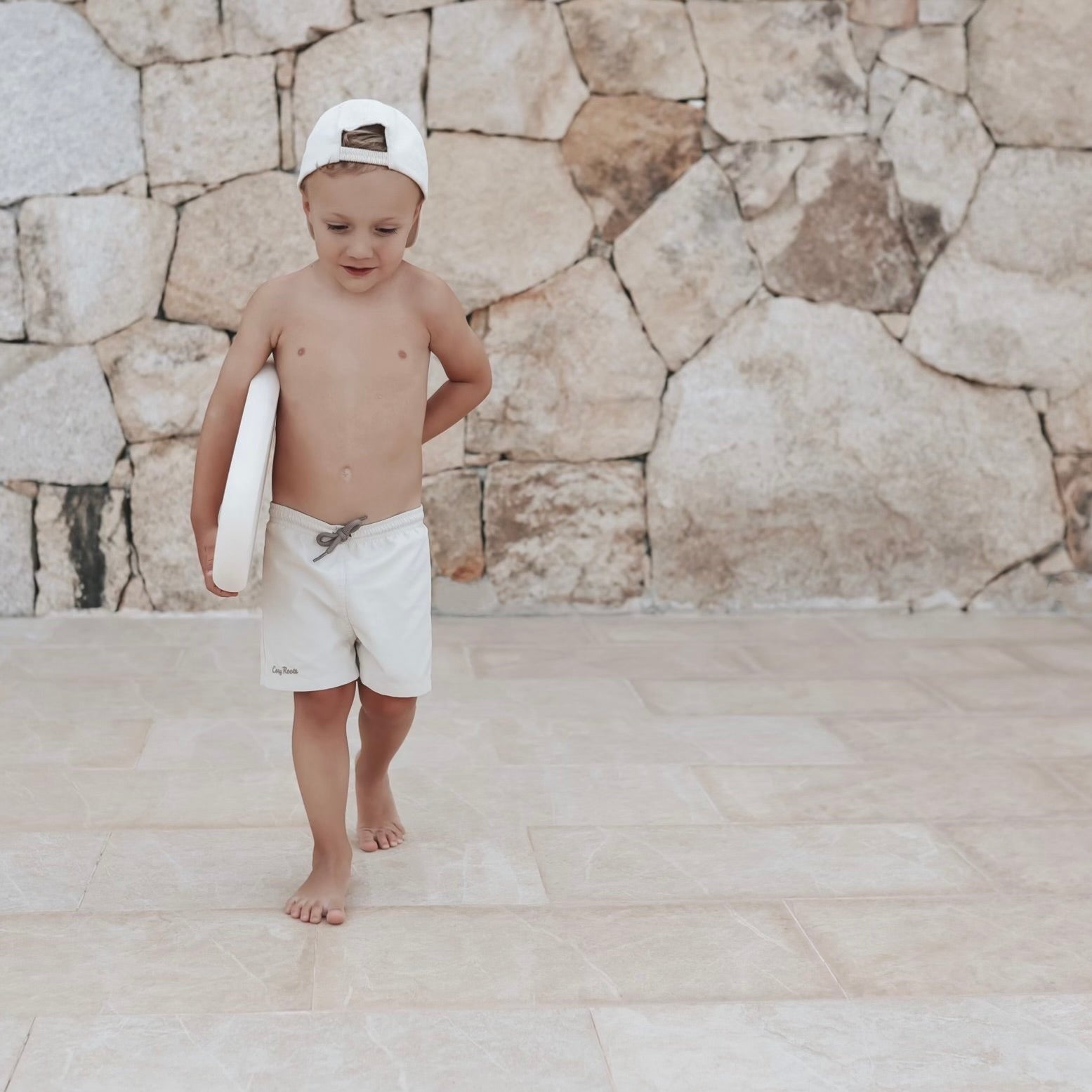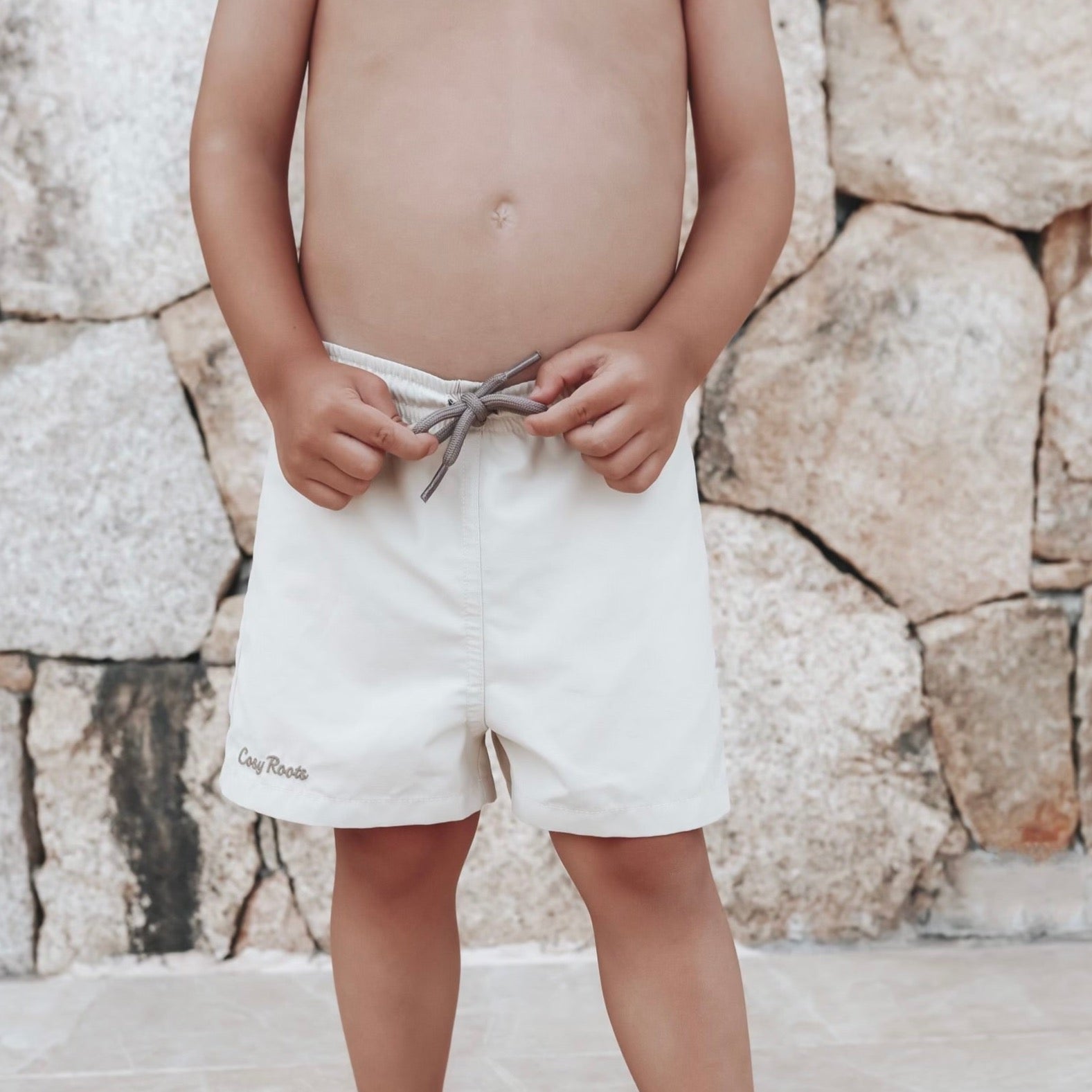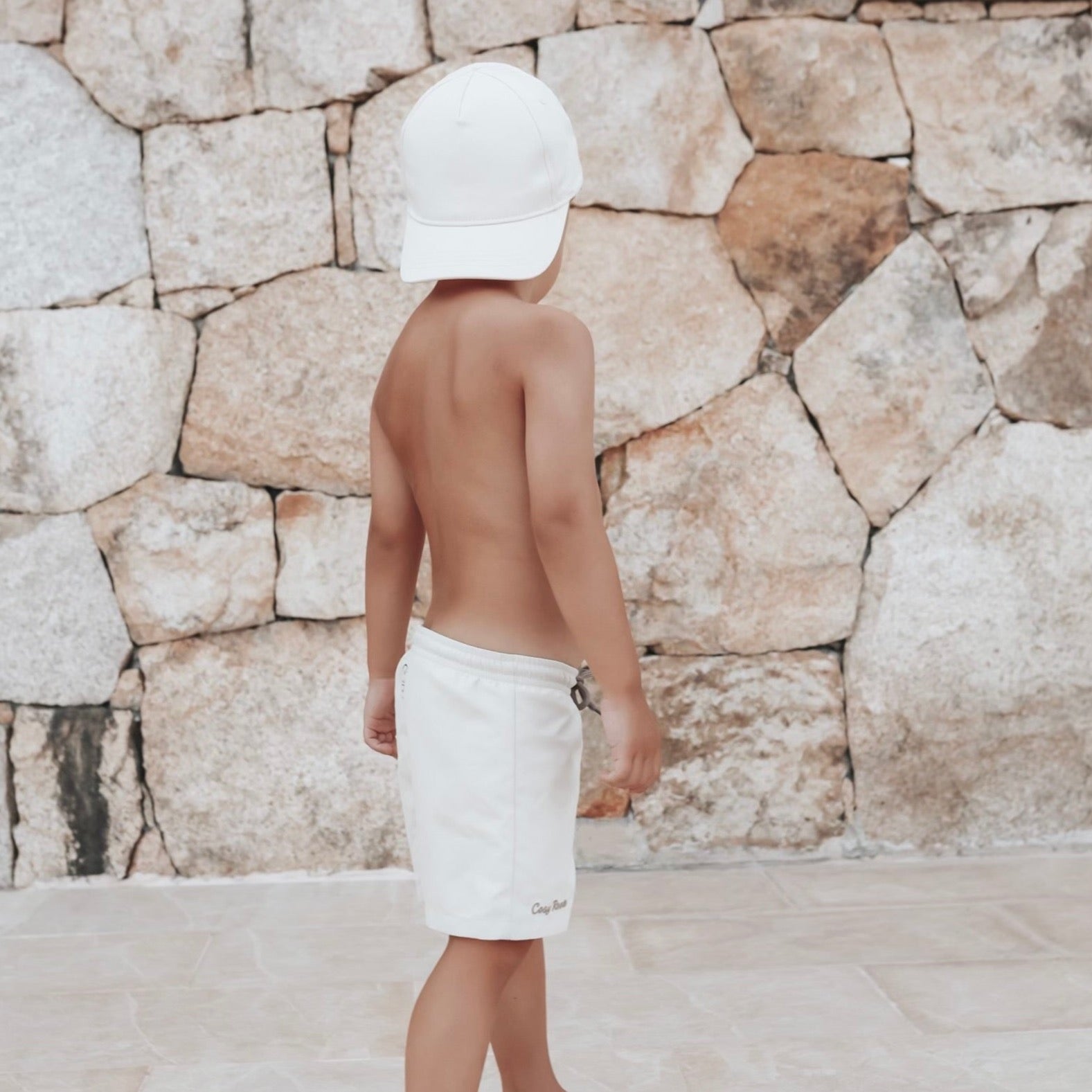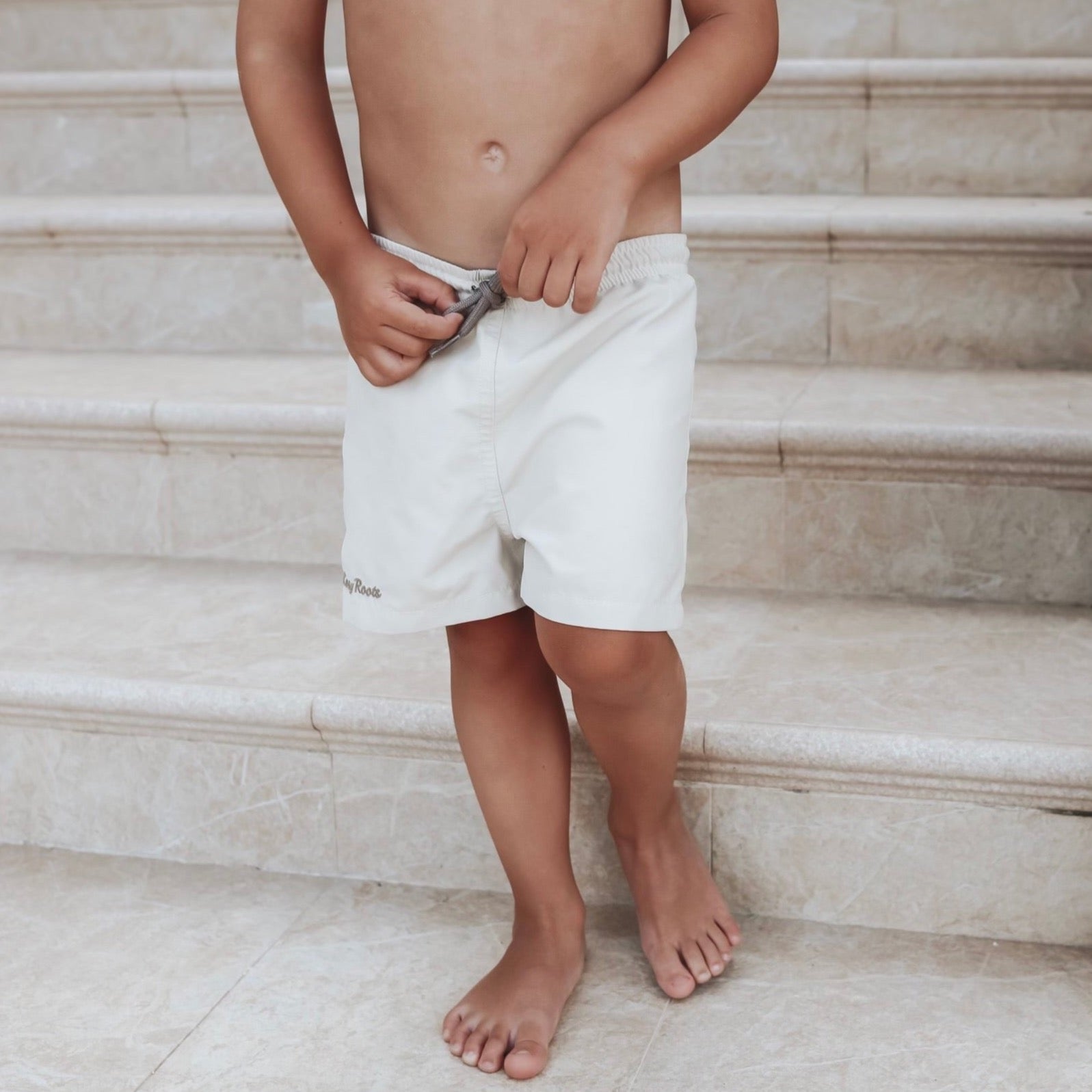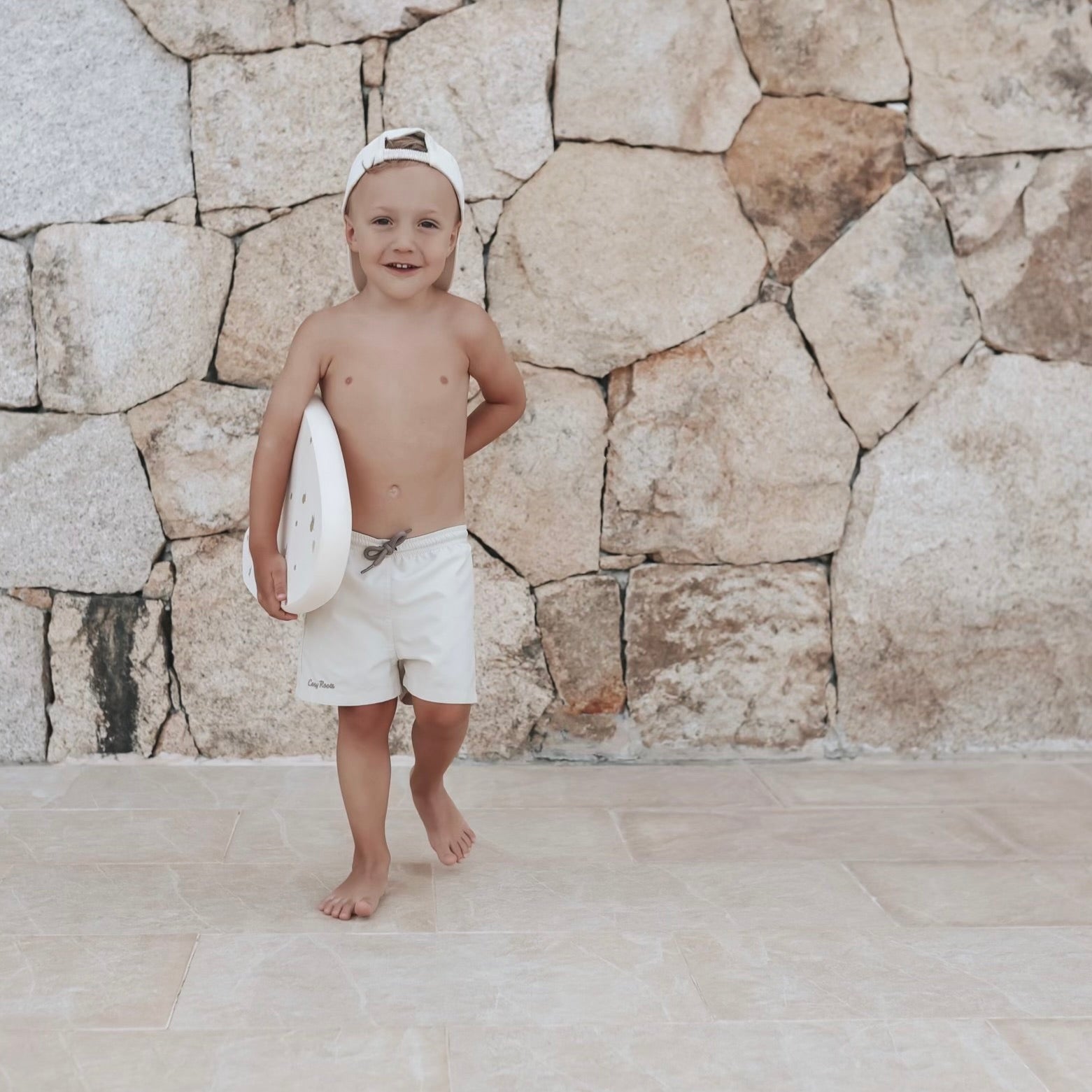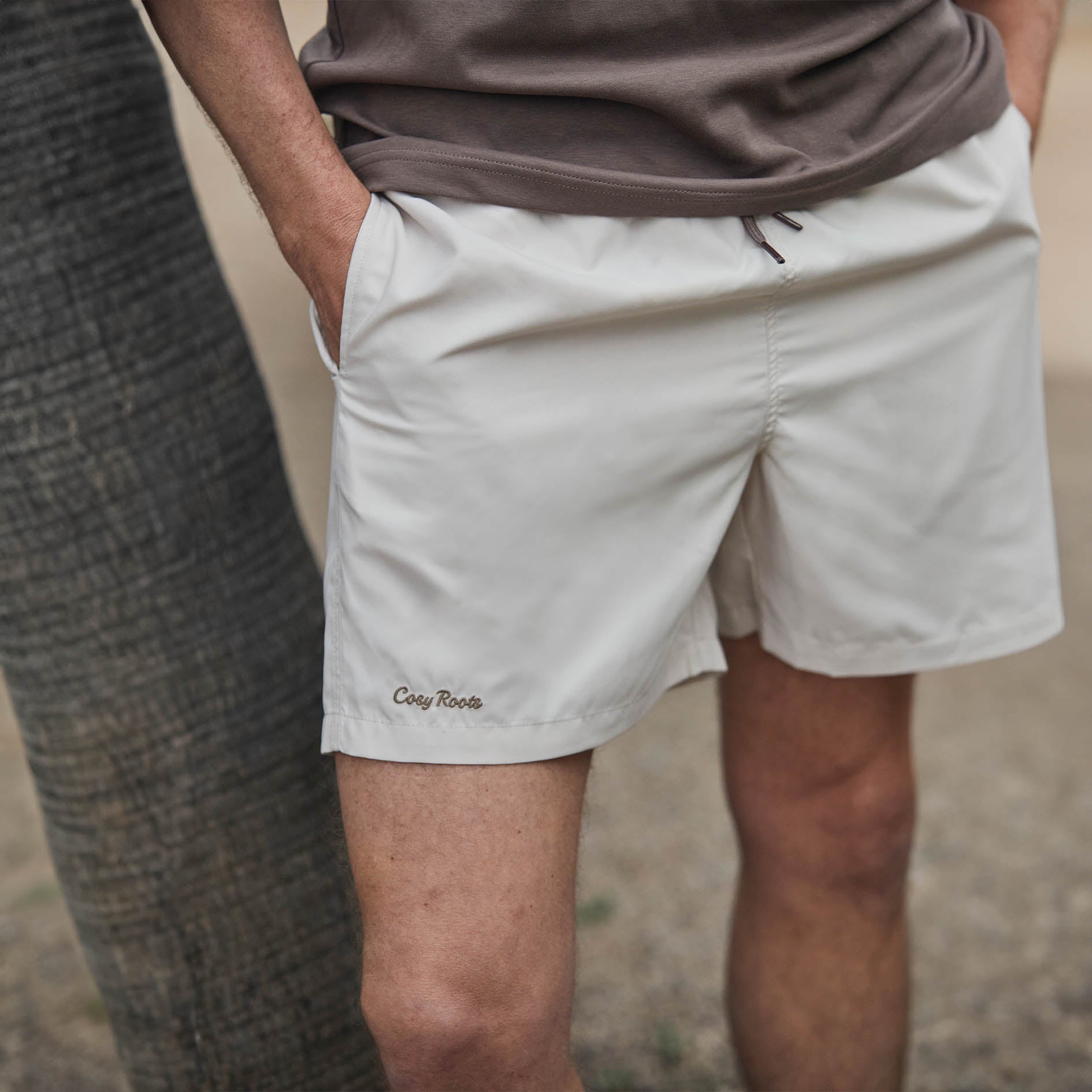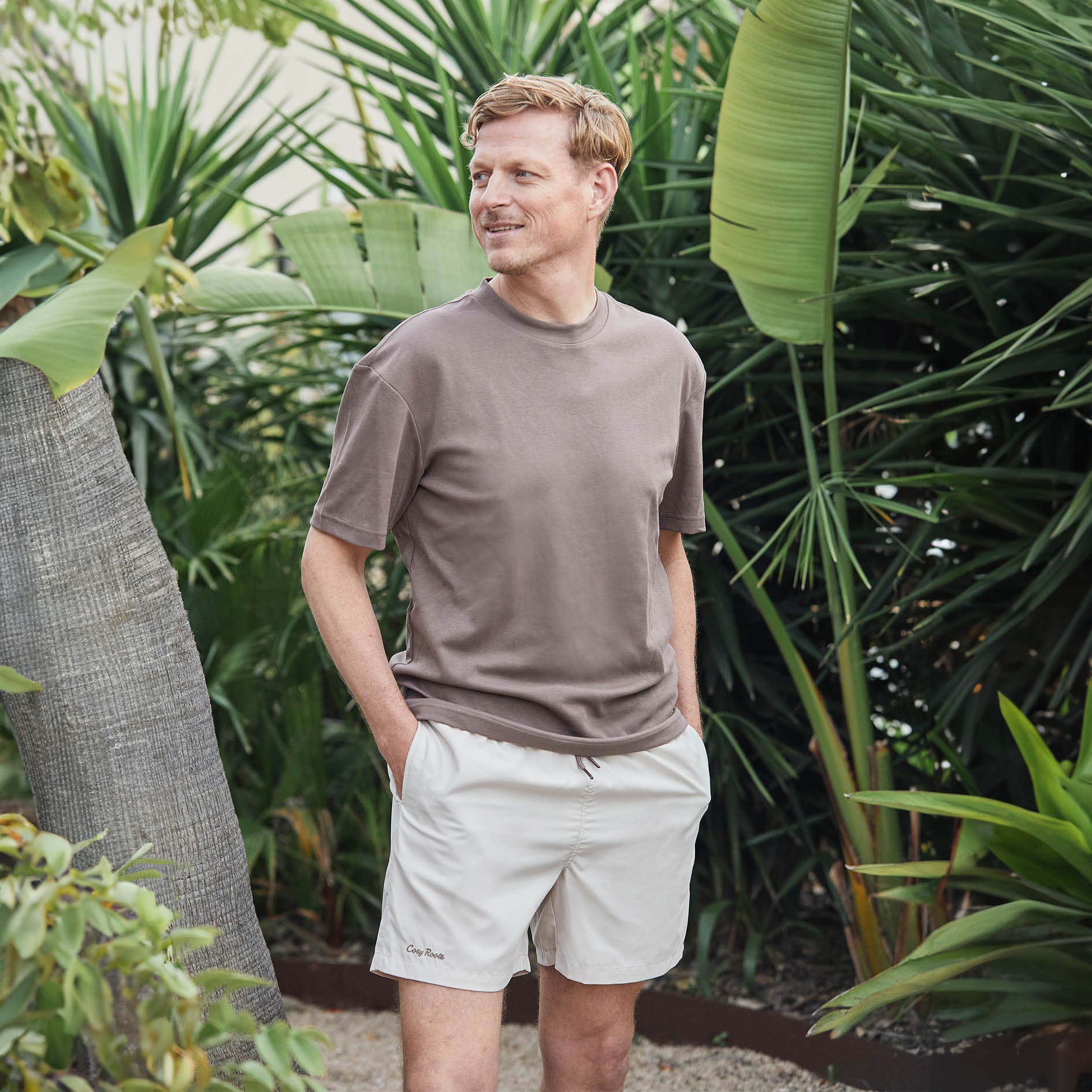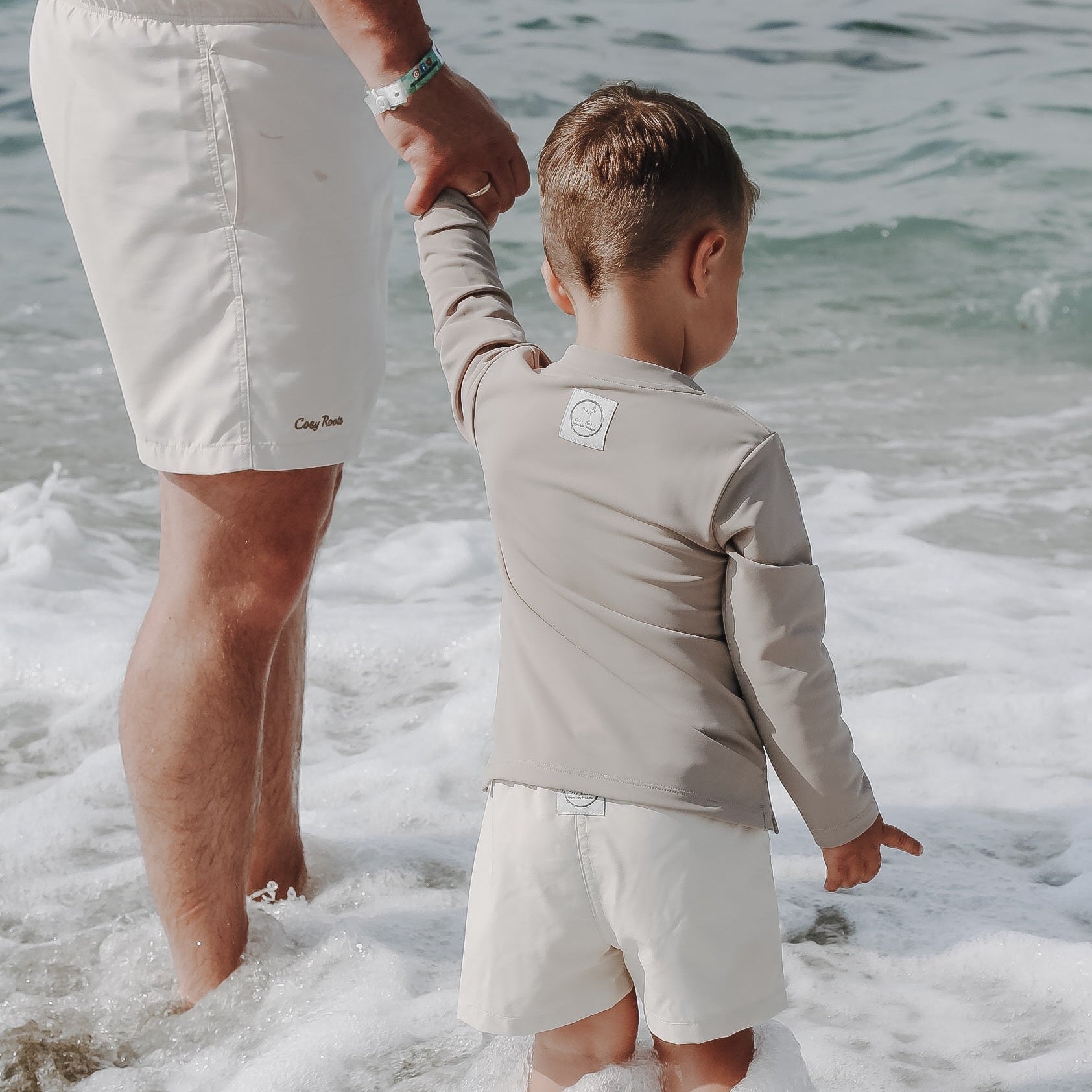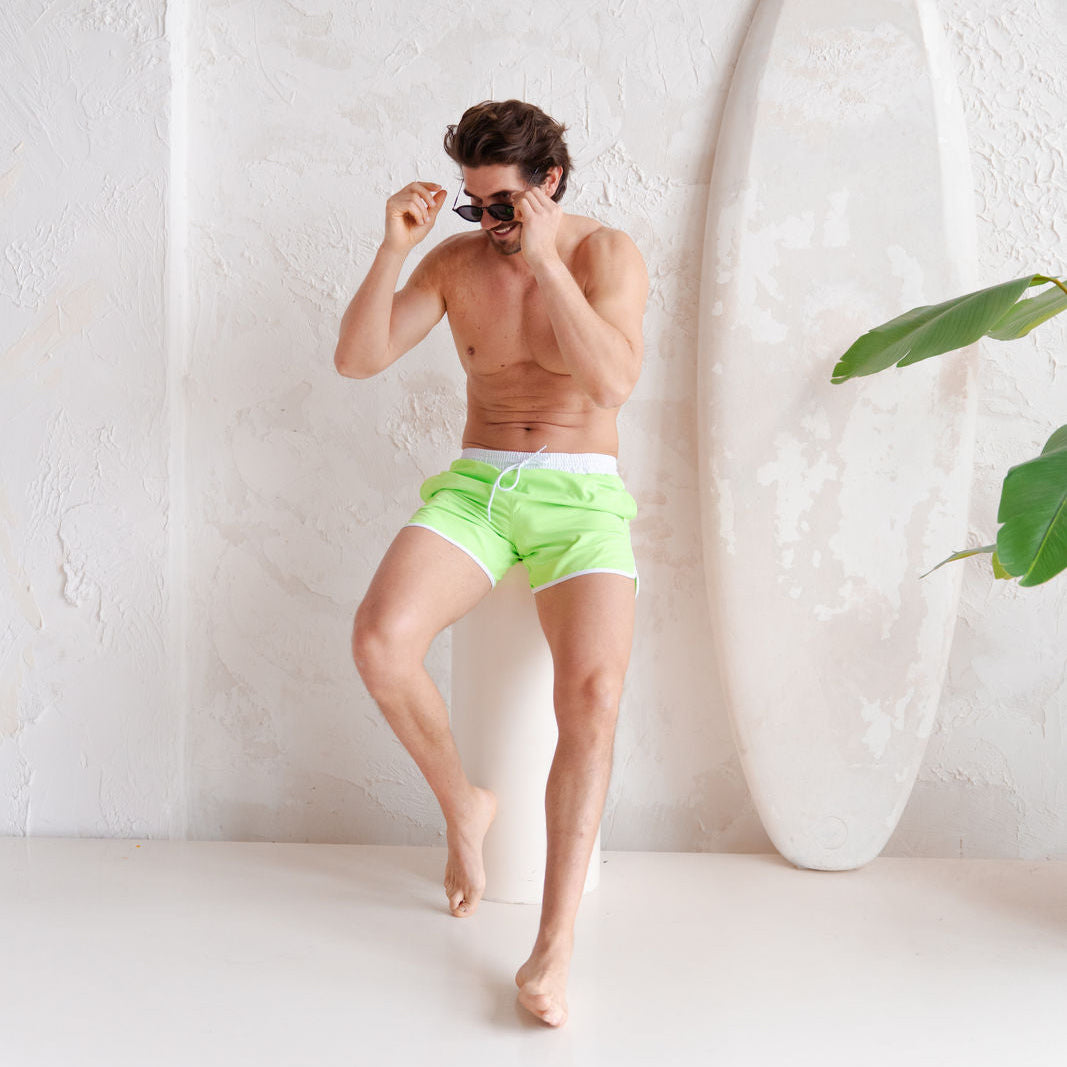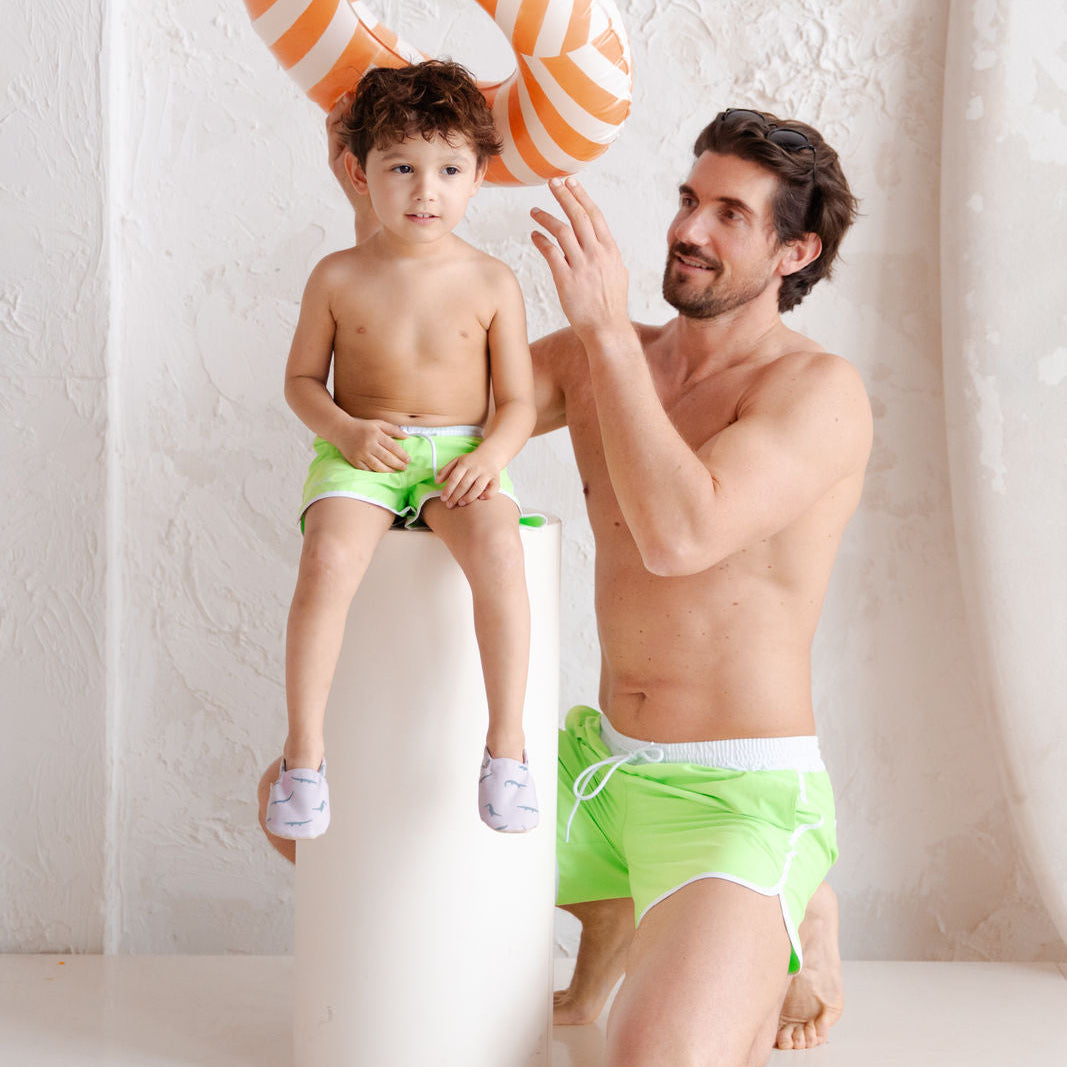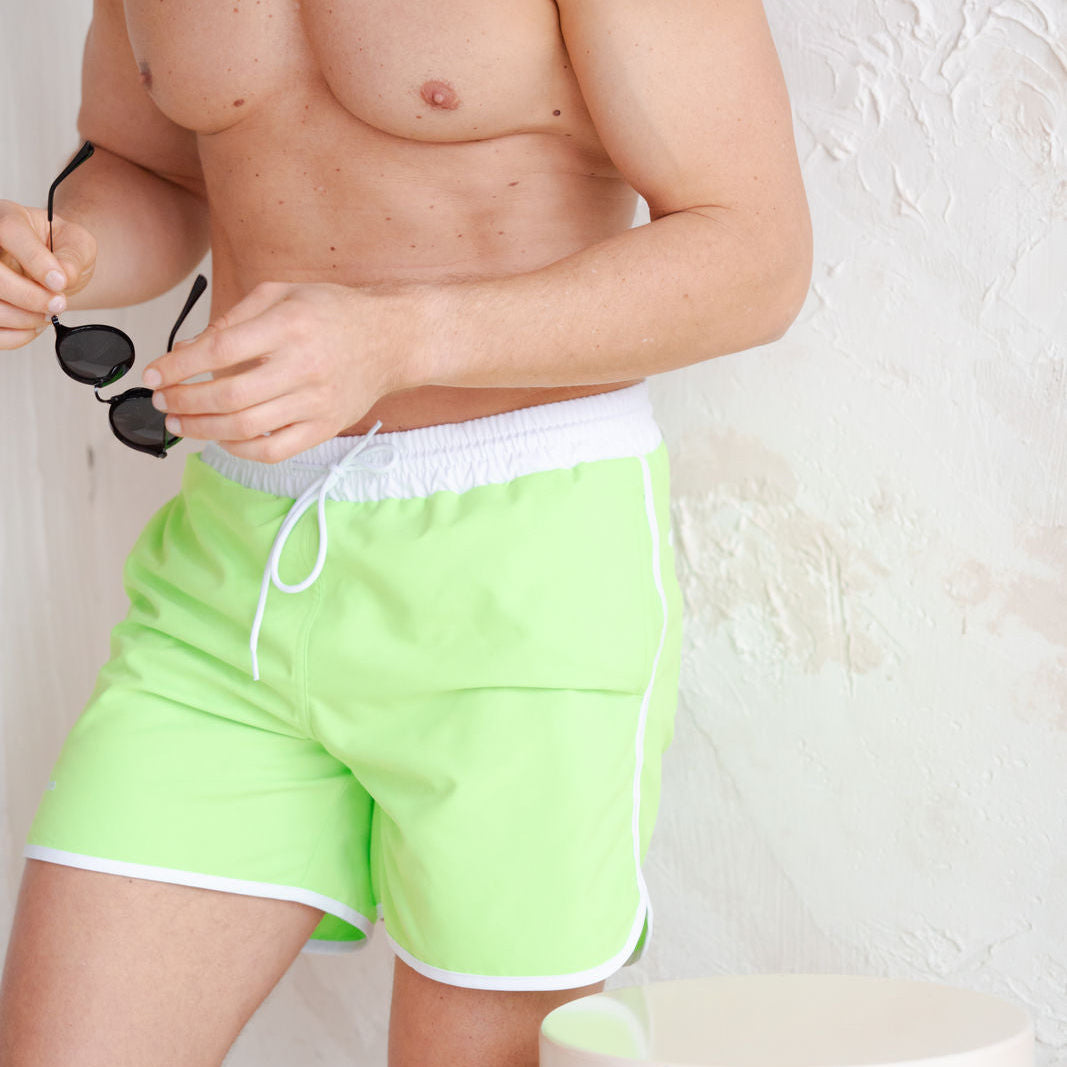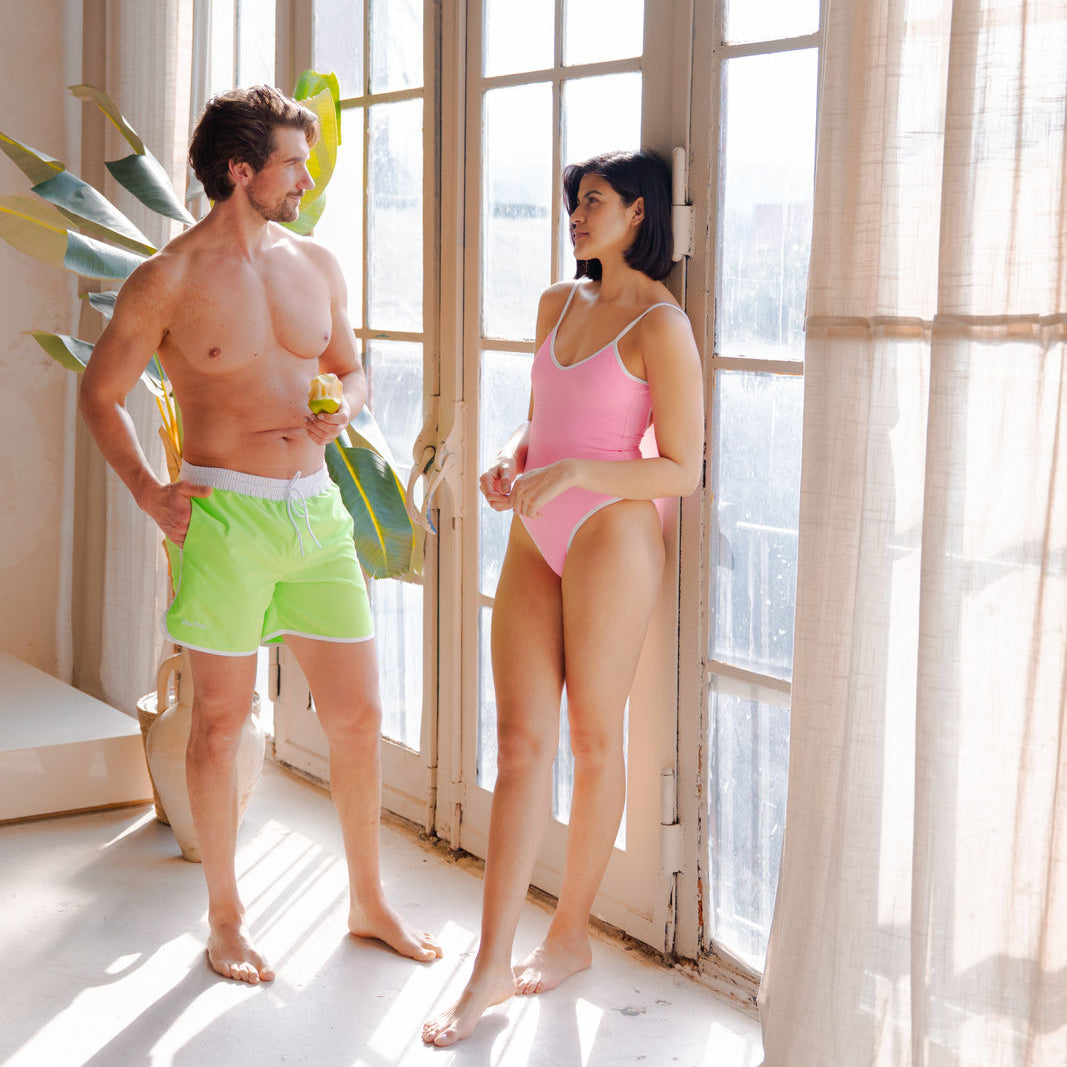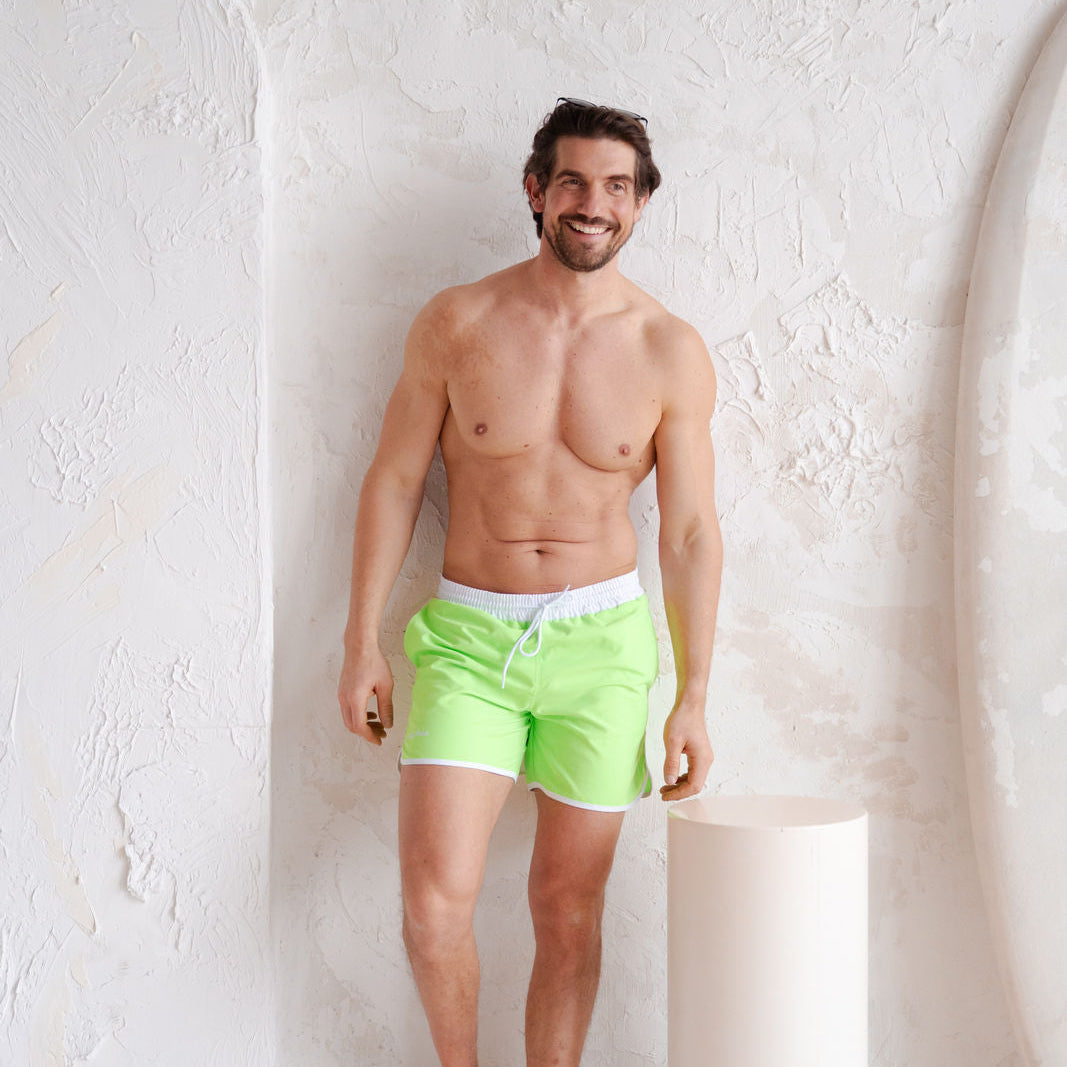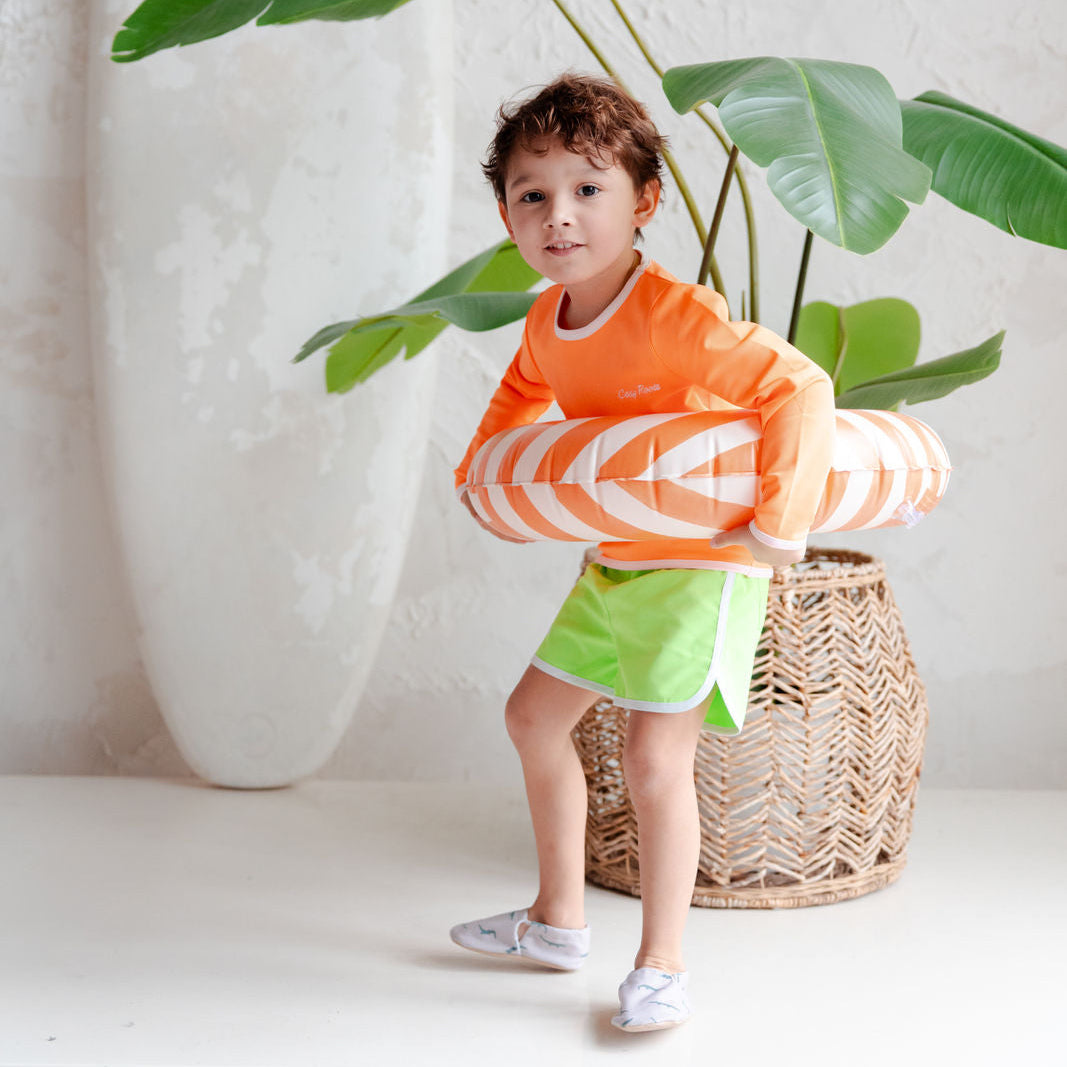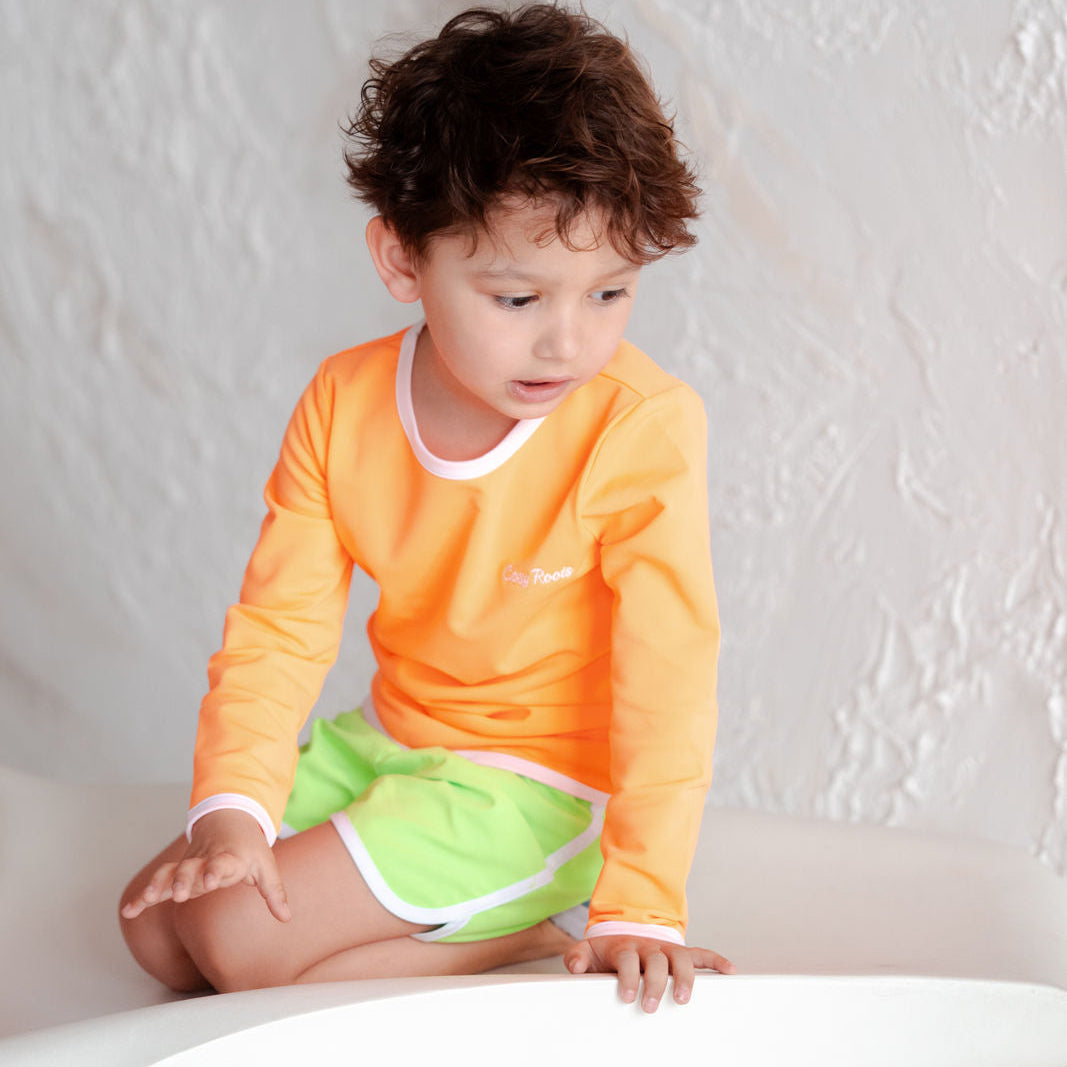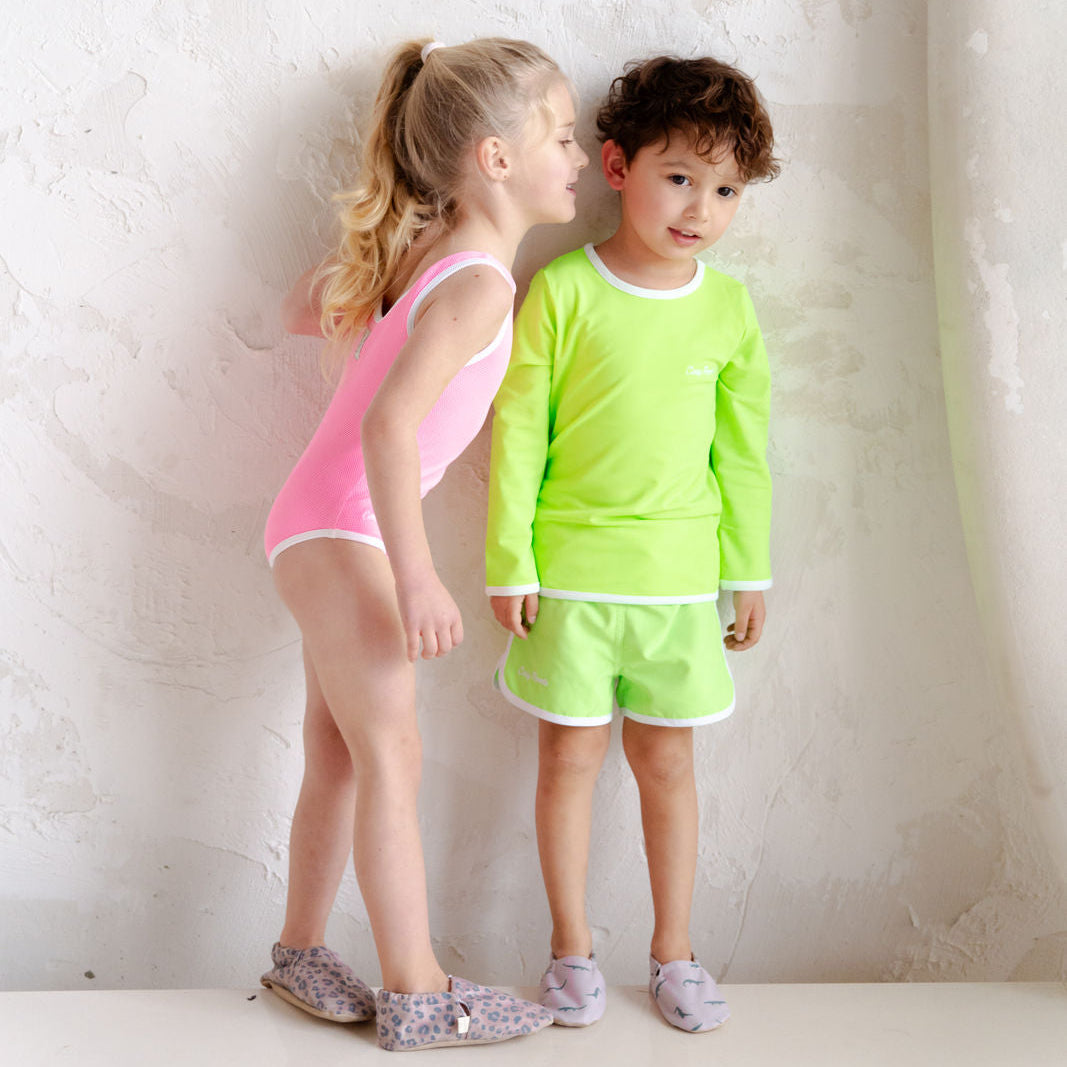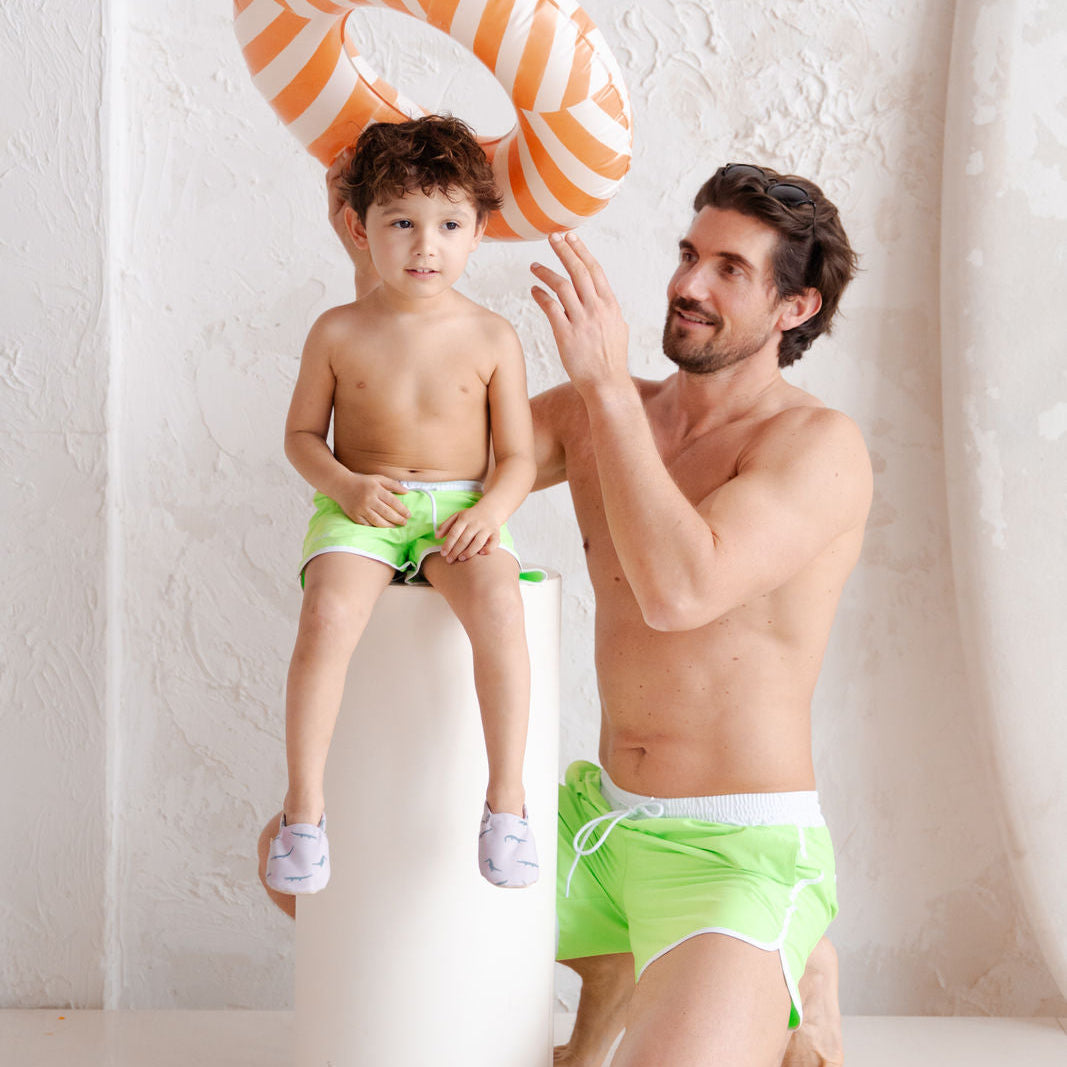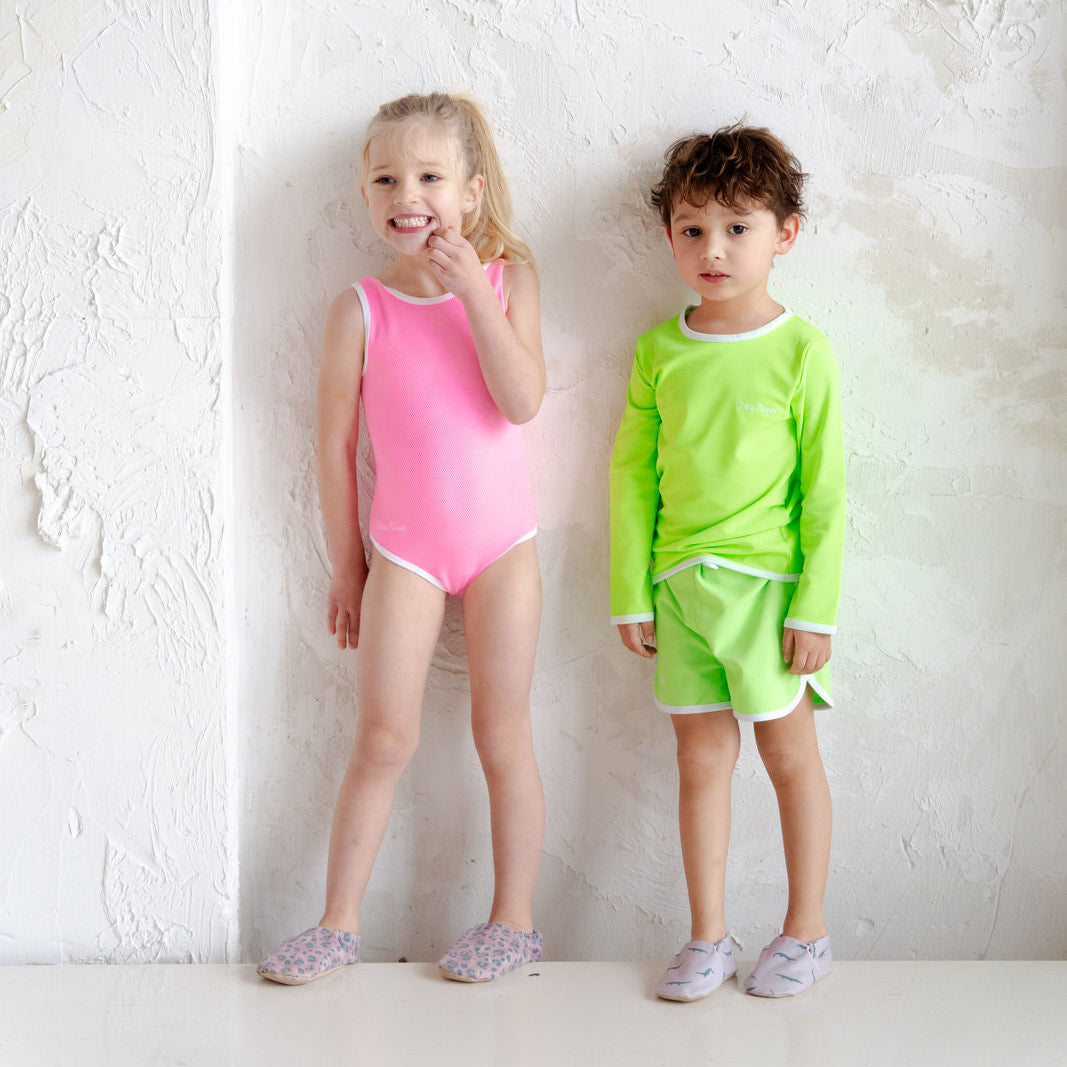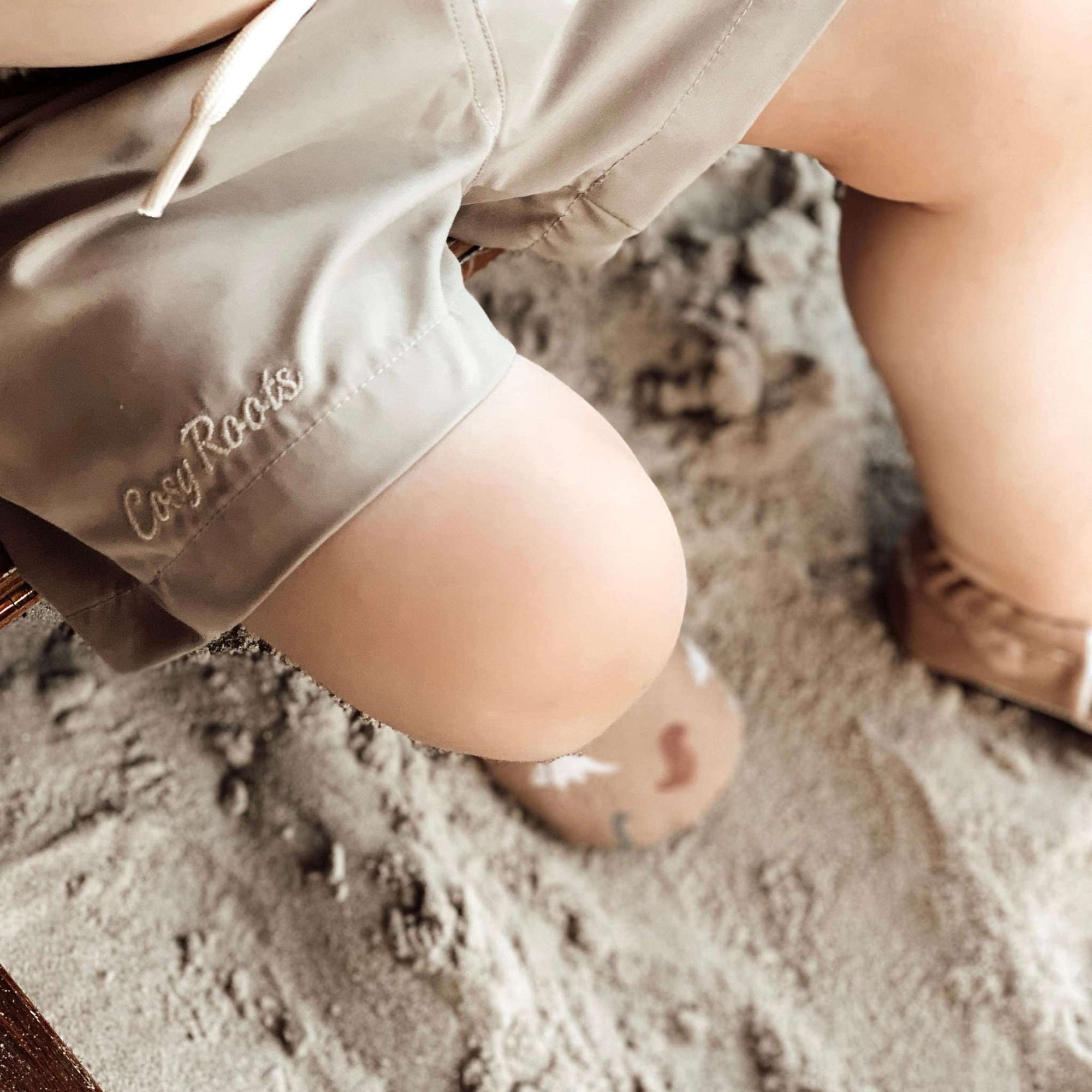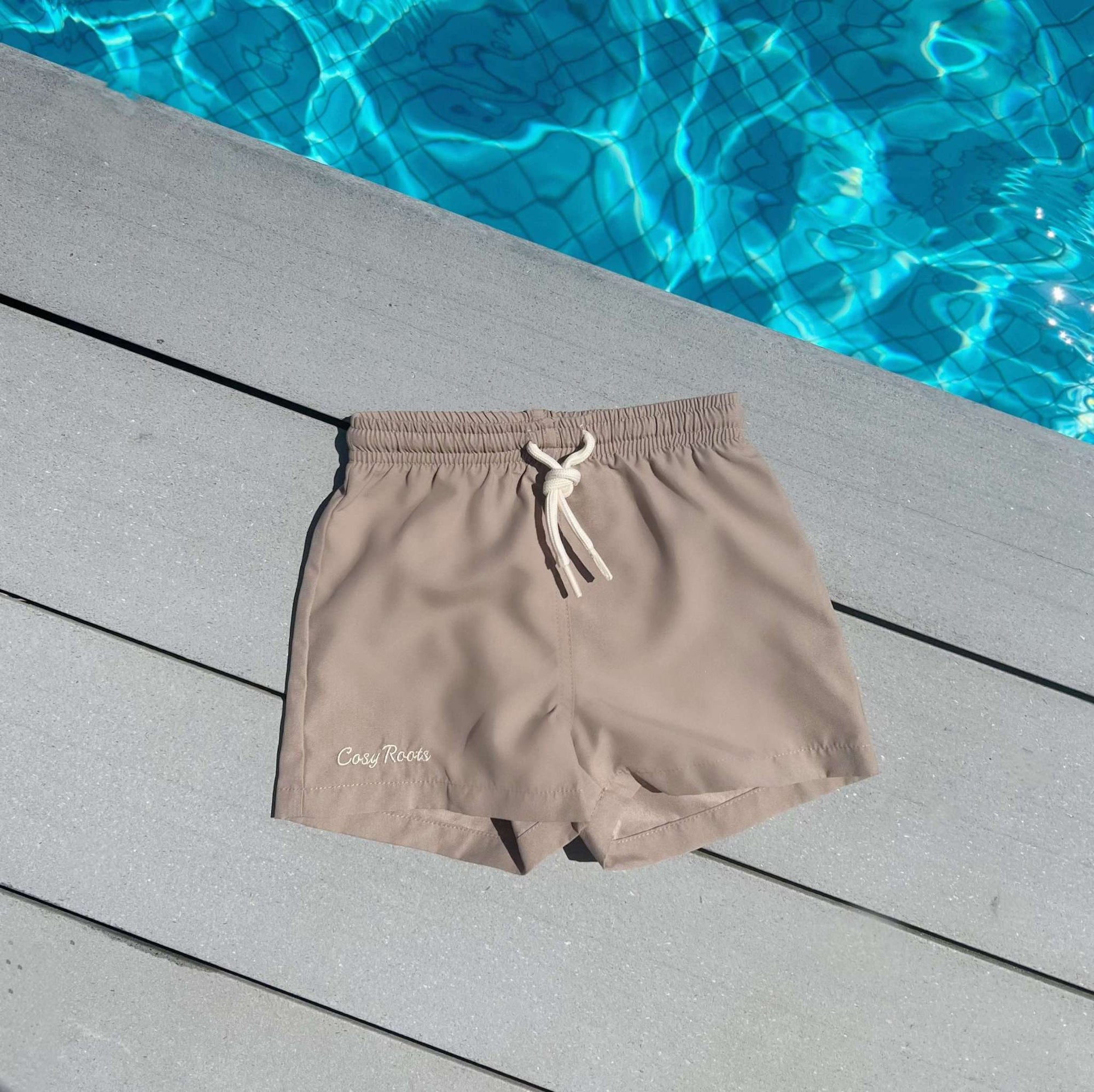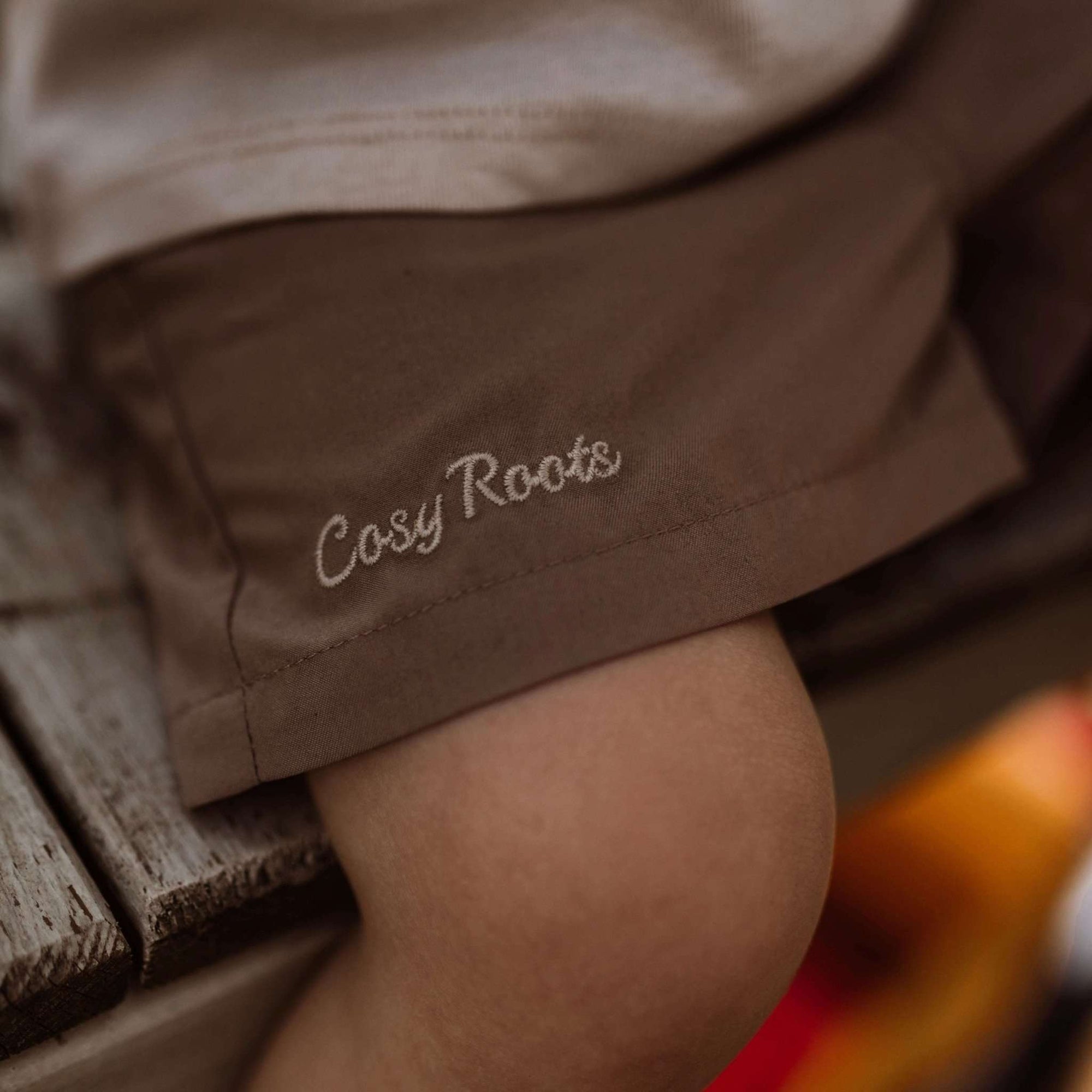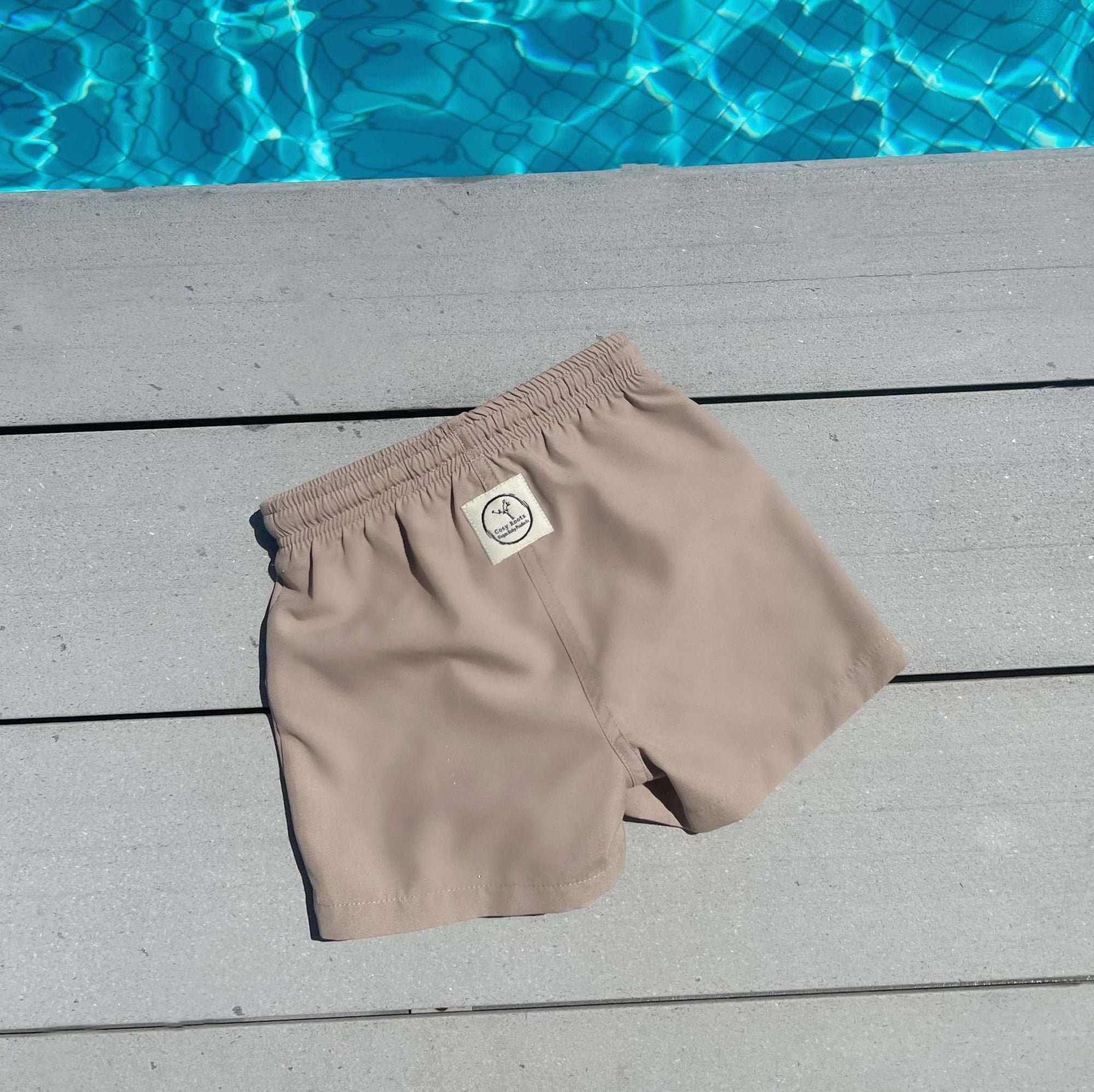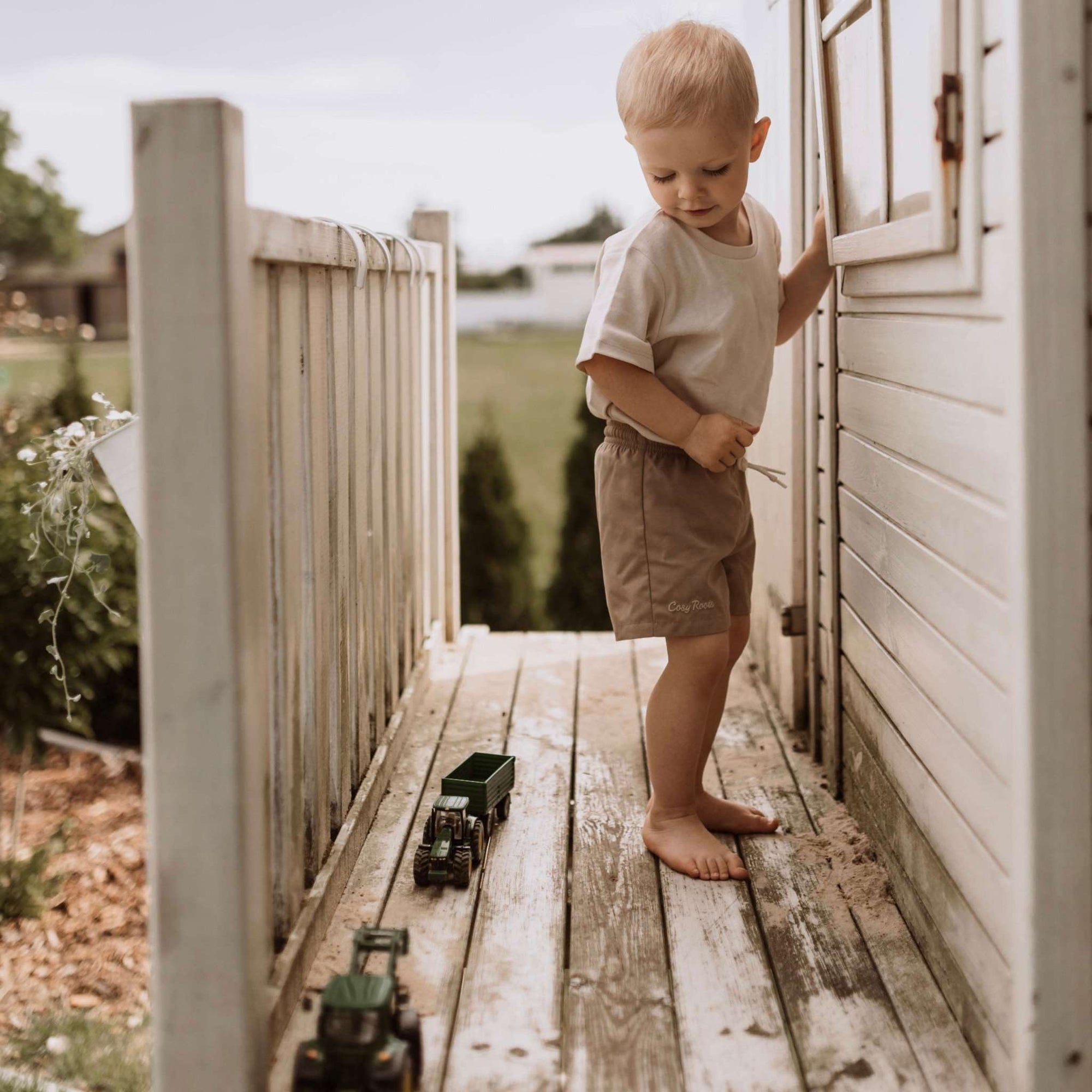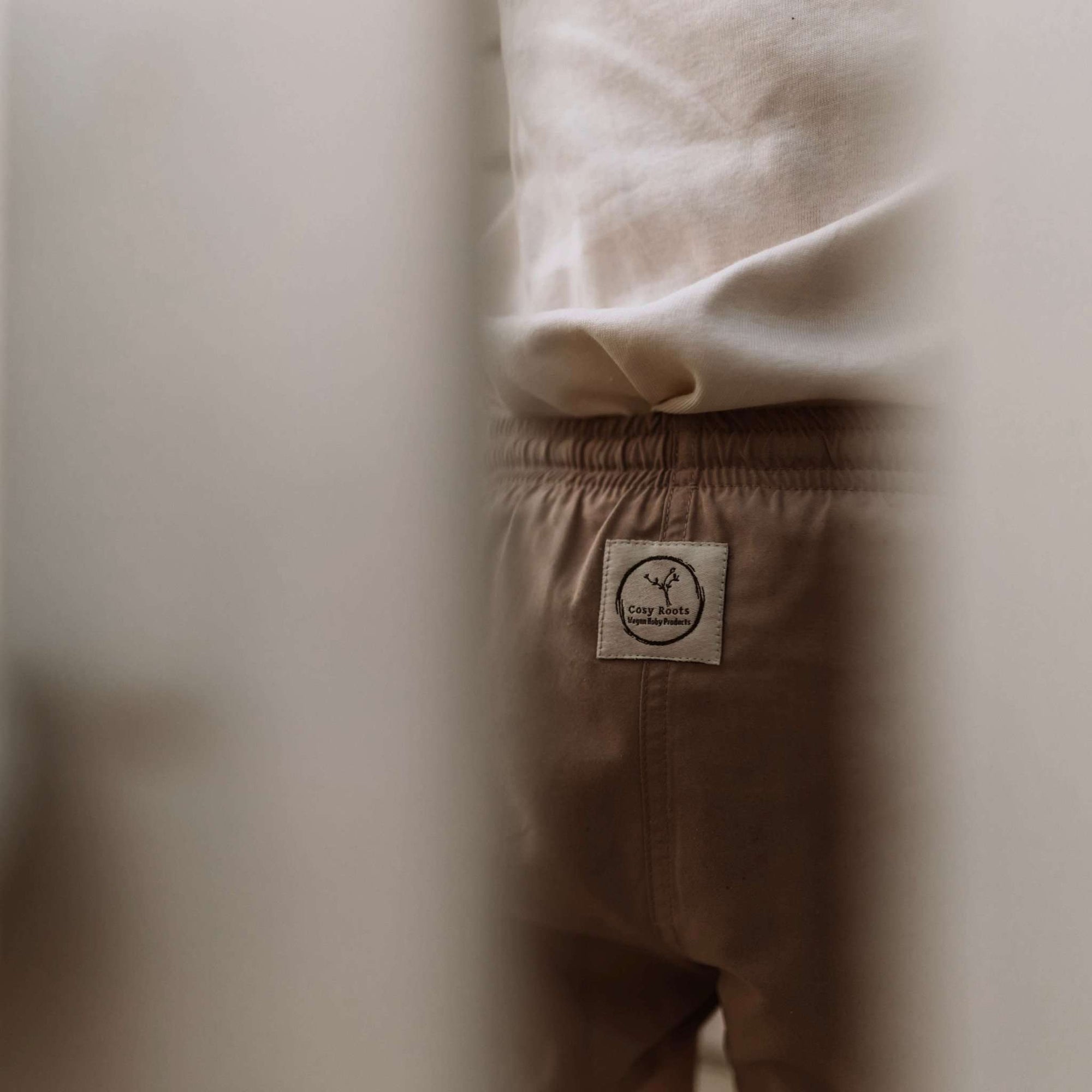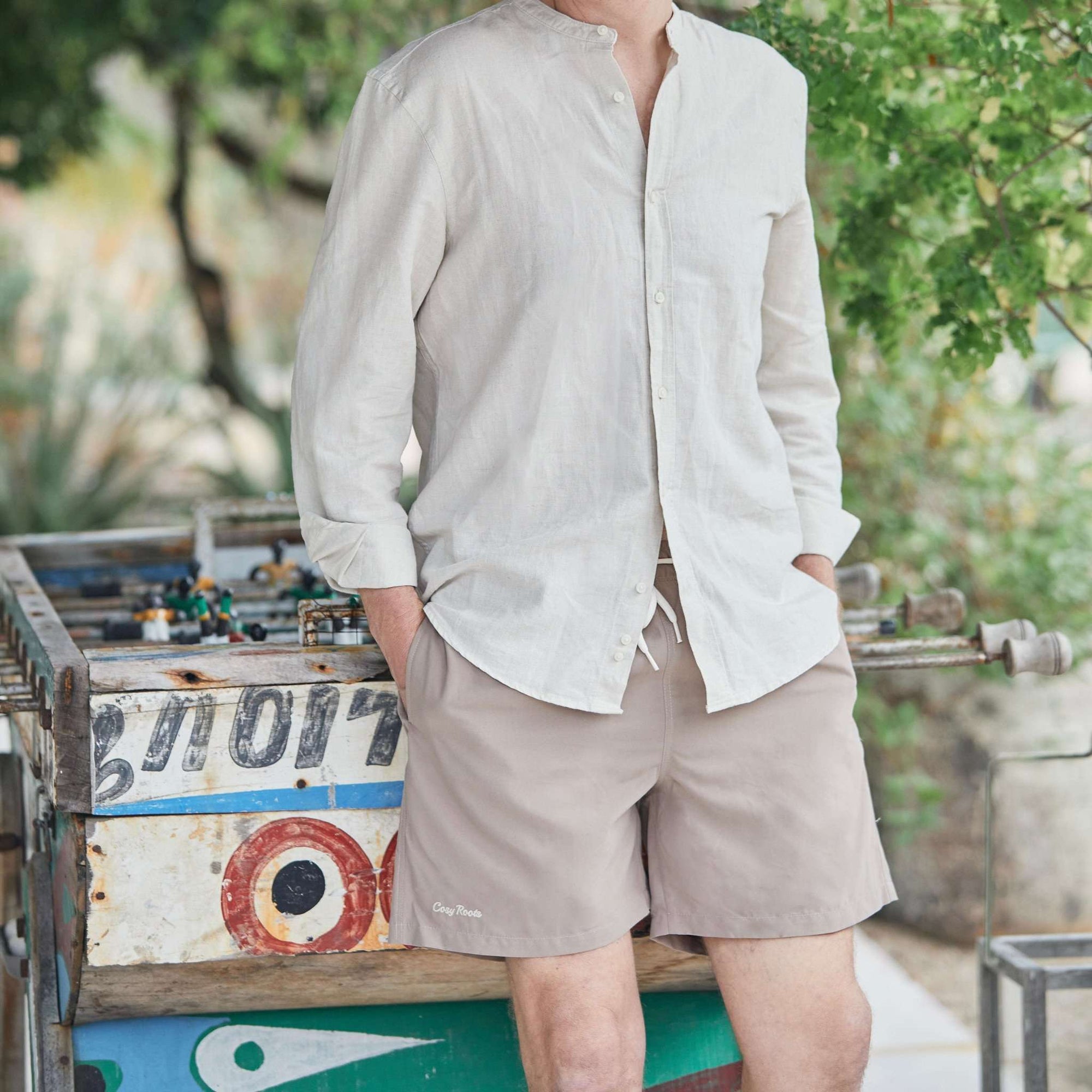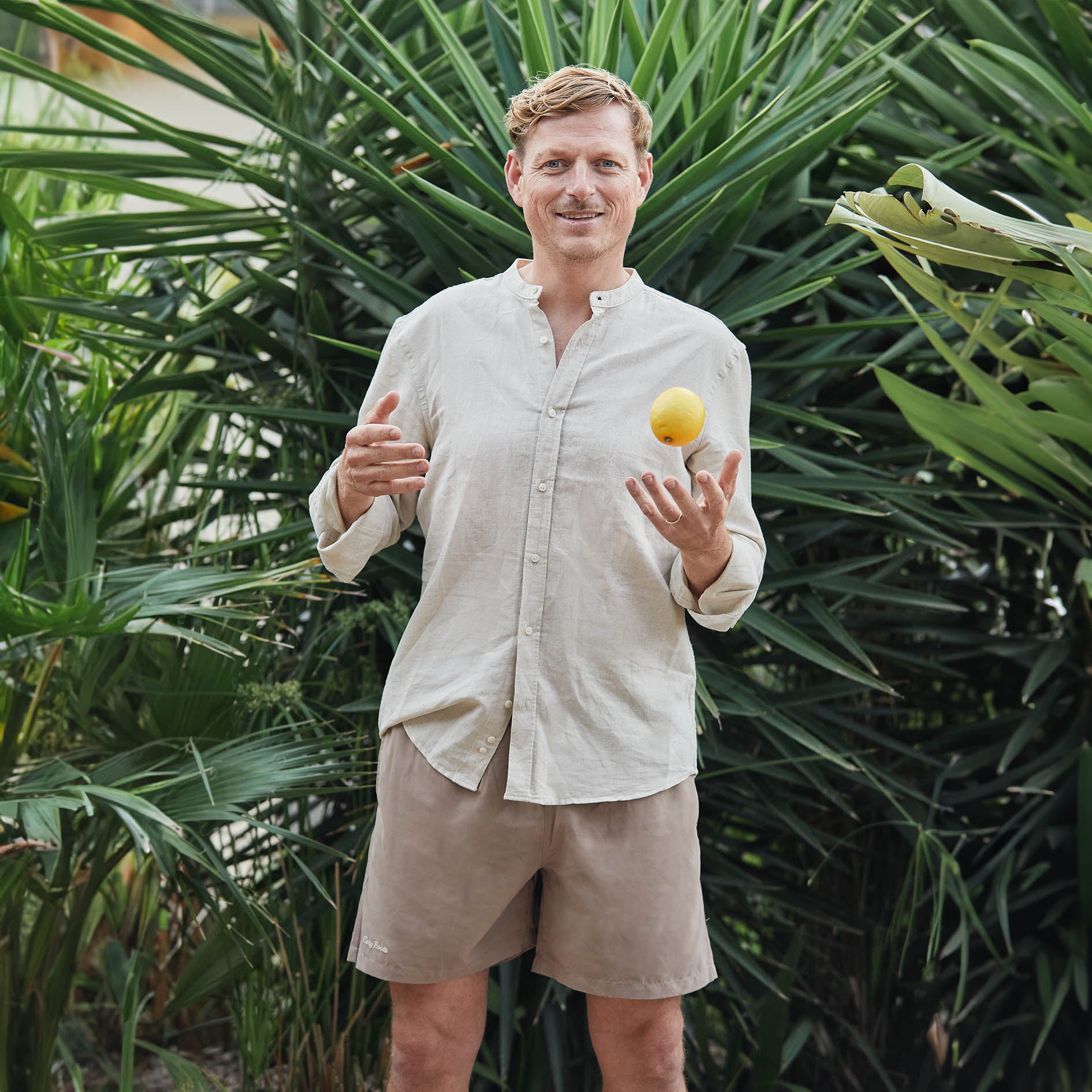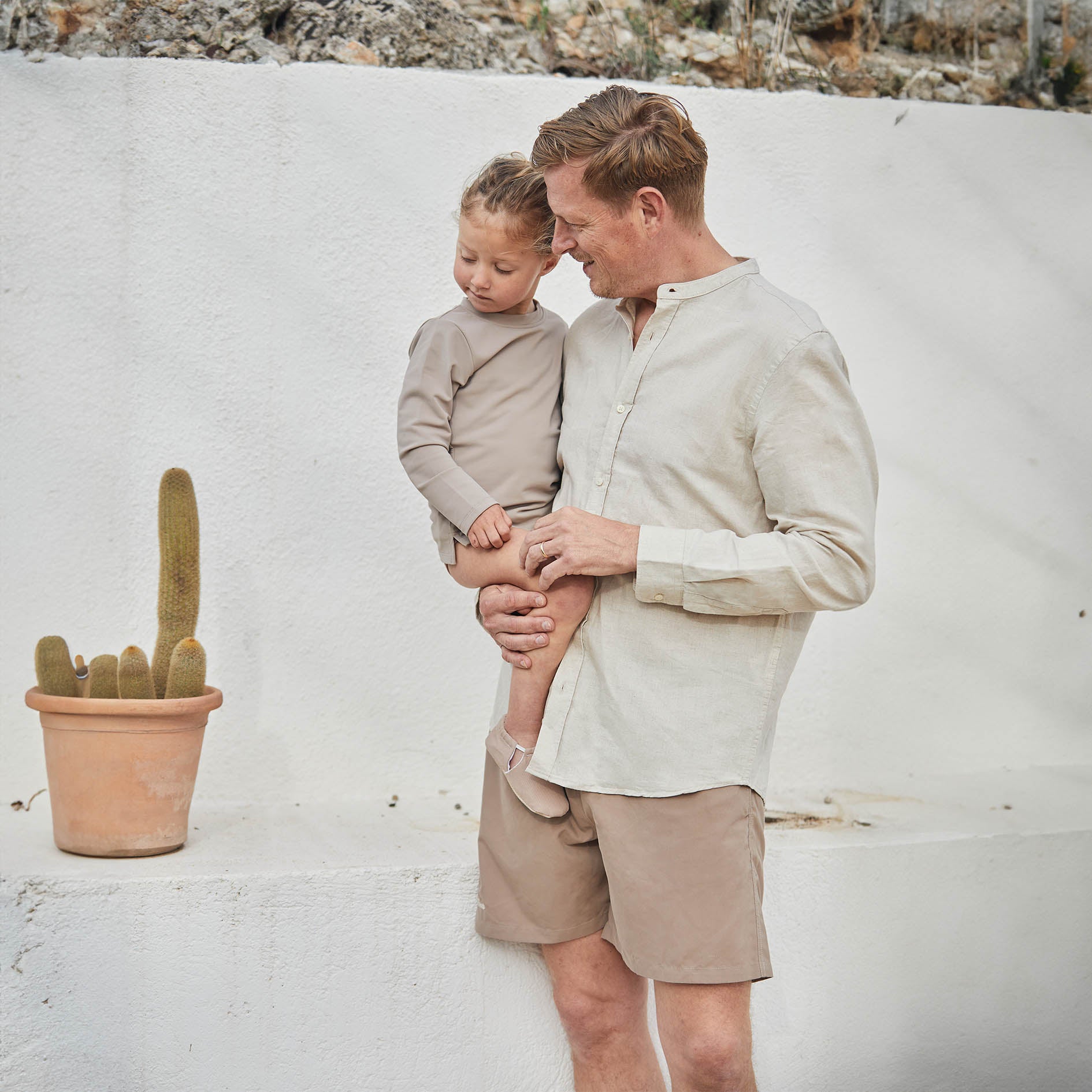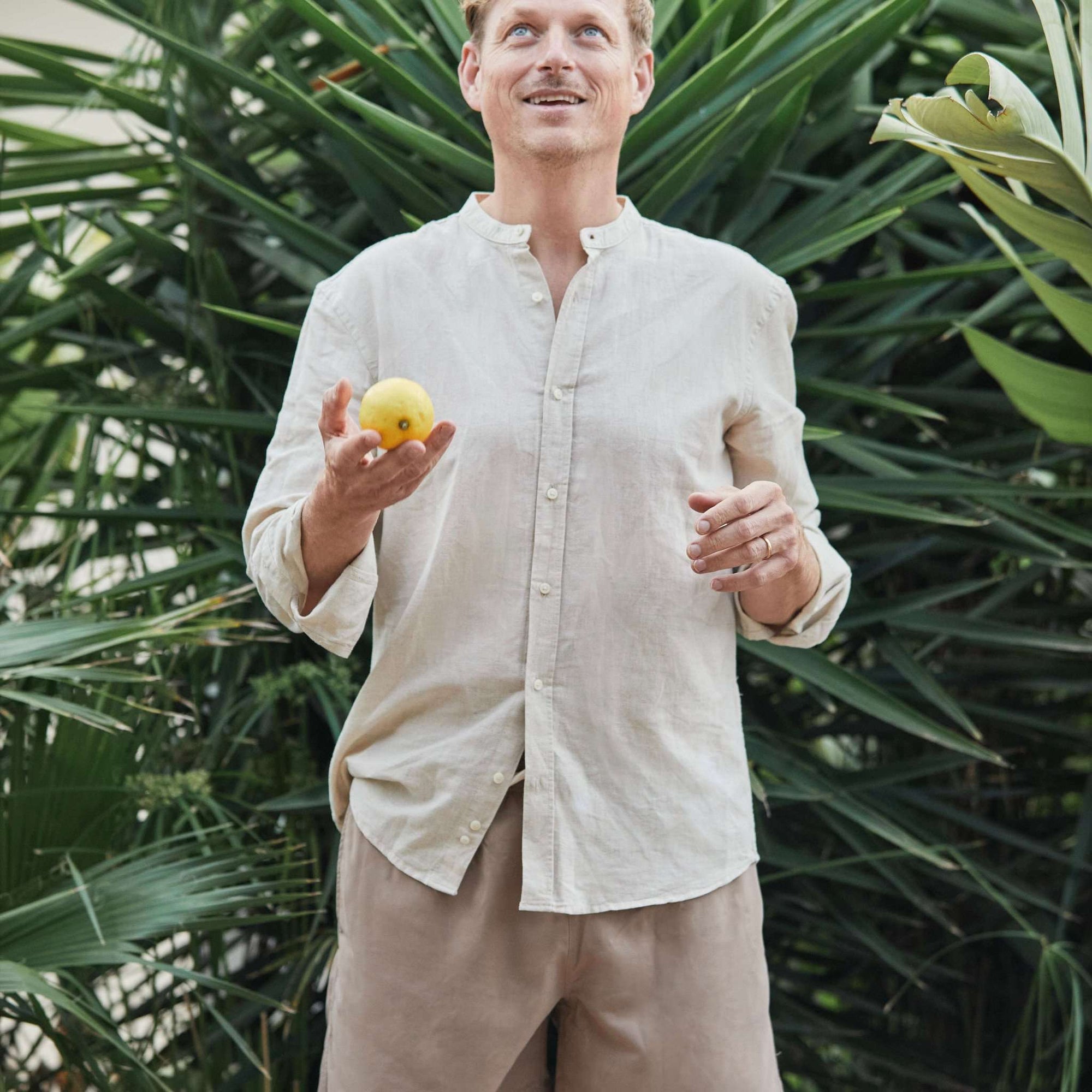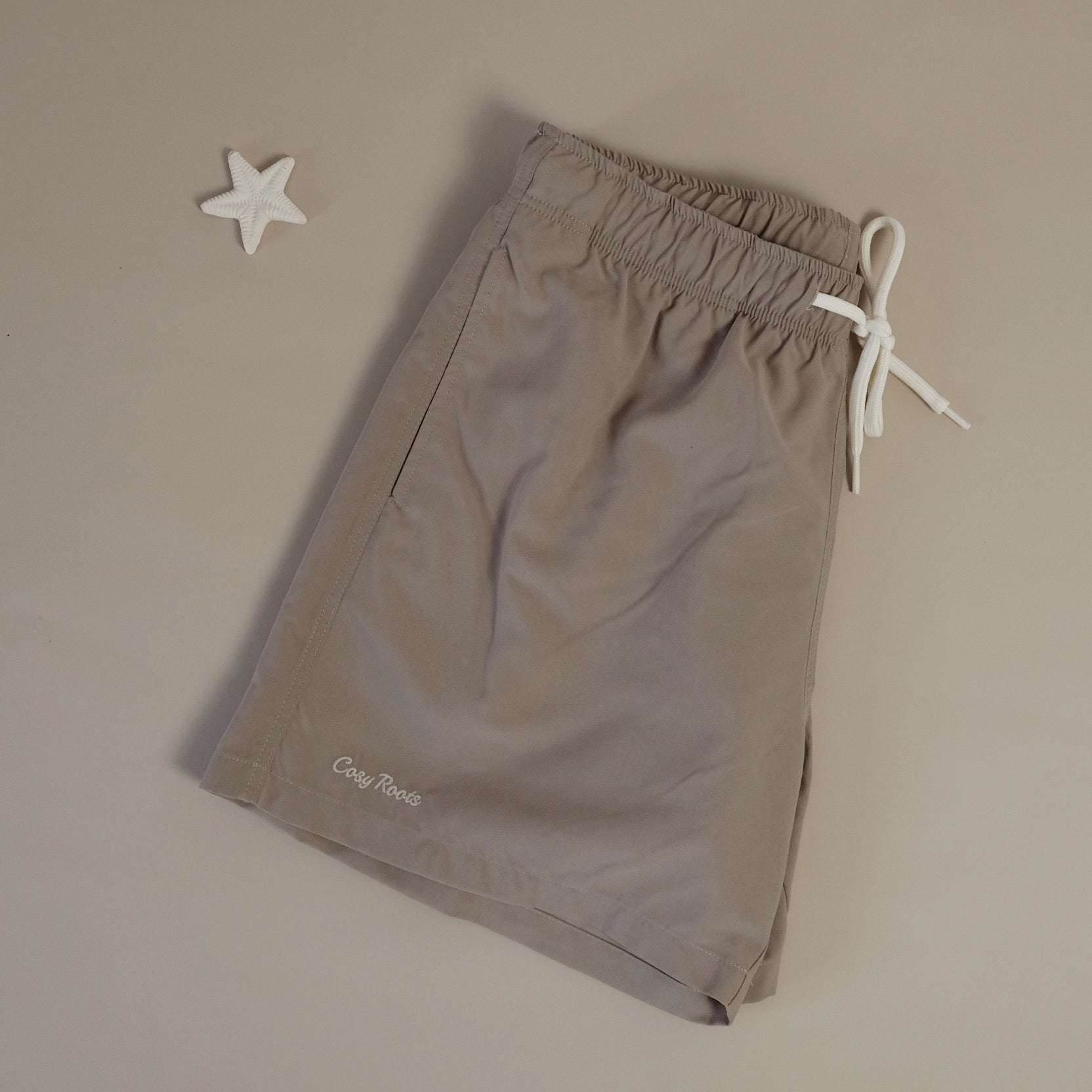A problem that you probably know from your everyday life is limescale and soap residue. Especially on fittings and shower walls, annoying crusts can form if you don't keep cleaning afterwards, and especially as parents, you don't want to spend the little time you have cleaning the bathroom for hours. The all-purpose cleaners that you can buy conventionally in the drugstore dissolve dirt and limescale, but you can easily see from the sharp smell that it is probably better not to be given to children. So that you can say goodbye to limescale deposits and your children can stay close to you with a clear conscience, we have put together recipes and tips for you on how to make bathroom cleaner yourself - sustainable and environmentally friendly.
Make your own bathroom cleaner - very easy and fruity fresh
At the latest as parents, most people start to rethink. The supermarket remedies may be powerful, but just a quick glance at the ingredients list is enough to realize that the ingredients are far from organic and sustainable. On the contrary: many a product not only consists of tons of plastic, it is also extremely bad for the environment and your respiratory tract. Not only that, your kids will want to help clean the bathroom, so the ingredients should be non-caustic and unhealthy at best. For cleaning fun for young and old, we have collected various recipes and tips for you on how you can easily make cleaners yourself. An environmentally friendly and sustainable alternative not only for the bathroom, but for your whole home.
Toilet cleaner - This is how urine stone gets on the collar
You grow up so fast. You have just changed diapers and the little ones are already going to the “big” toilet on their own and are very proud. The fact that something goes wrong from time to time or that people forget to rinse off is something that you can easily overlook, at least until you want to clean the bathroom and an annoying urine stone has formed. Toilet cleaner is needed - but is it even sustainable and effective? We have the best recipe for a toilet cleaner alternative that easily removes all dirt:
You need this:
- 2 tbsp cornstarch
- 2 tbsp citric acid
- 10 ml liquid soap (alternatively dissolve solid soap in water)
- 600ml of water
That's how it's done:
Boil 100ml of water and set aside. Let the cornstarch boil with the remaining water until a viscous mass has formed. Now add the citric acid to the boiled water and stir well. Then comes the soap. Mix the two liquids and your toilet cleaning gel is ready. You can use an old cleaner bottle or use a glass bottle. The cleaner keeps for several weeks without any problems and simply replaces caustic cleaning agents from the supermarket.

Fruity all-purpose cleaner - snack yourself to a clean bath
If you want to make cleaning products yourself, you can't avoid this simple and delicious recipe. Not only for the bathroom, but also for the kitchen - this cleaning agent is a real all-rounder and, despite its fruity scent, does not contain any scented oil. You also save money by making your own cleaning supplies. Citrus fruits like orange and lemon are full of essential oils that also have antiseptic properties. In combination with vinegar, you get a good-smelling cleaning agent that is in no way inferior to bathroom cleaners from the drugstore. Curious? Then try our tips and bring the scent of fresh lemons into your bathroom:
You need this:
- Orange and lemon peels (citrus fruits generally work)
- White household vinegar
- Liquid soap (alternatively dissolve solid soap in water)
- A large jar with a tight-fitting lid
That's how it's done:
Mash the zests of lemons and oranges and layer them tightly in a large mason jar. Now fill up the glass with undiluted table vinegar. If you only have vinegar essence, you can dilute it in a ratio of 1:4. Make sure the shells are completely covered. Your cleaning agent now has to sit for two to three weeks. Shake the jar occasionally and make sure the orange and lemon peels are completely covered with vinegar at all times to avoid mold growth. You can tell that the vinegar cleaner is ready by the strong, dark color and the beguiling lemon scent that it exudes. Fill the finished cleaning agent into a bottle, preferably with a spray function, and add one or two drops of liquid soap or organic washing-up liquid. This releases the surface tension and makes it easier to use. With this bathroom cleaner, limescale, dirt and soap residue can be easily removed from fittings and sinks and cleaned away.
| This cleaner is not suitable for materials made of natural stone, as lime and other minerals can be dissolved and washed out, destroying the structure of the floor. |
Household cleaning products - for our environment
More than just trends: use home remedies more often and not only protect your wallet but also our environment with just a few ingredients and materials. You might think that bathroom cleaners themselves don't make much of a difference when it comes to issues like climate change and environmental protection. But if everyone made even a small contribution and produced their own cleaner, our planet would be spared a lot. Baking soda, vinegar, citric acid and co.: simple household ingredients can be made from simple ingredients in the kitchen that put conventional cleaners in the shade. Limescale and dirt don't stand a chance against our cleaners and the contents are anything but harmful, so your children can safely help out with cleaning.
Making cleaning supplies yourself is very easy. Involve your children in the production process and collect ideas together on how you can optimize the recipes and which home remedies work best against limescale and dirt on sinks and fittings. So you can combine cleaning with the school of life and your children can learn a lot from the result of your work together.

